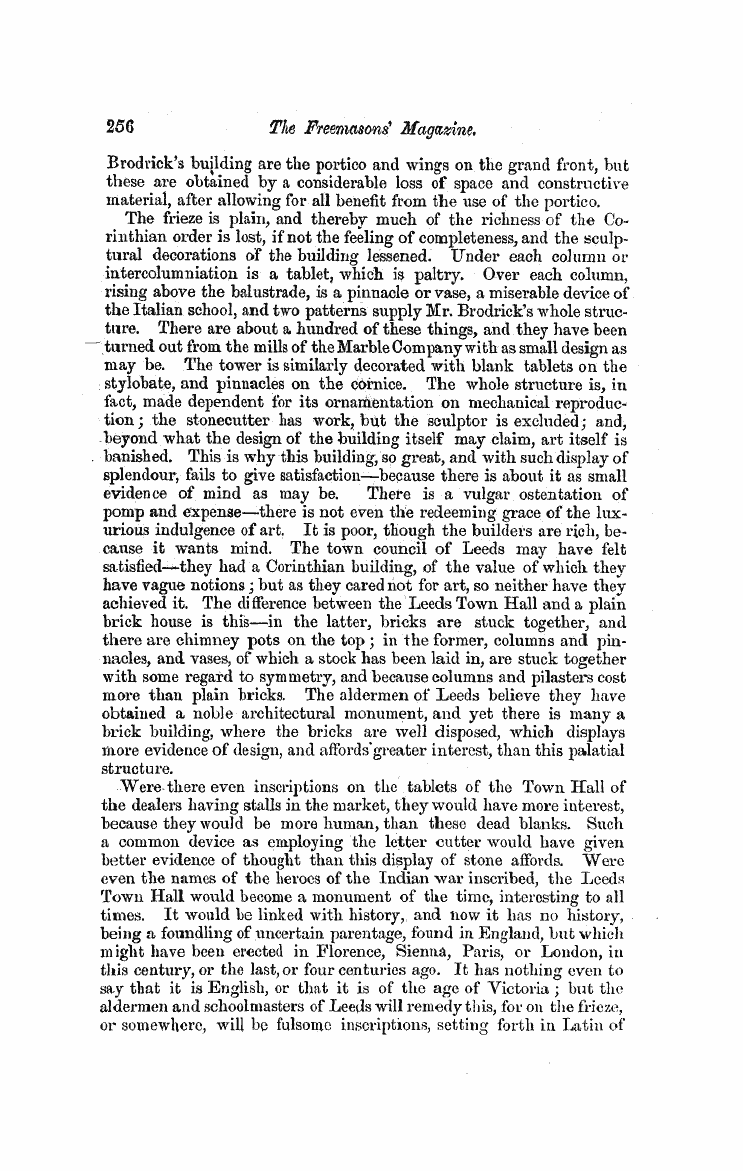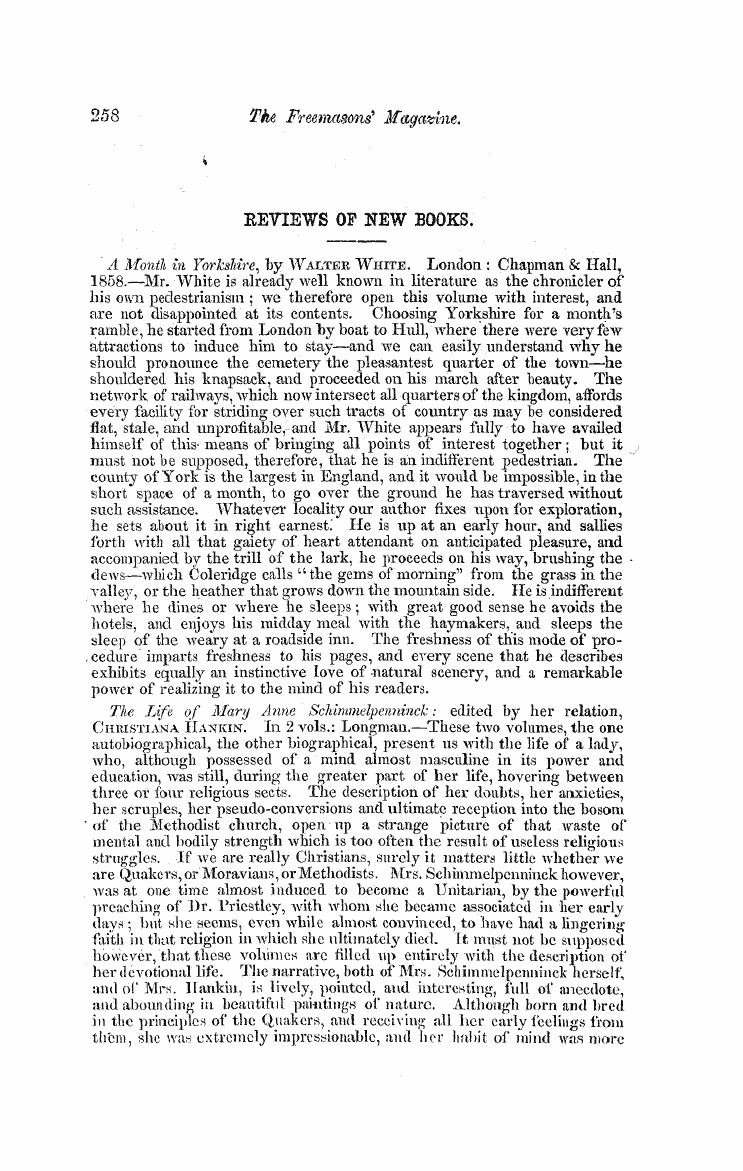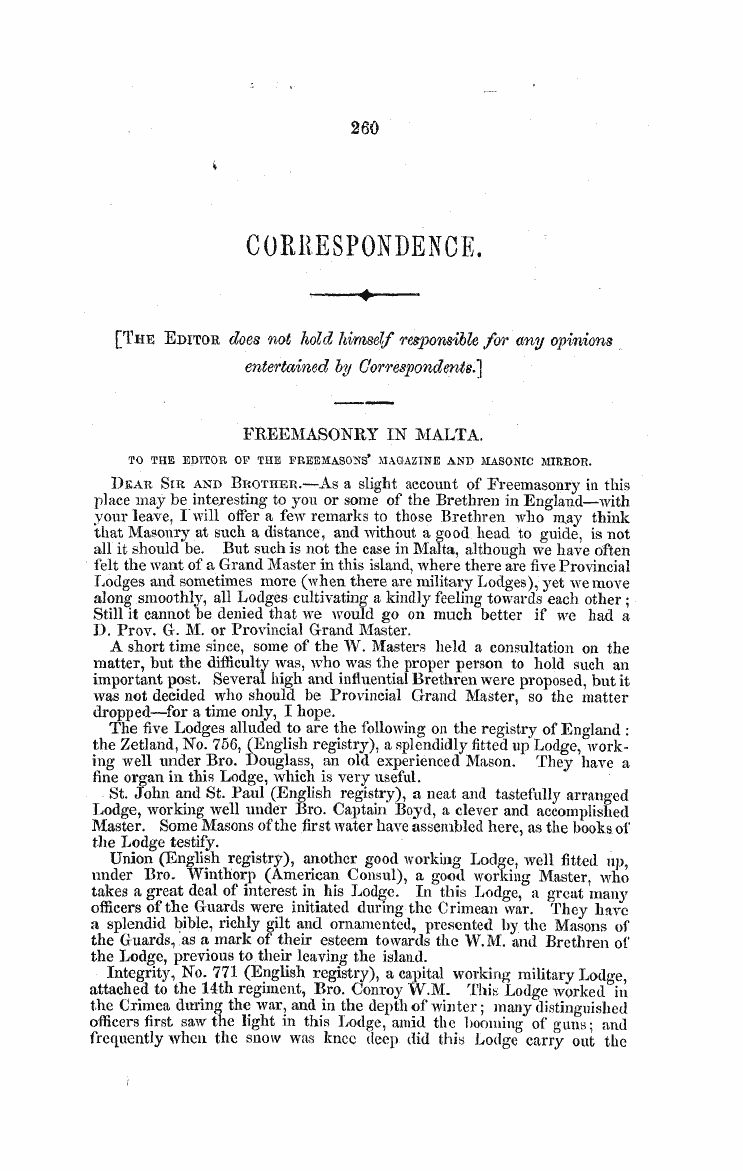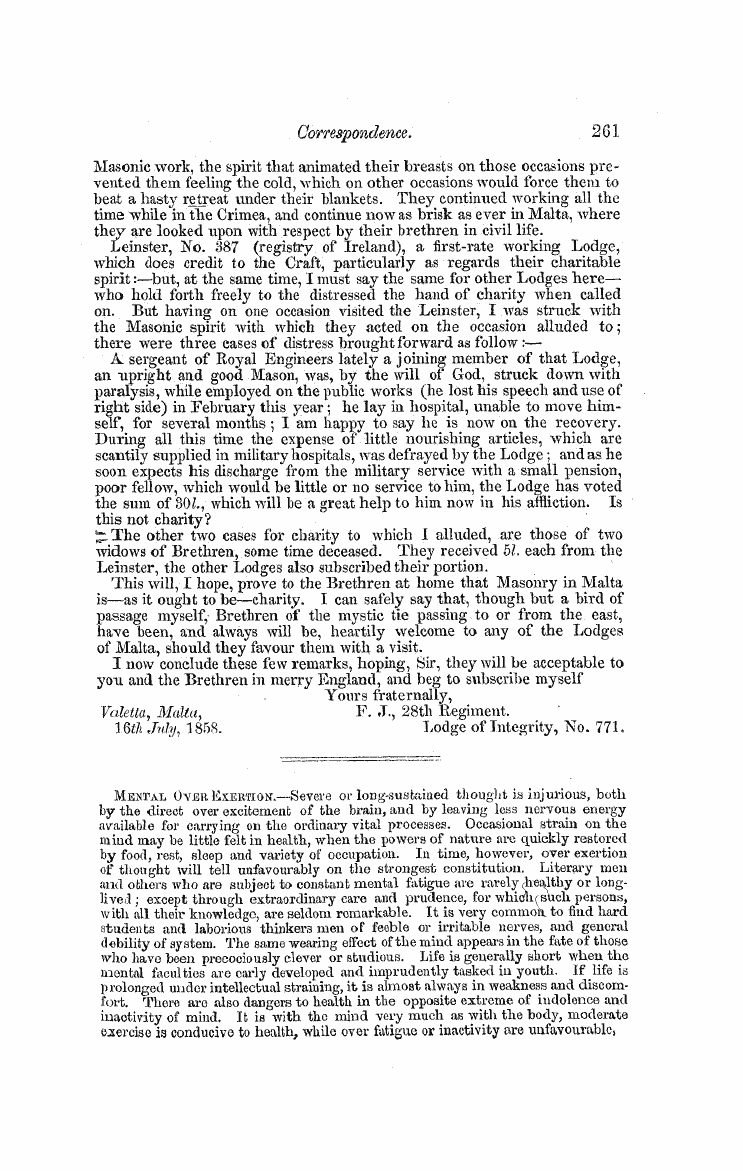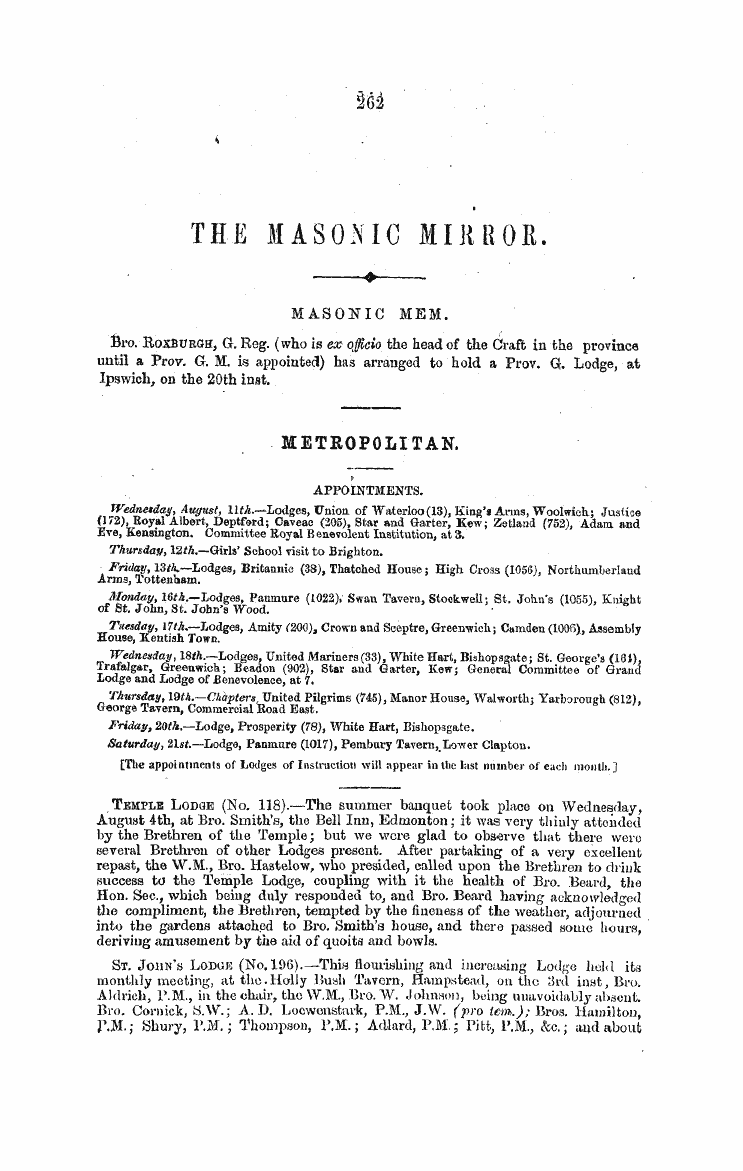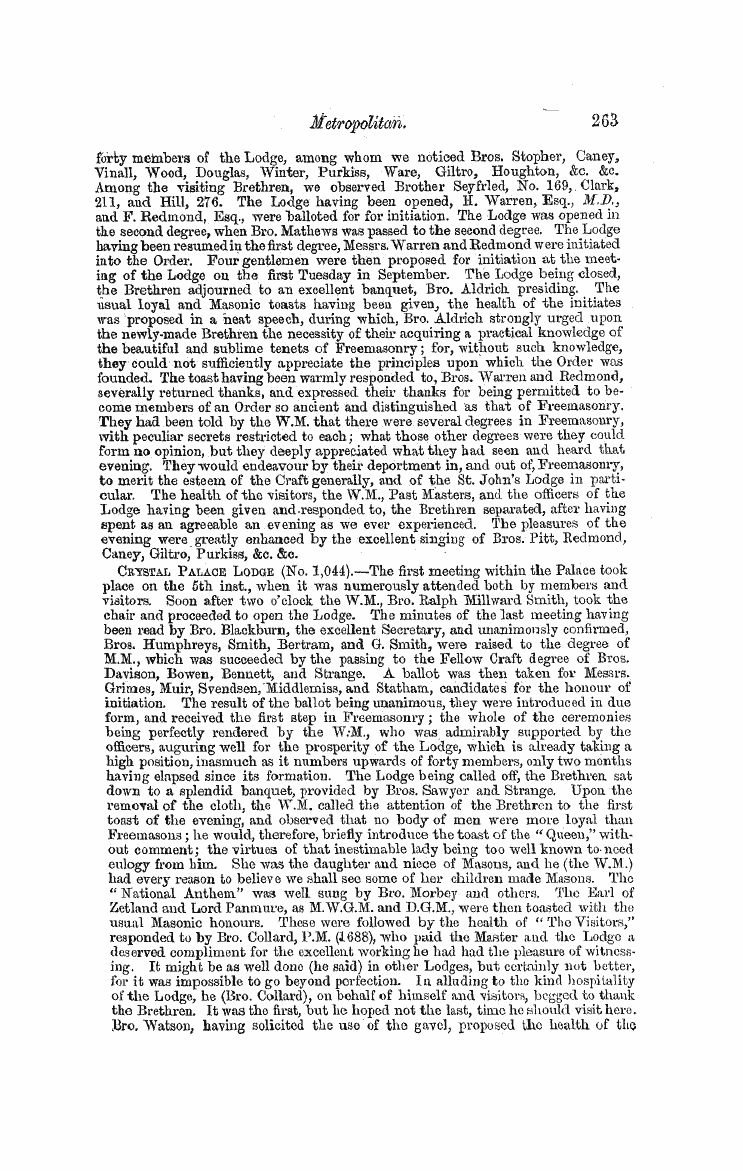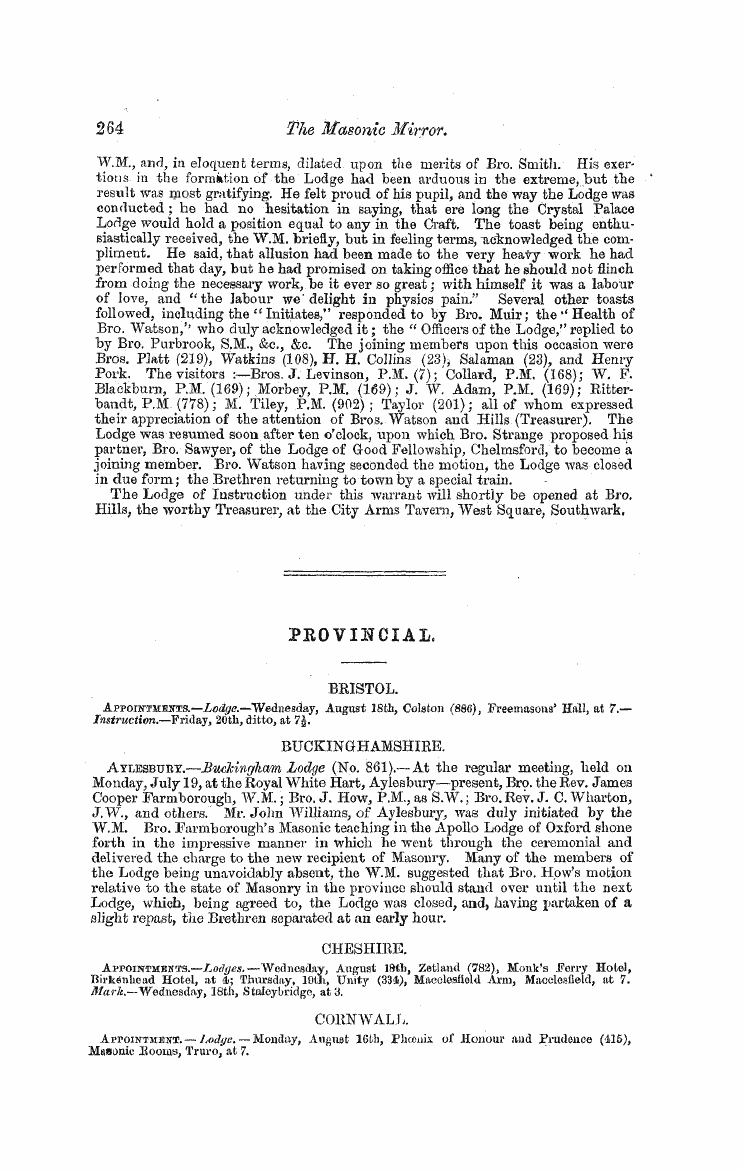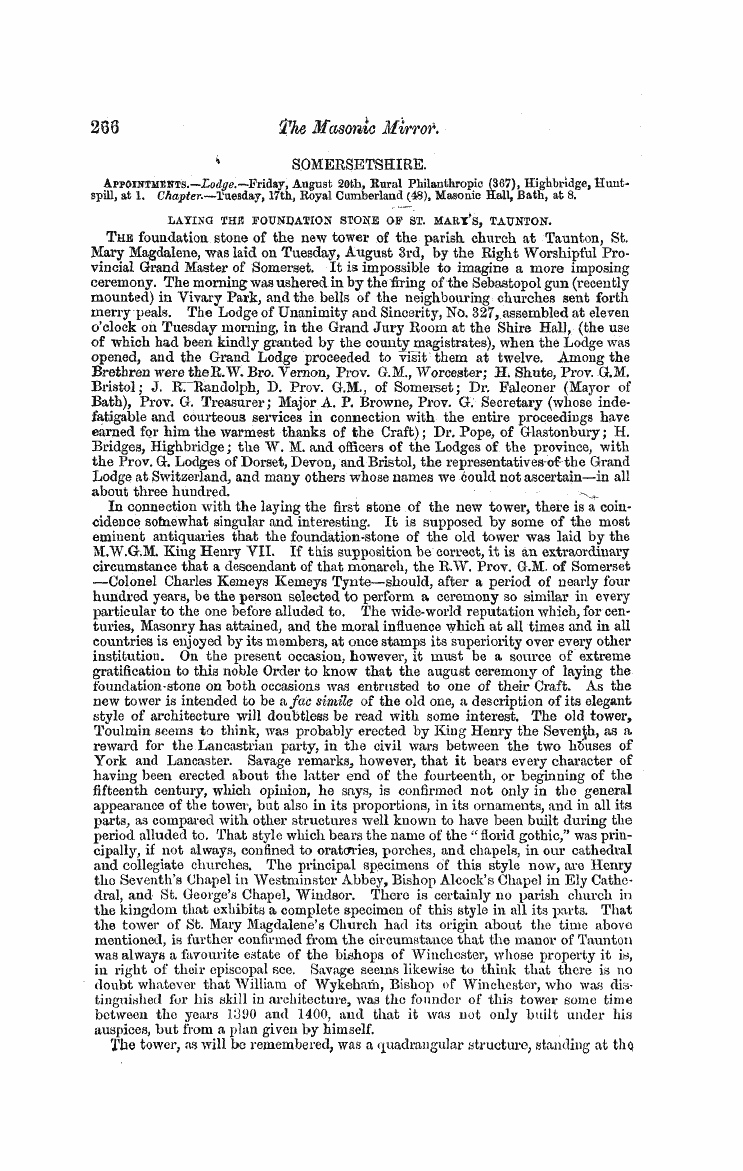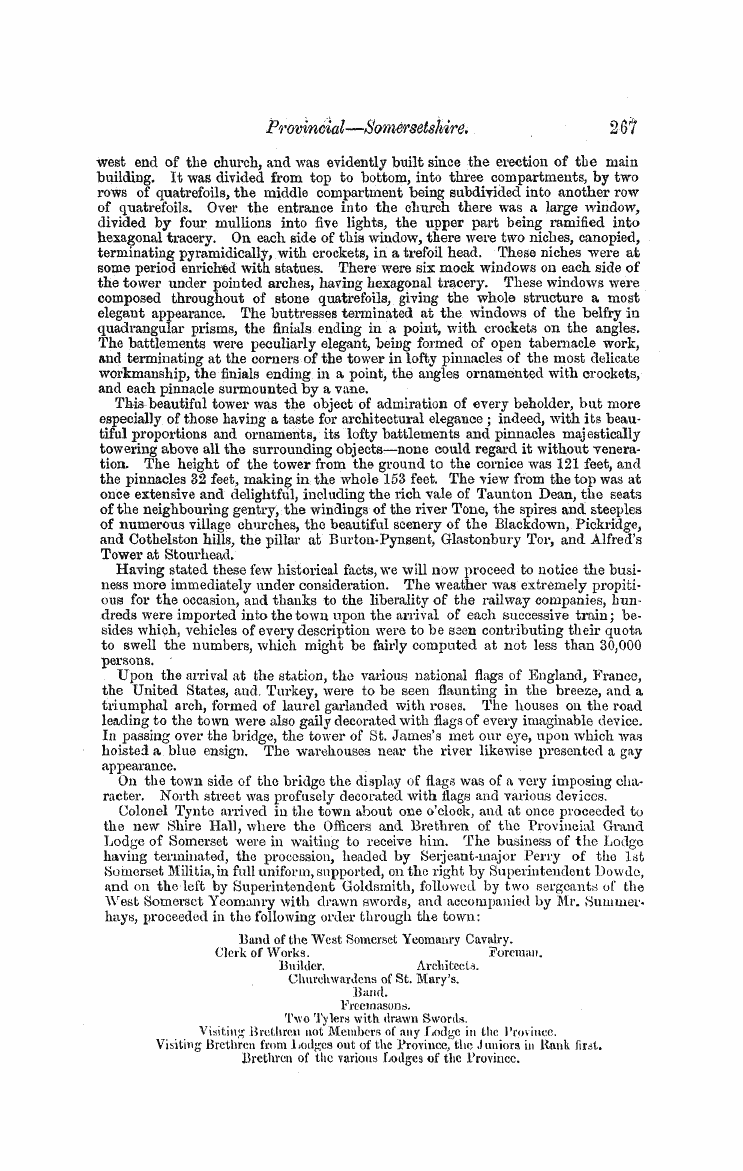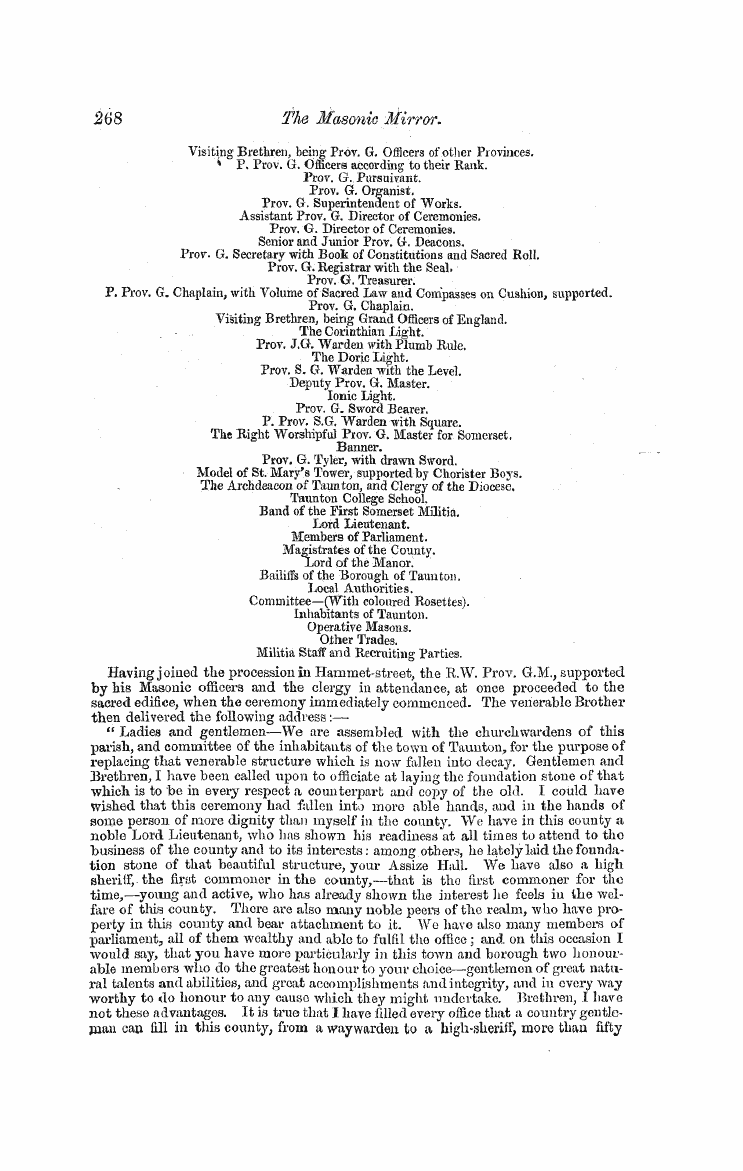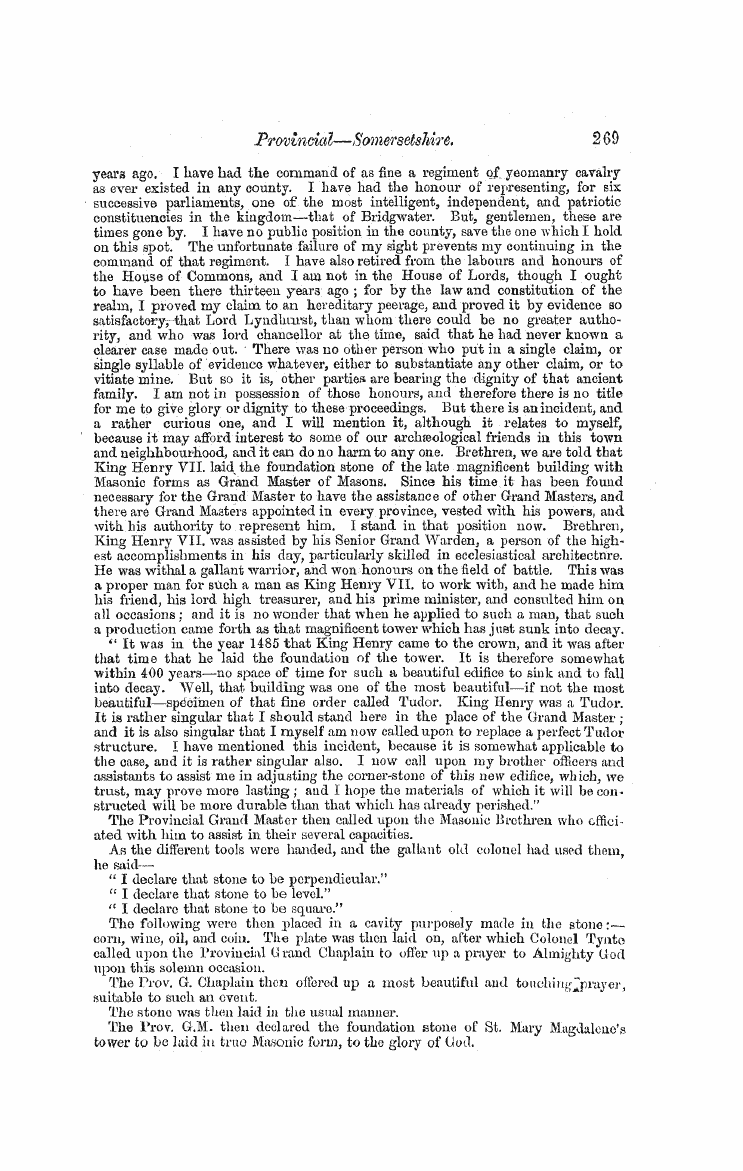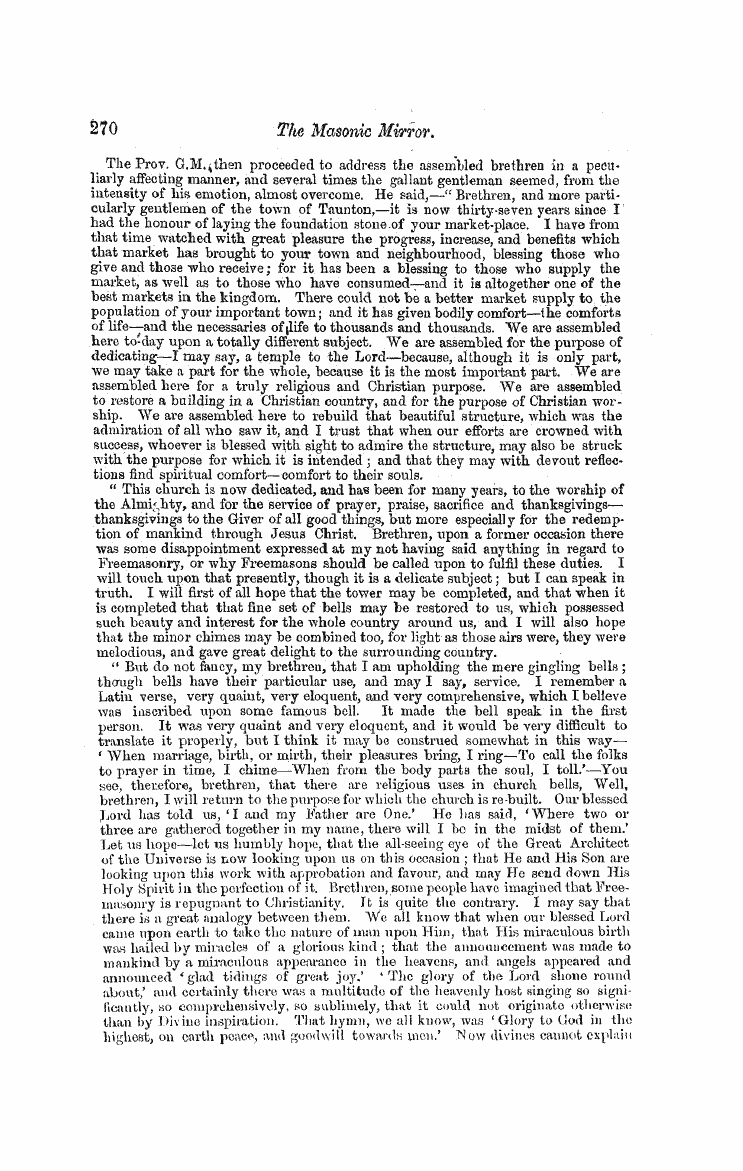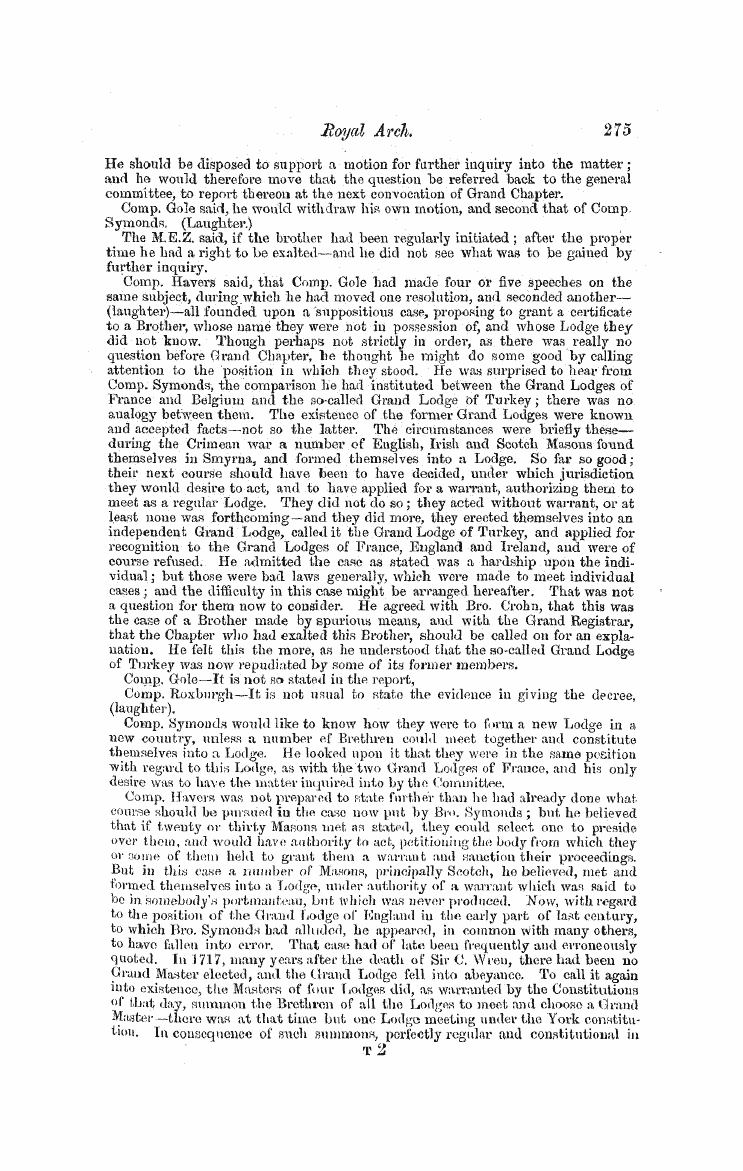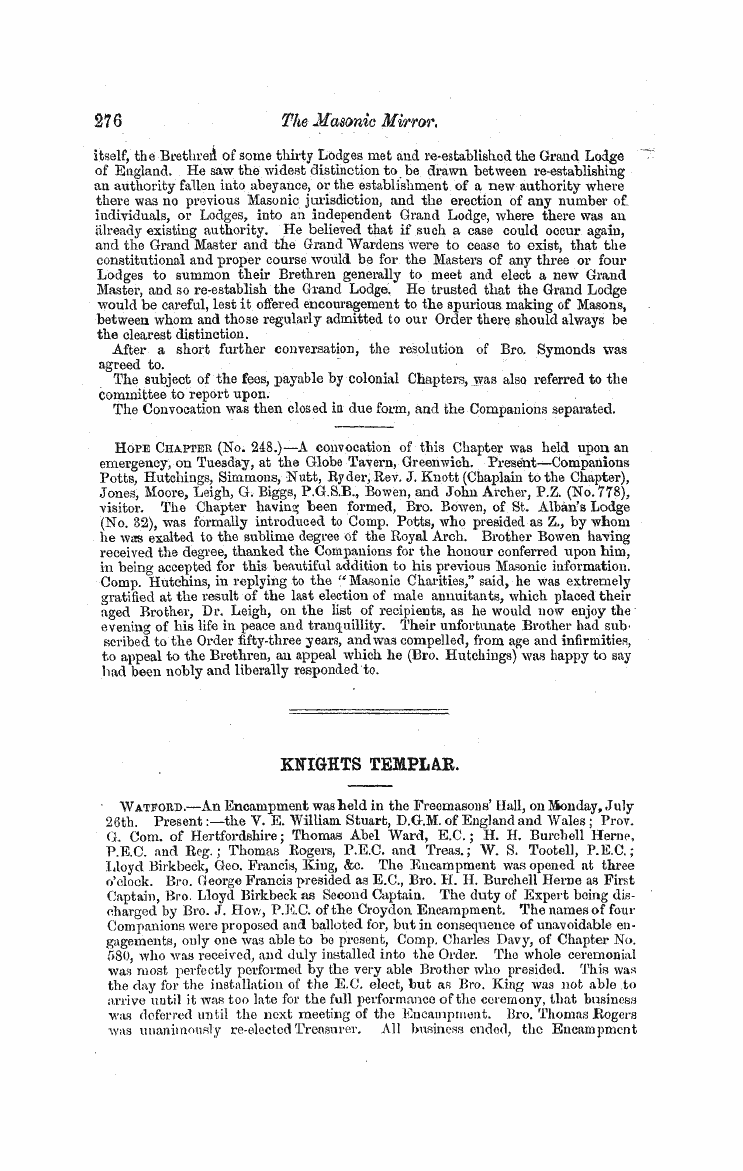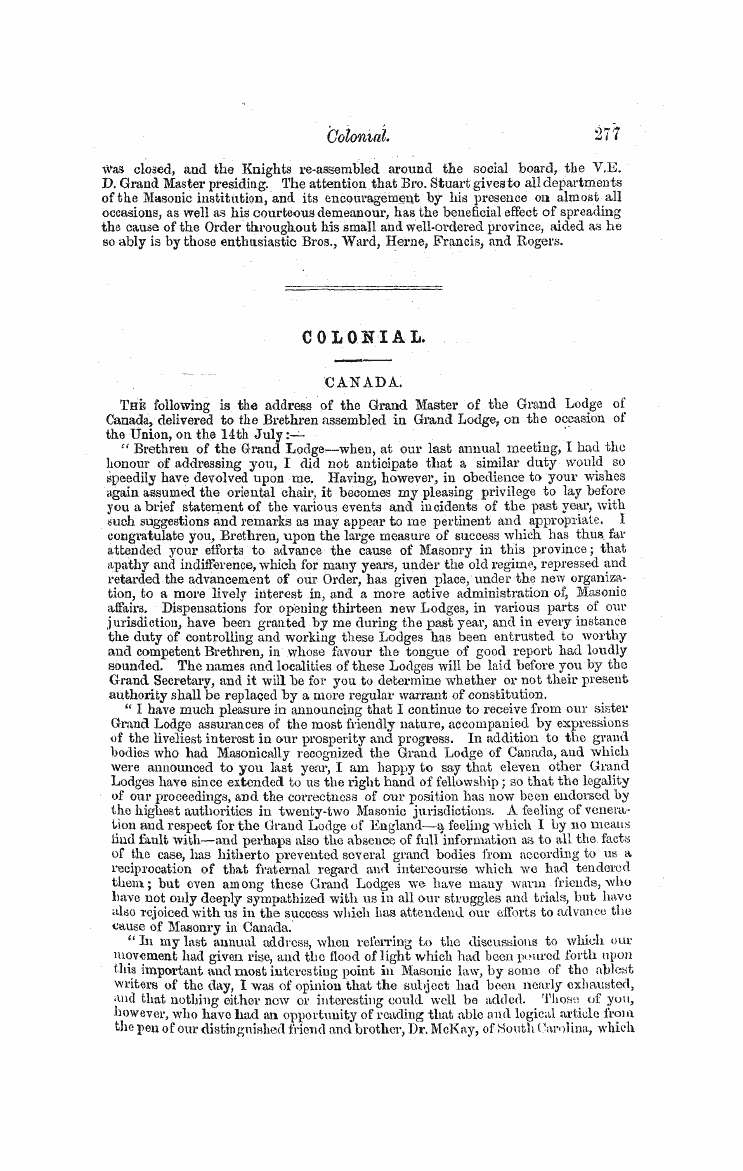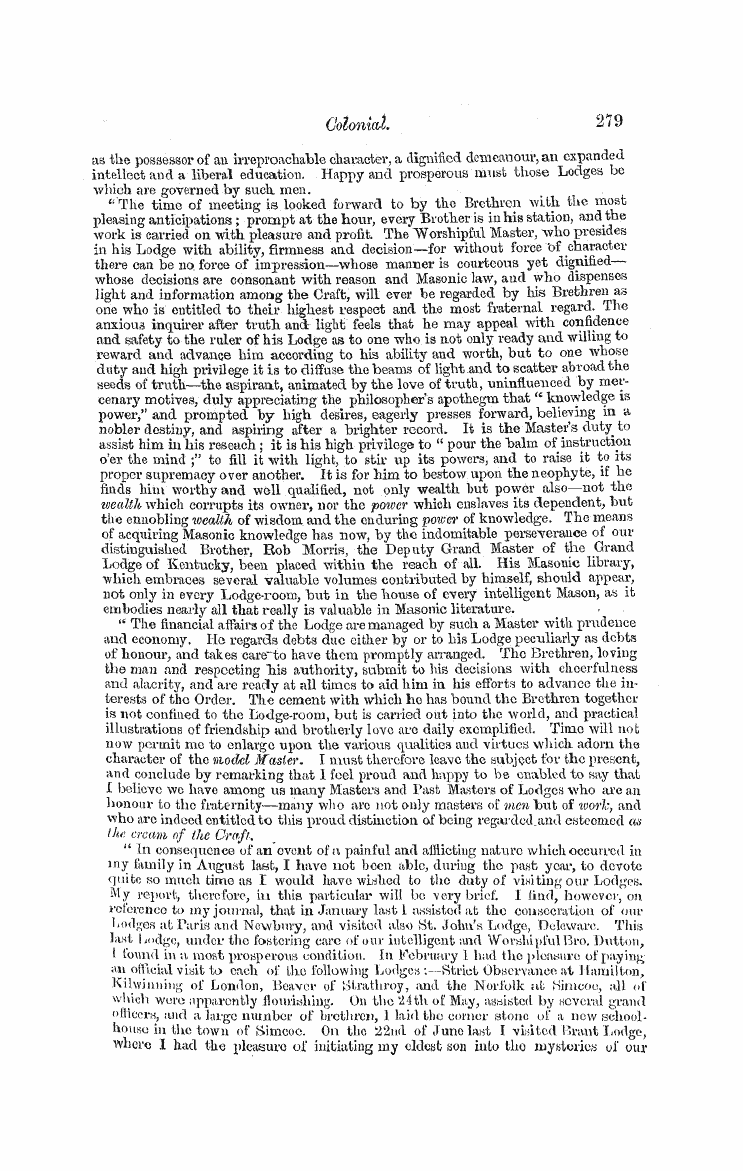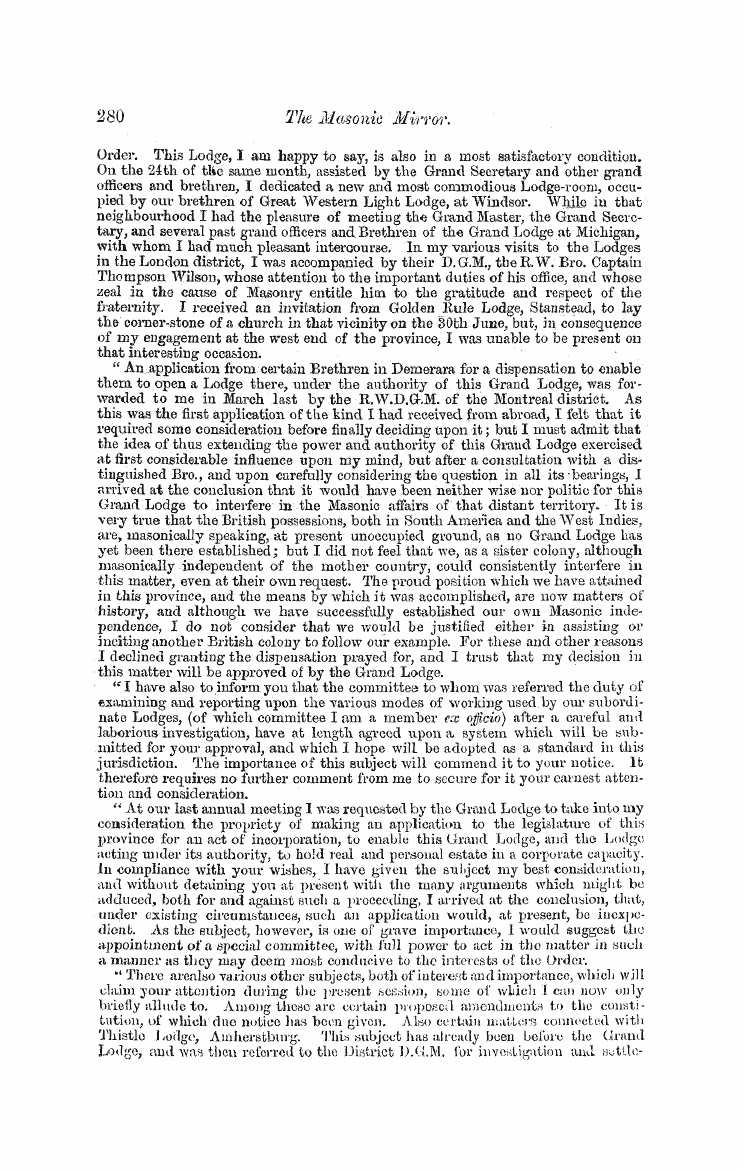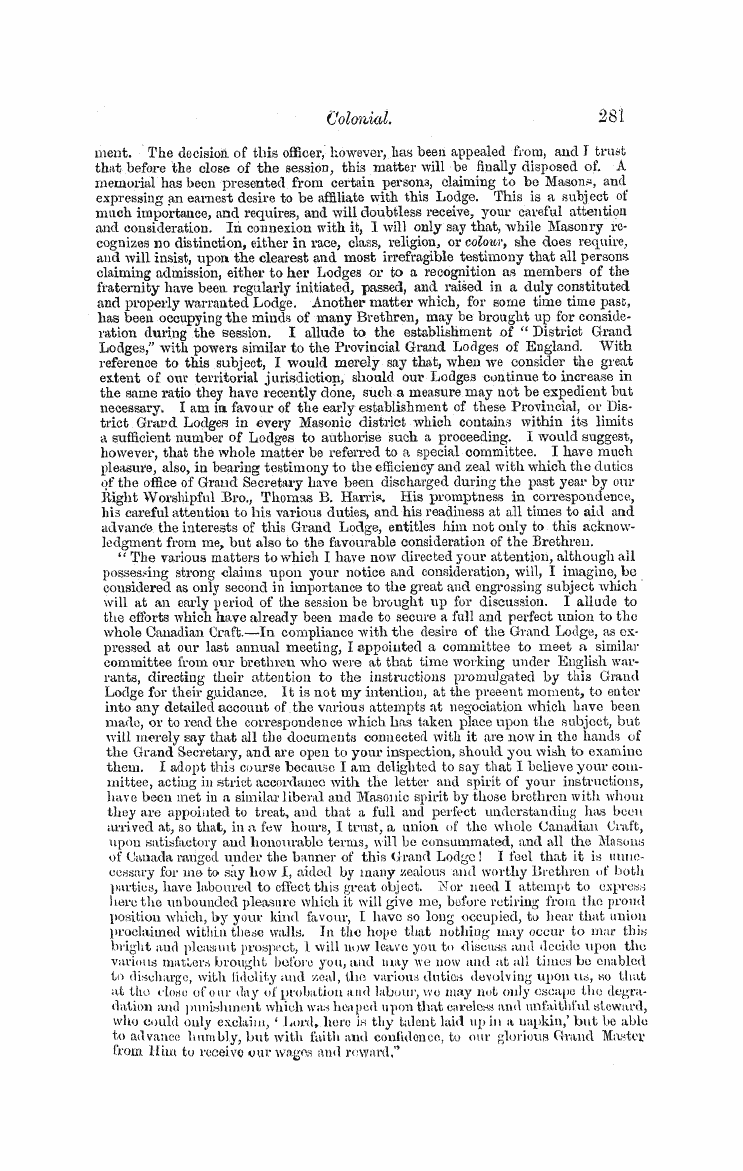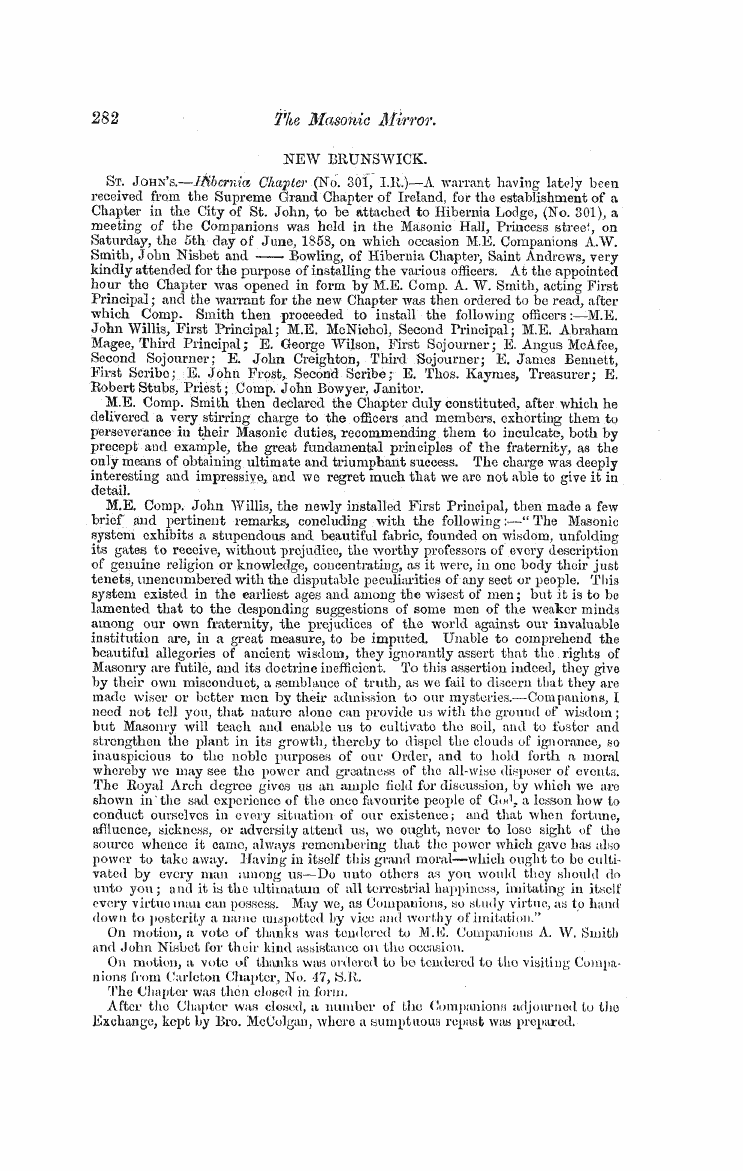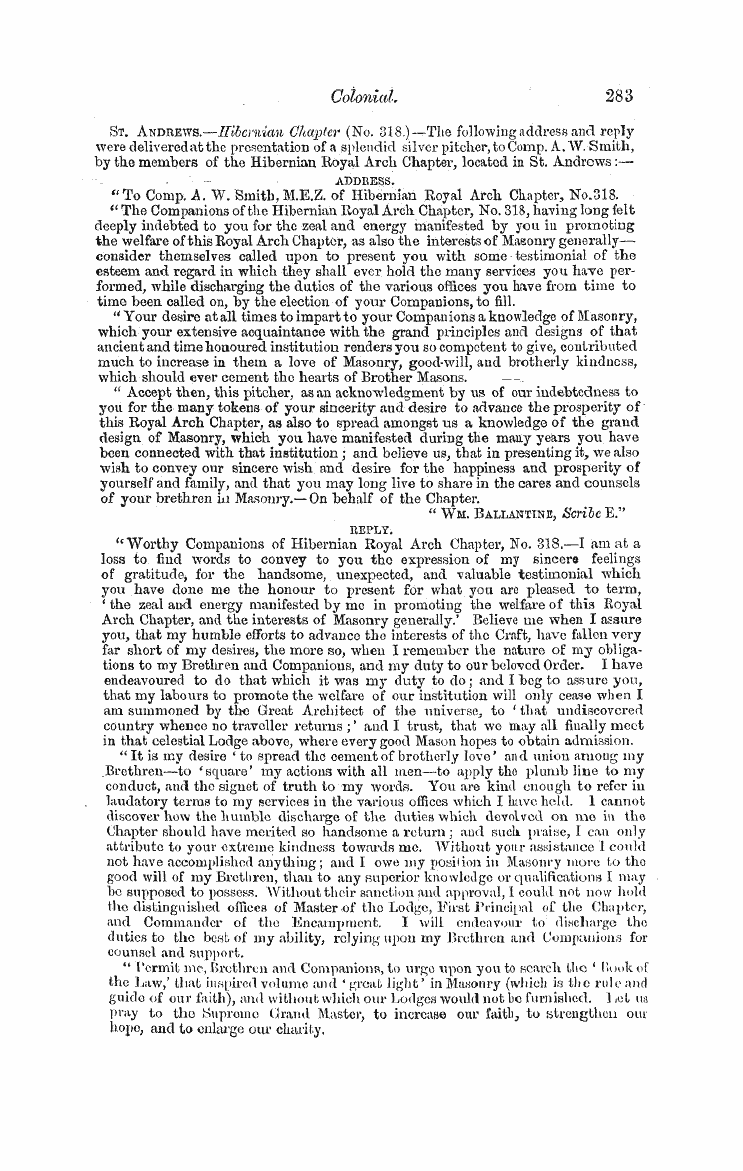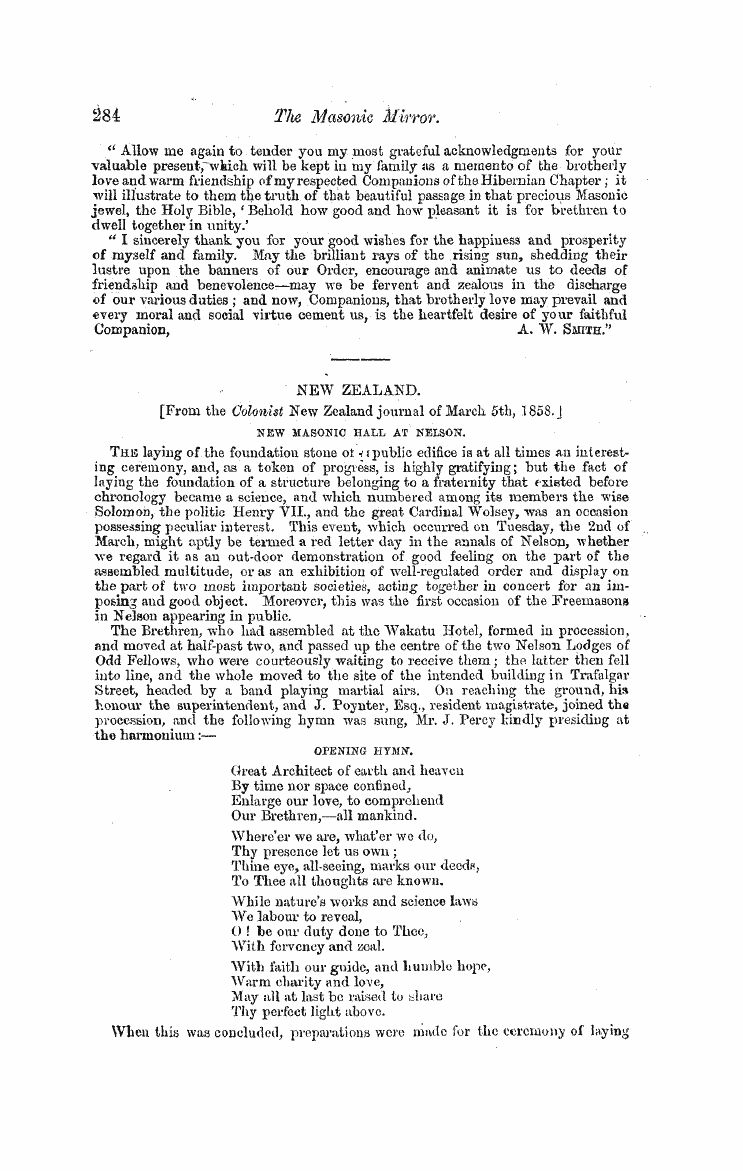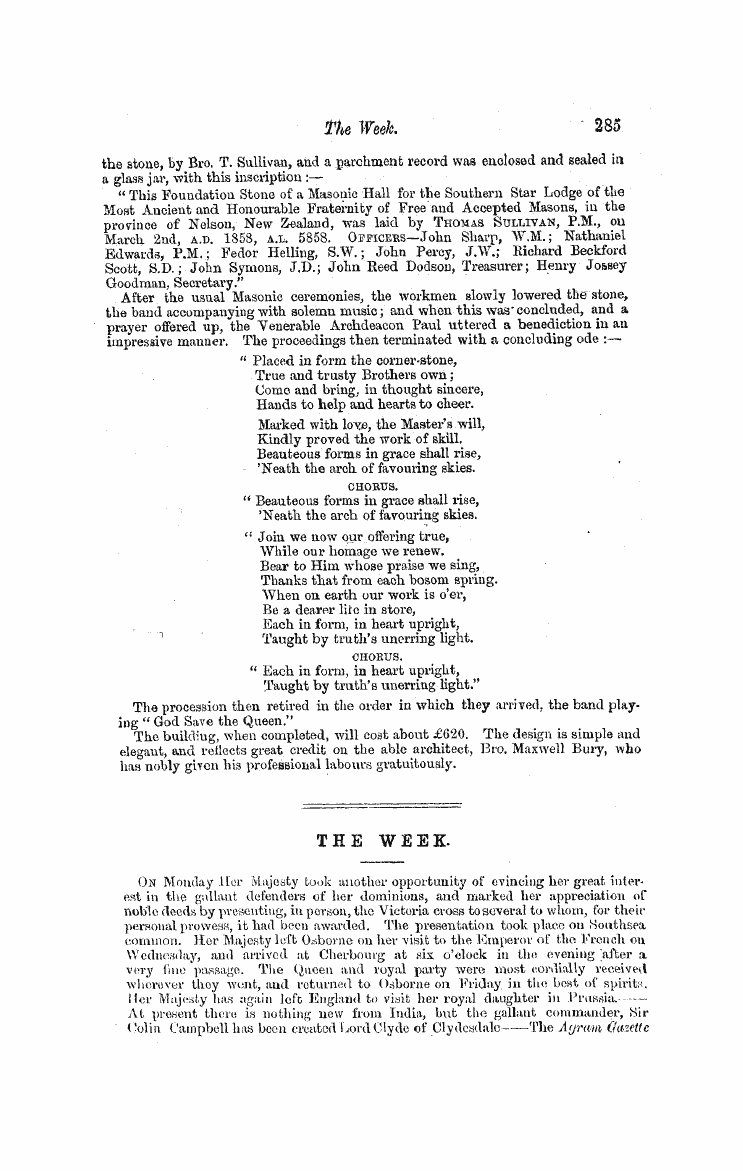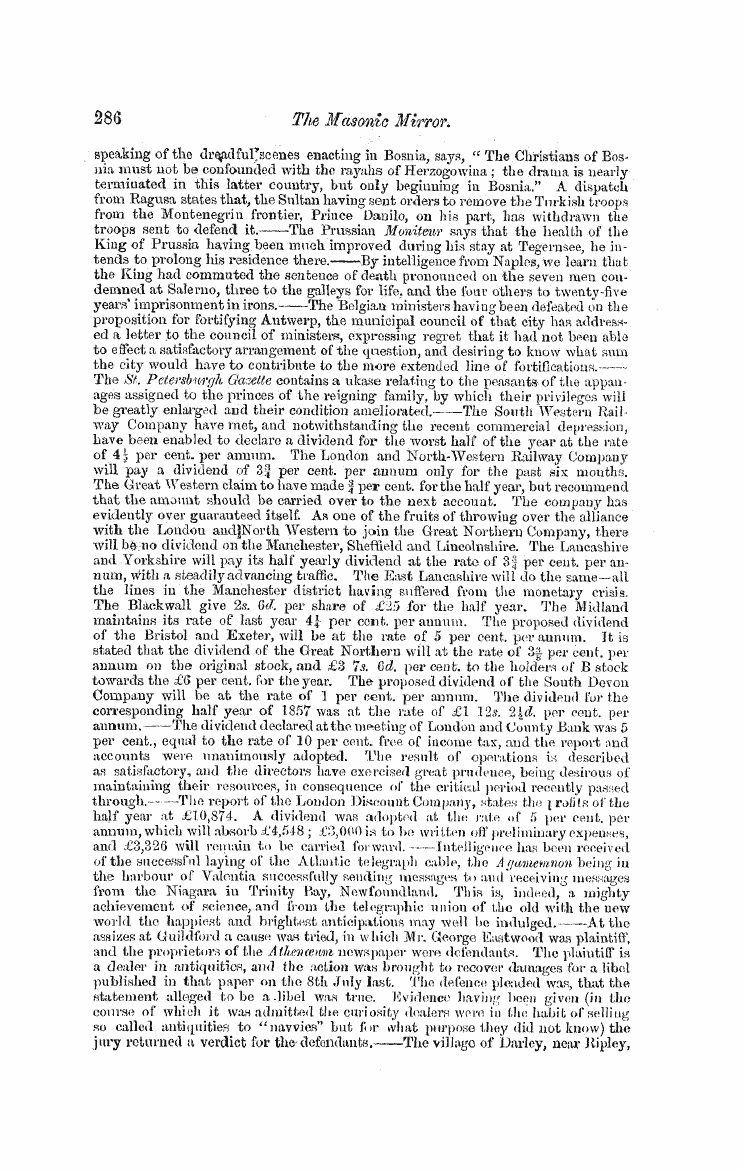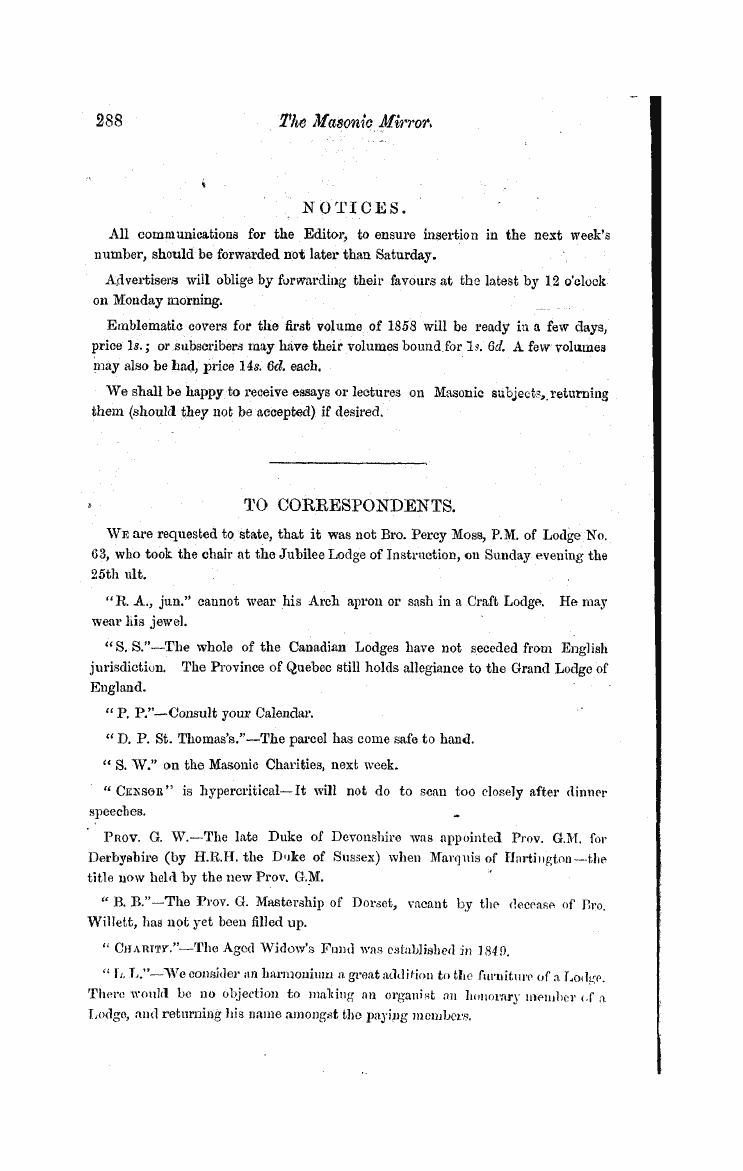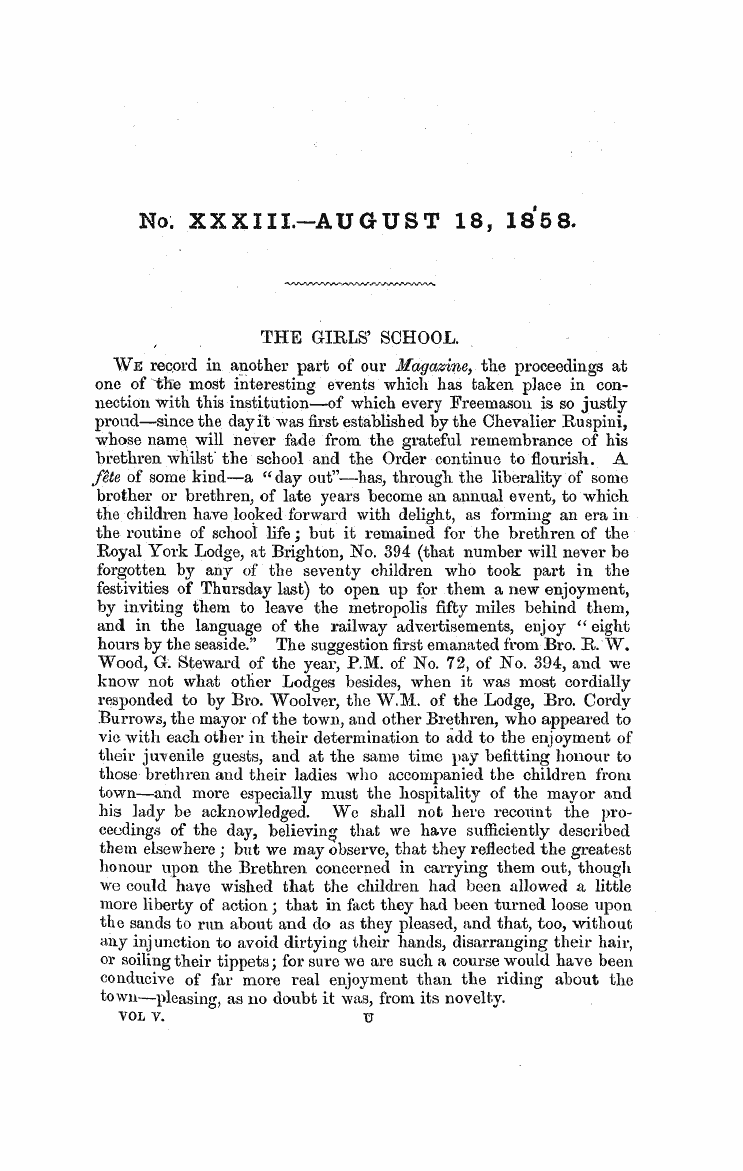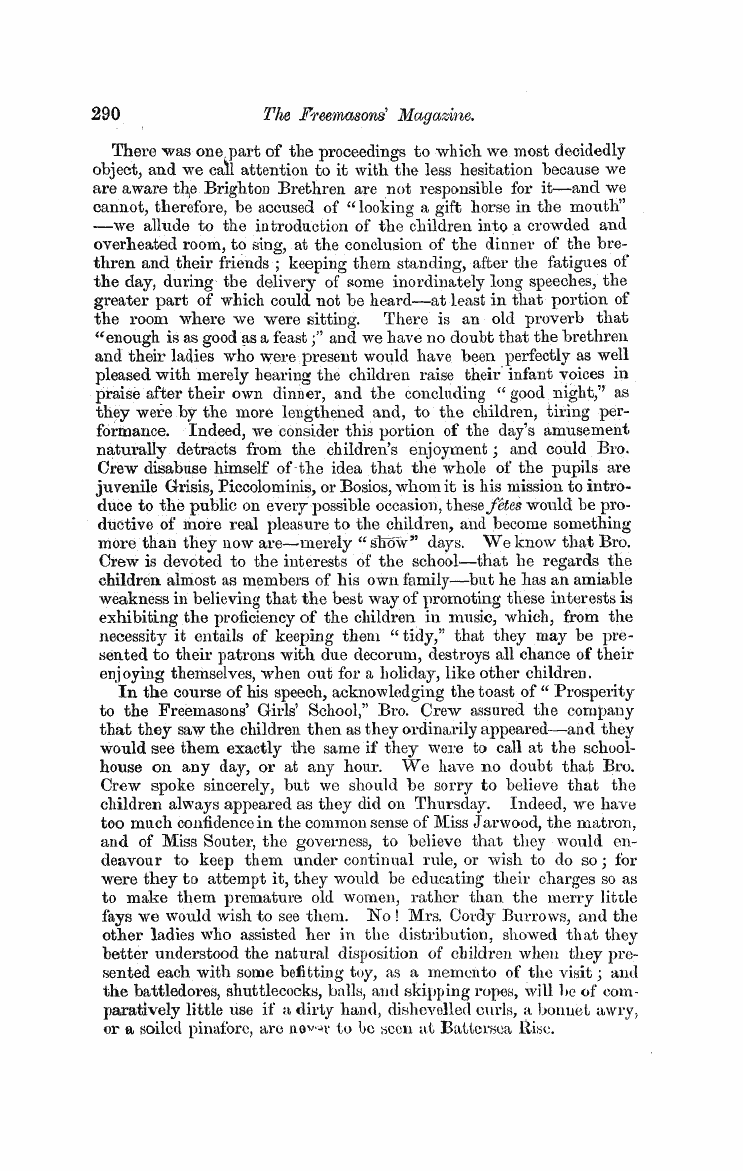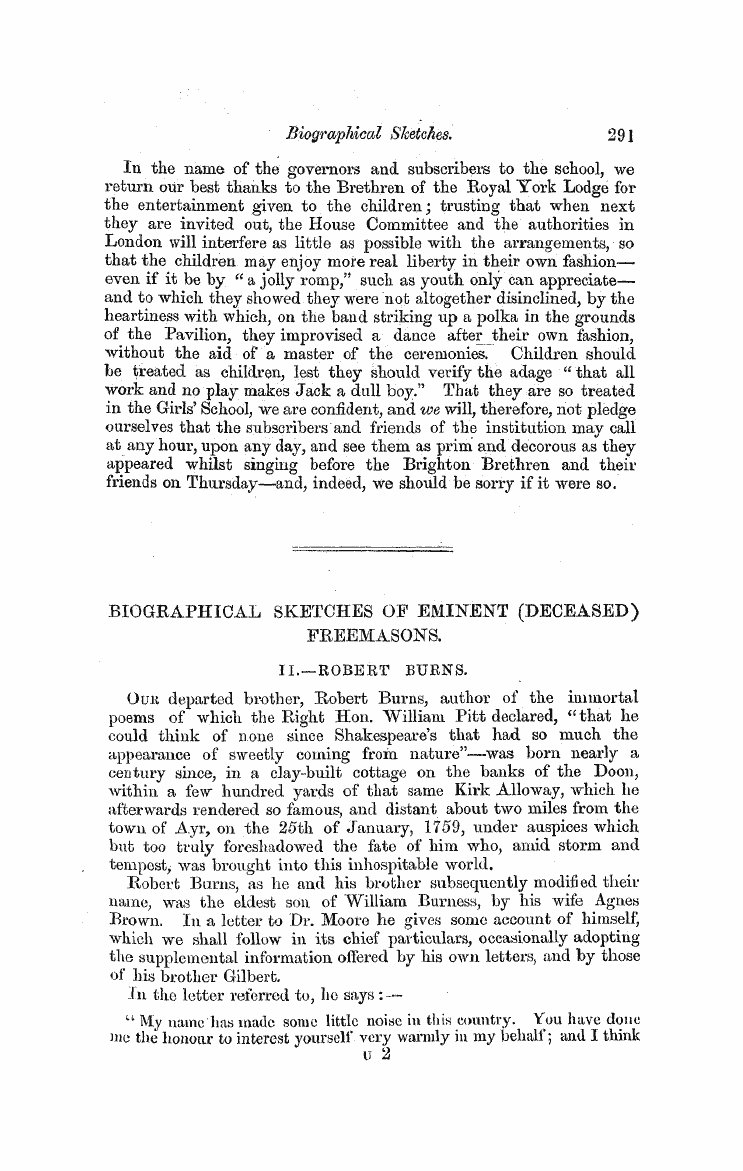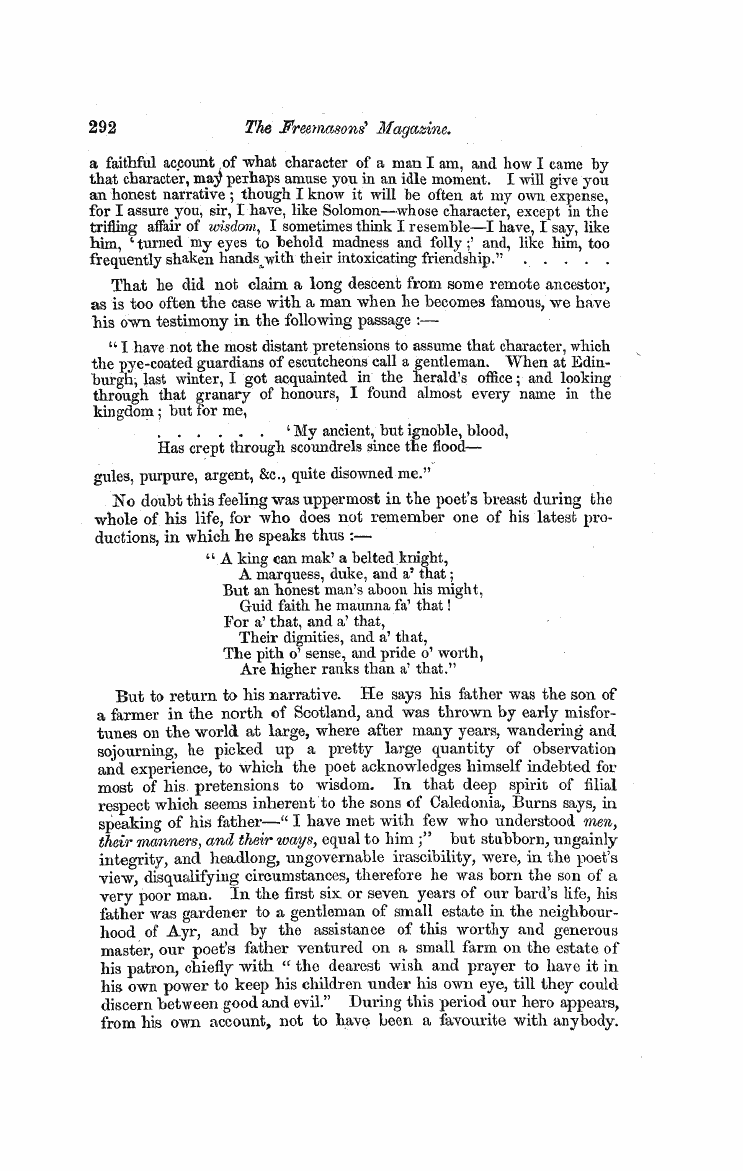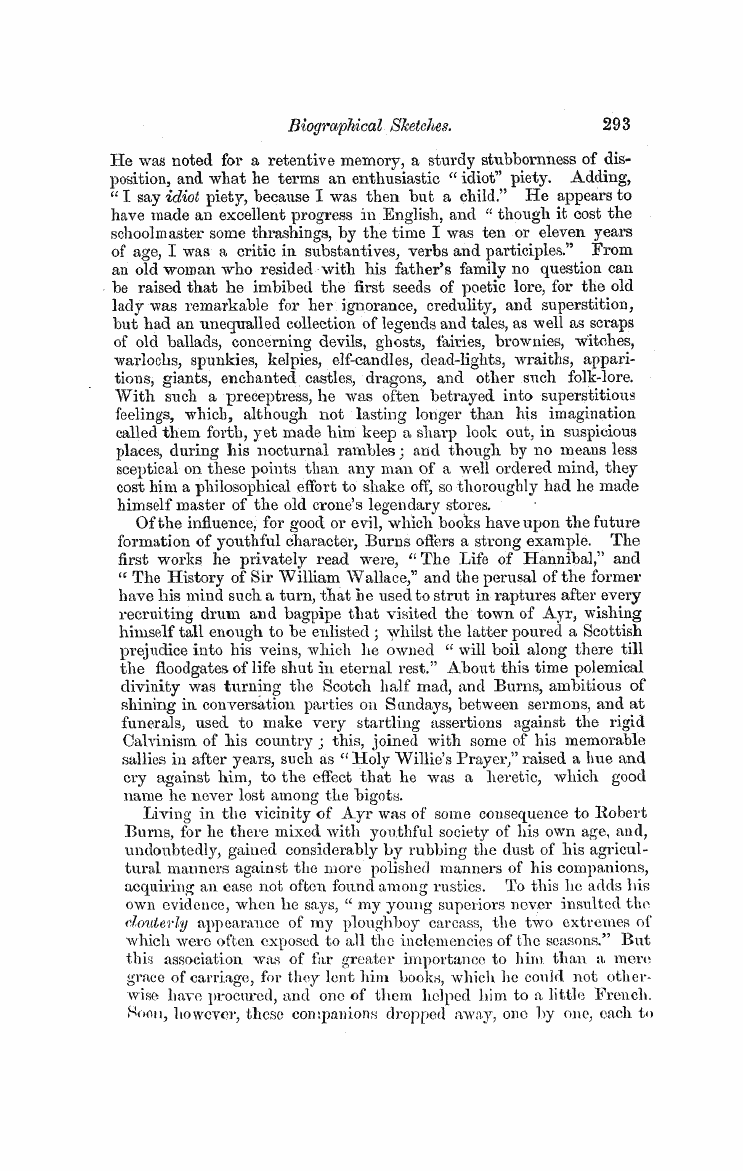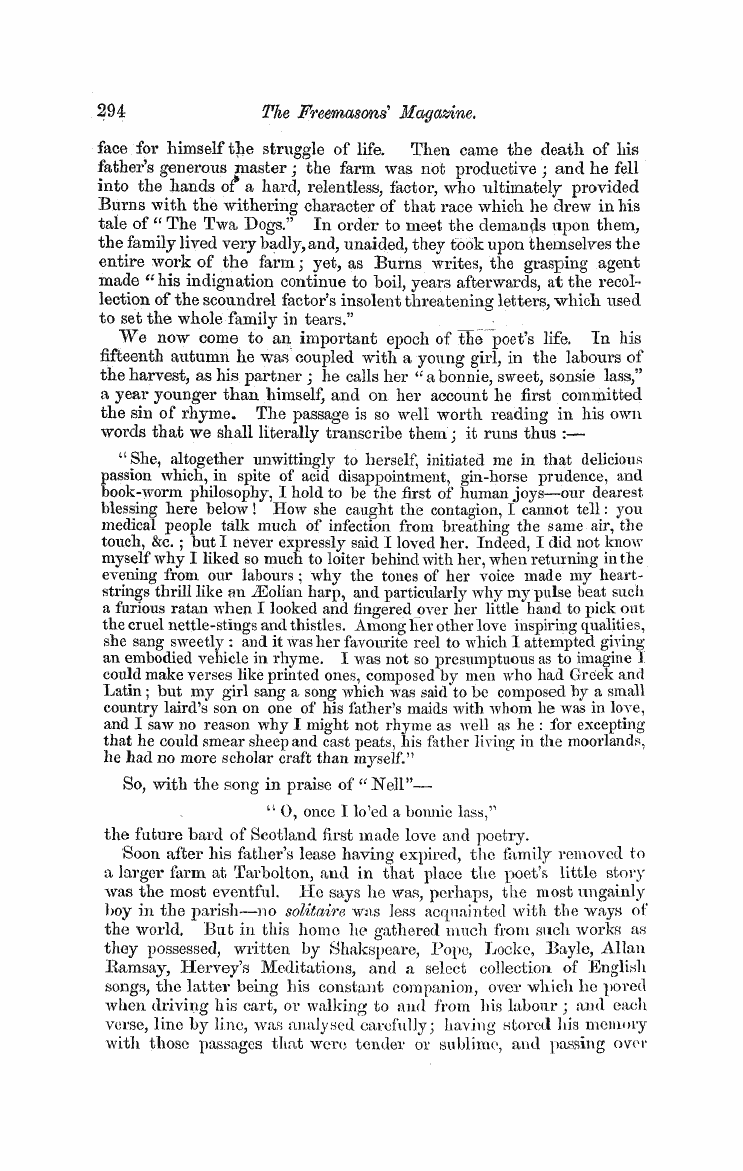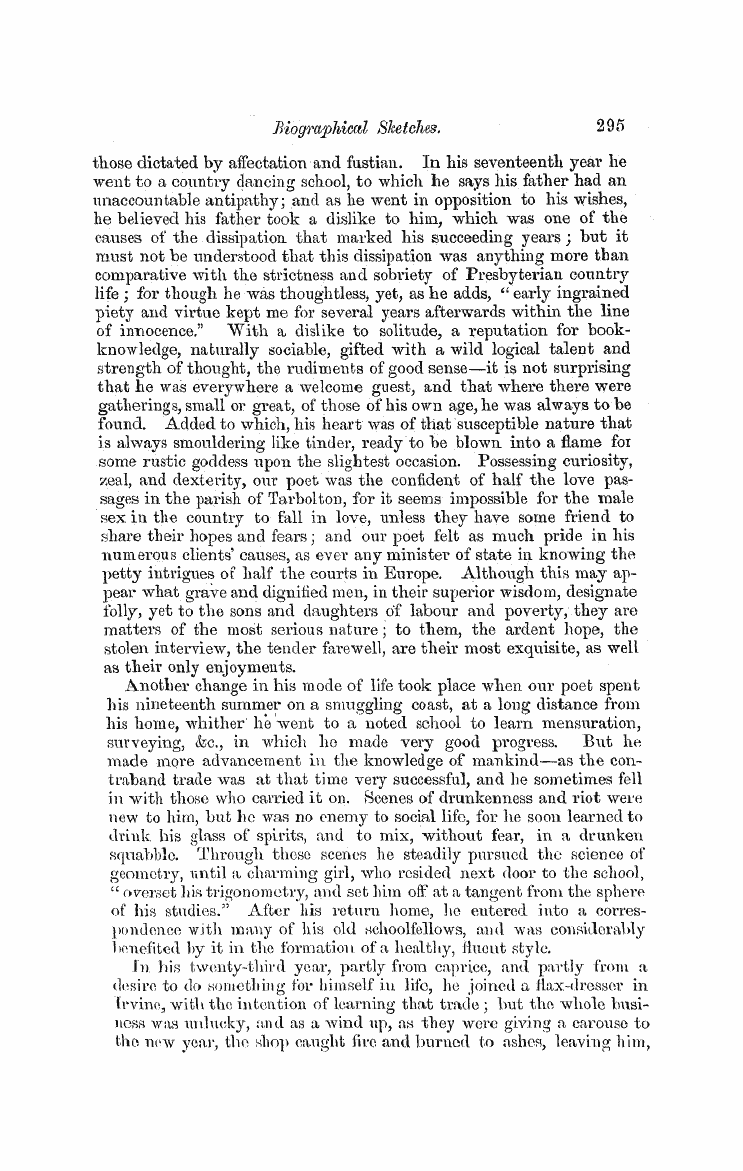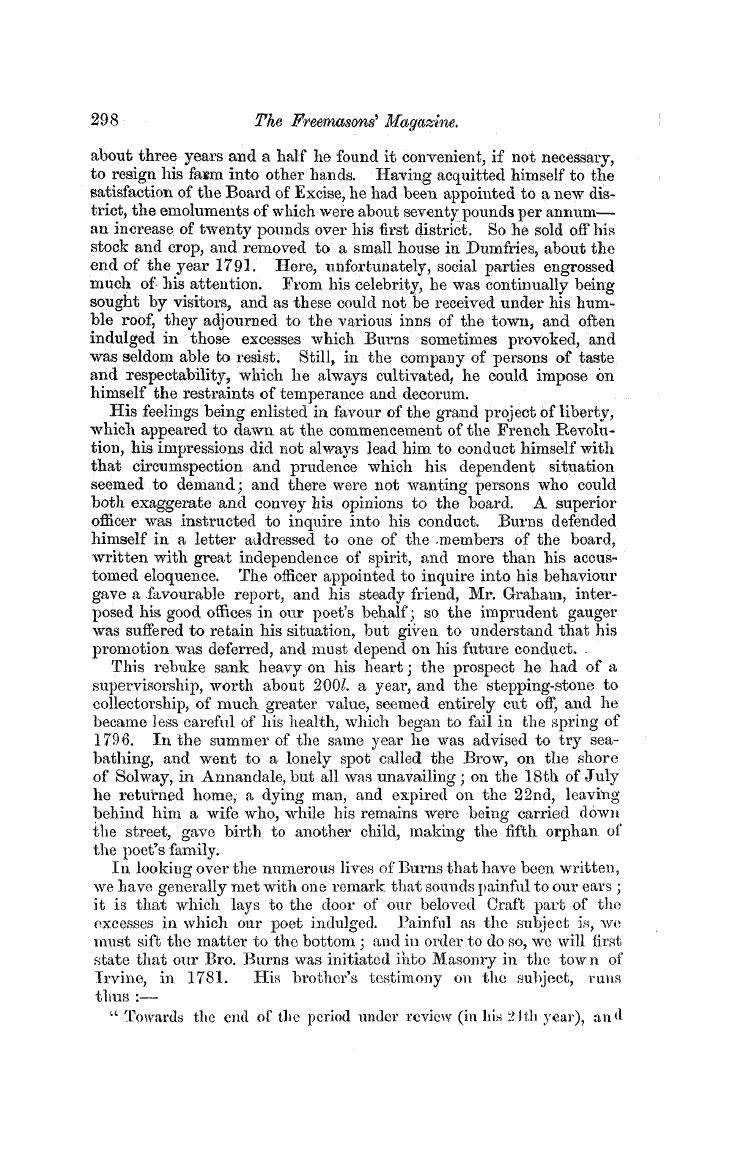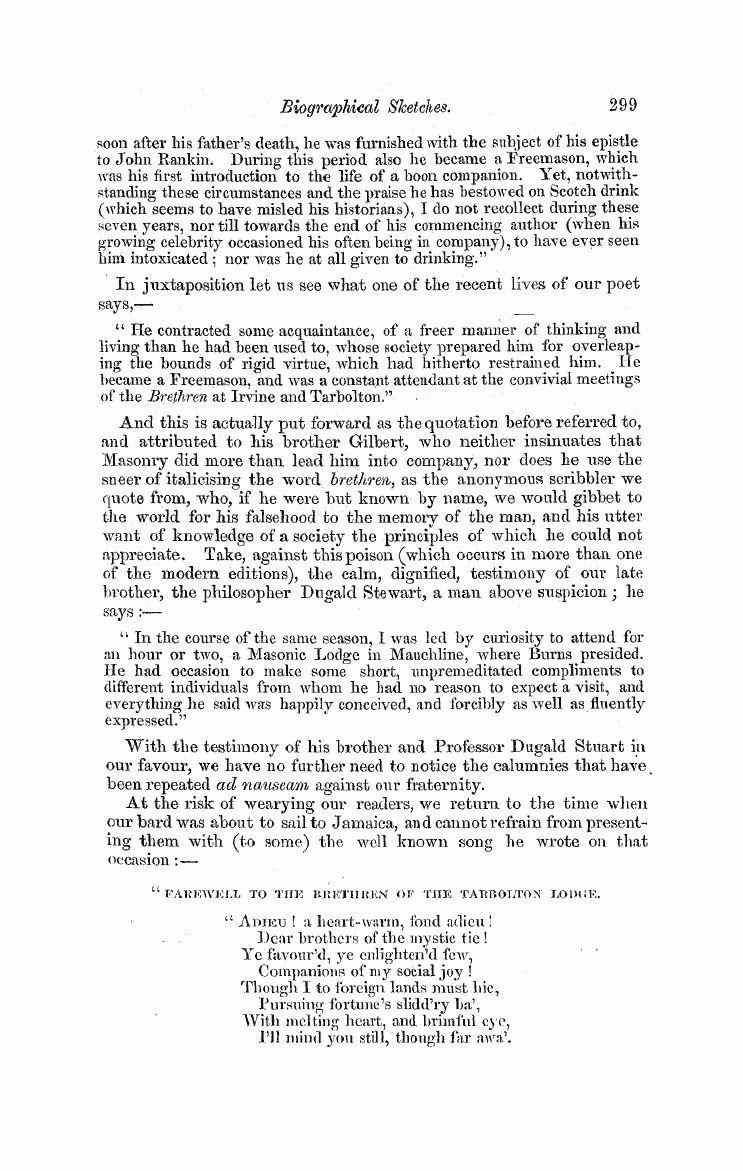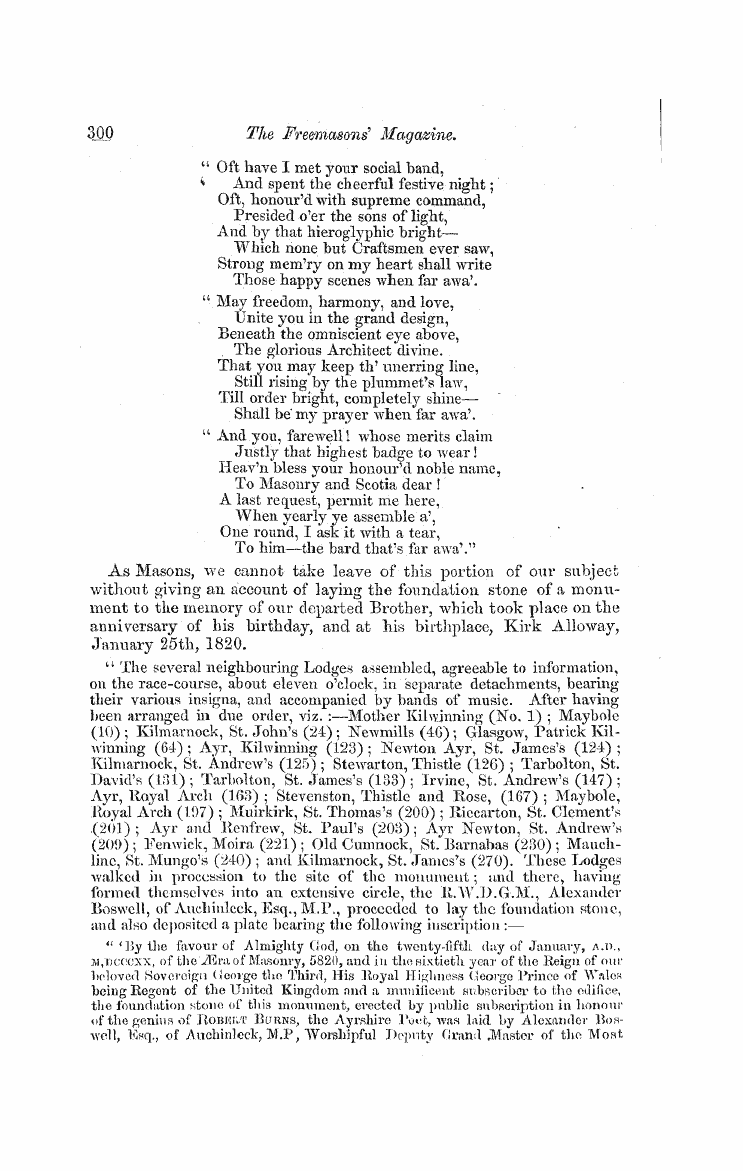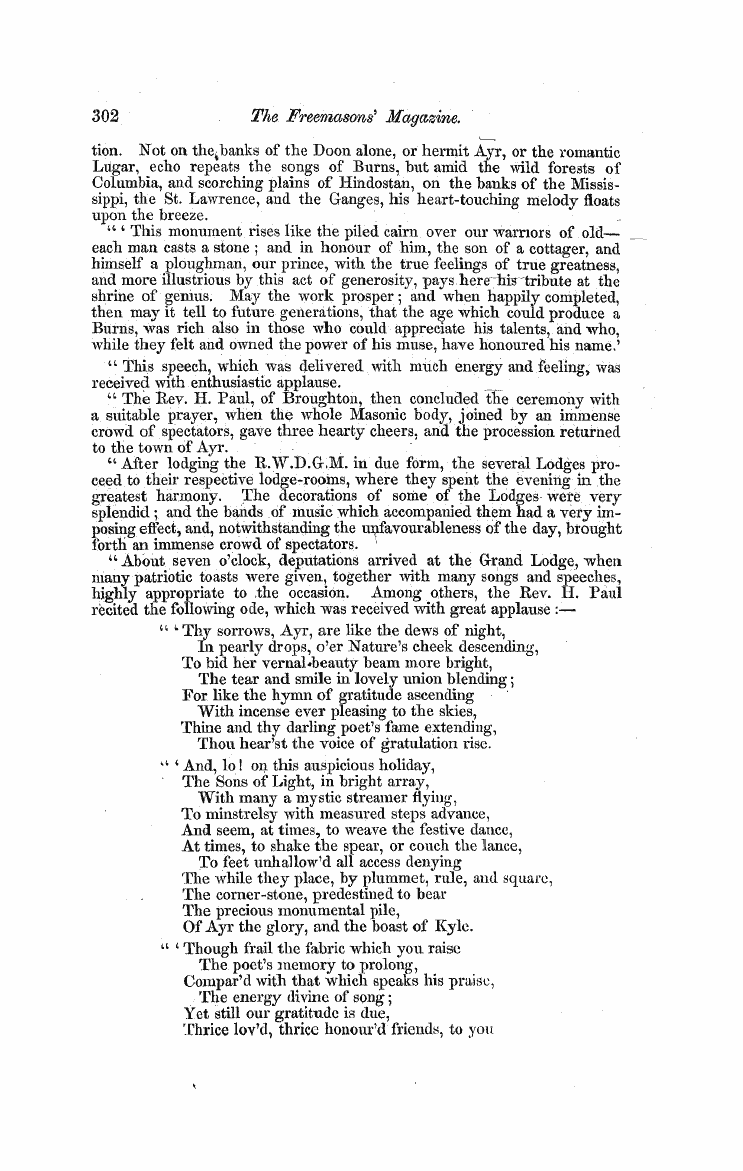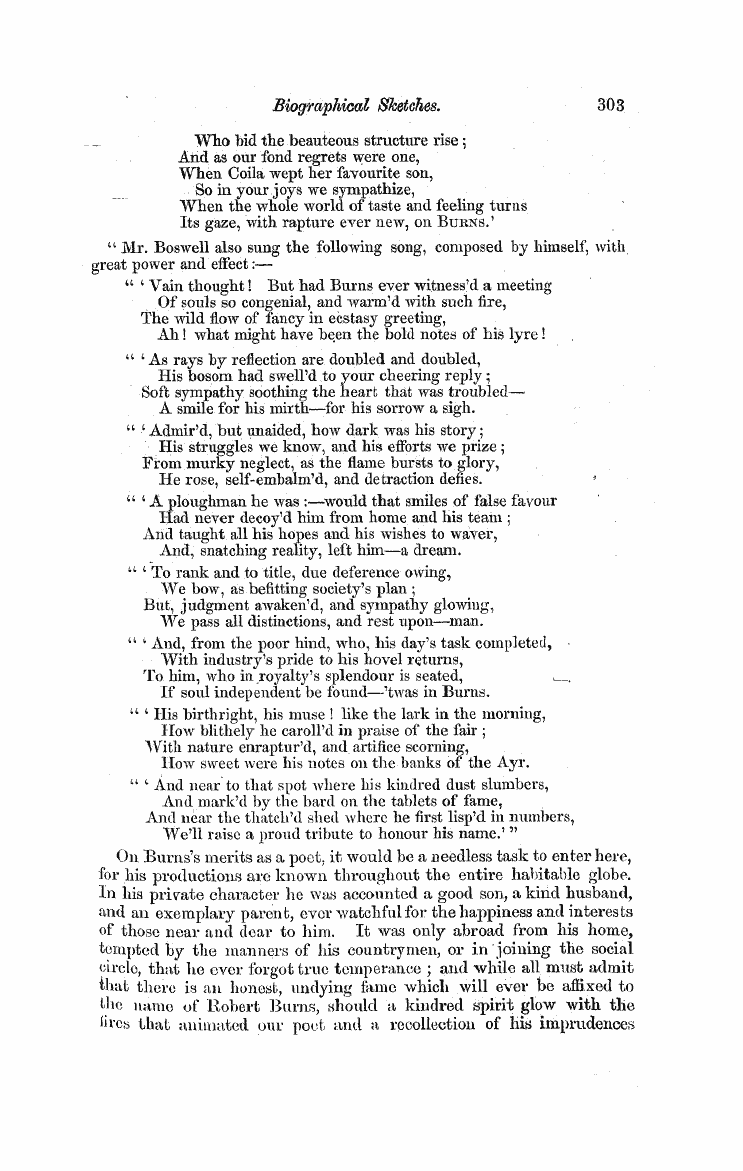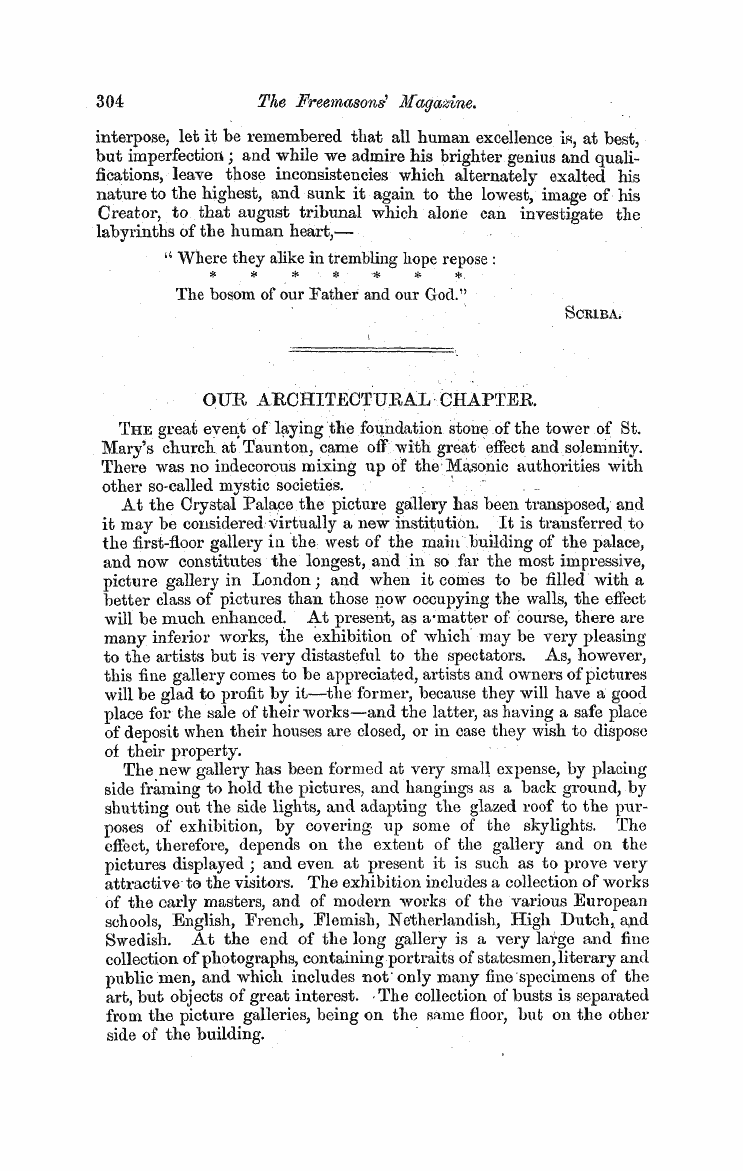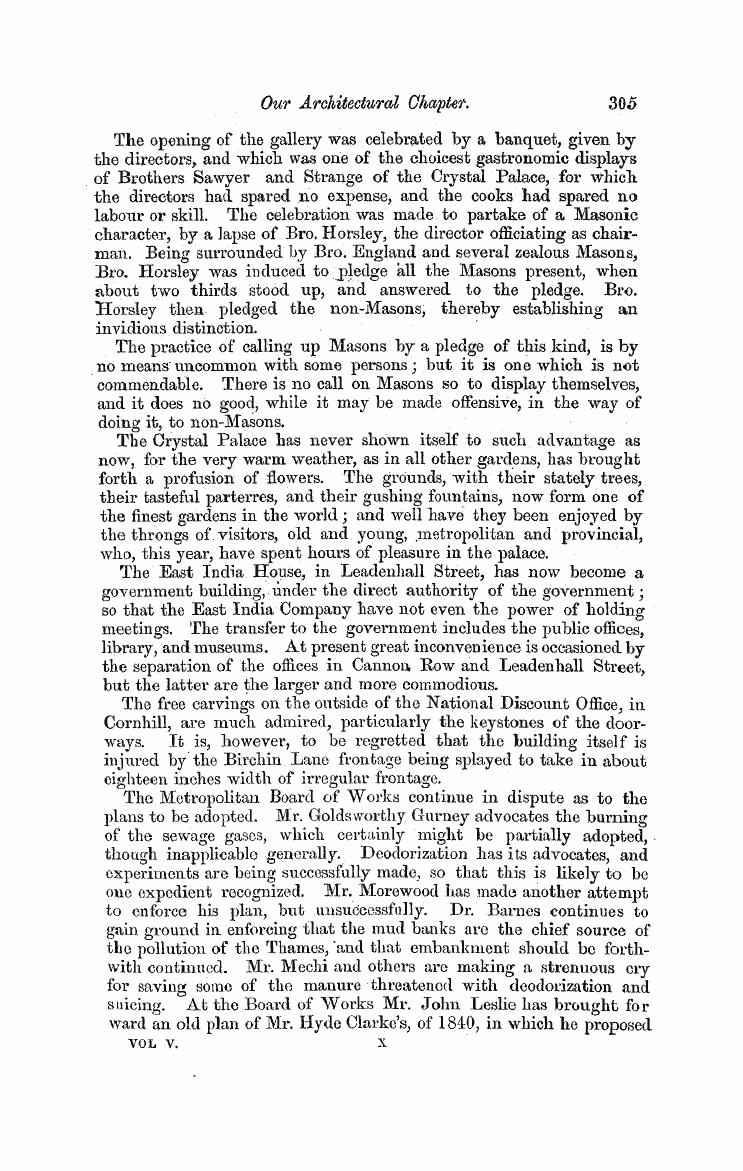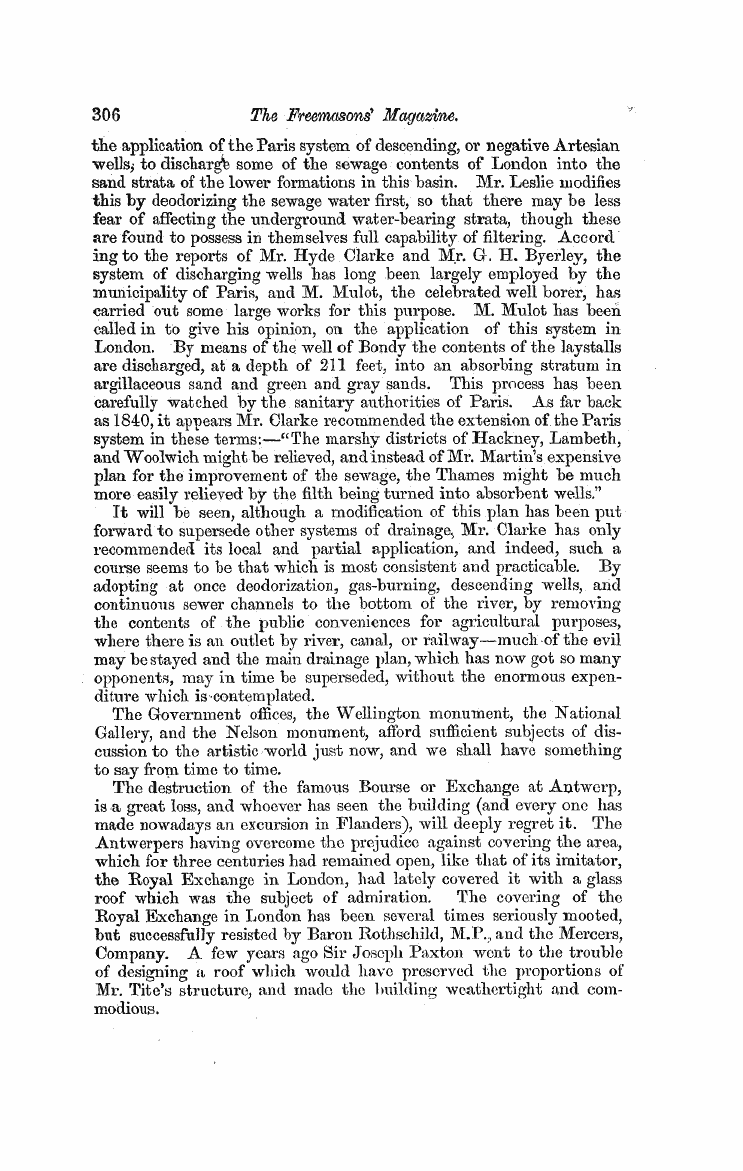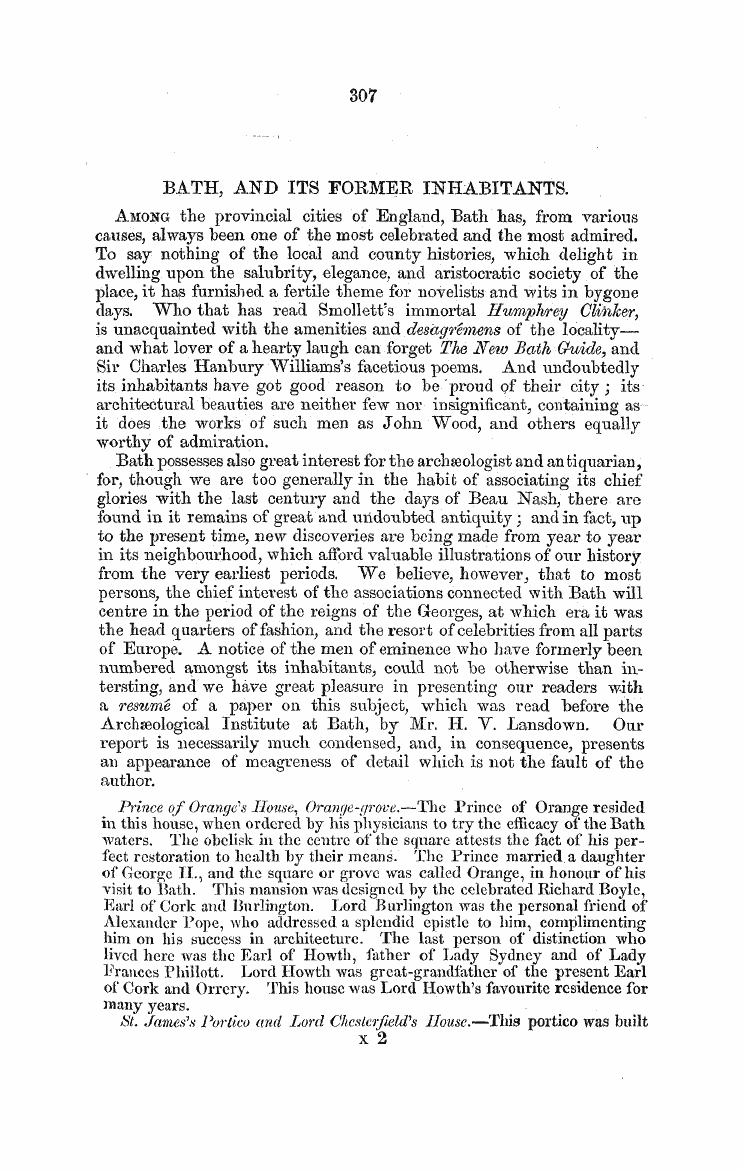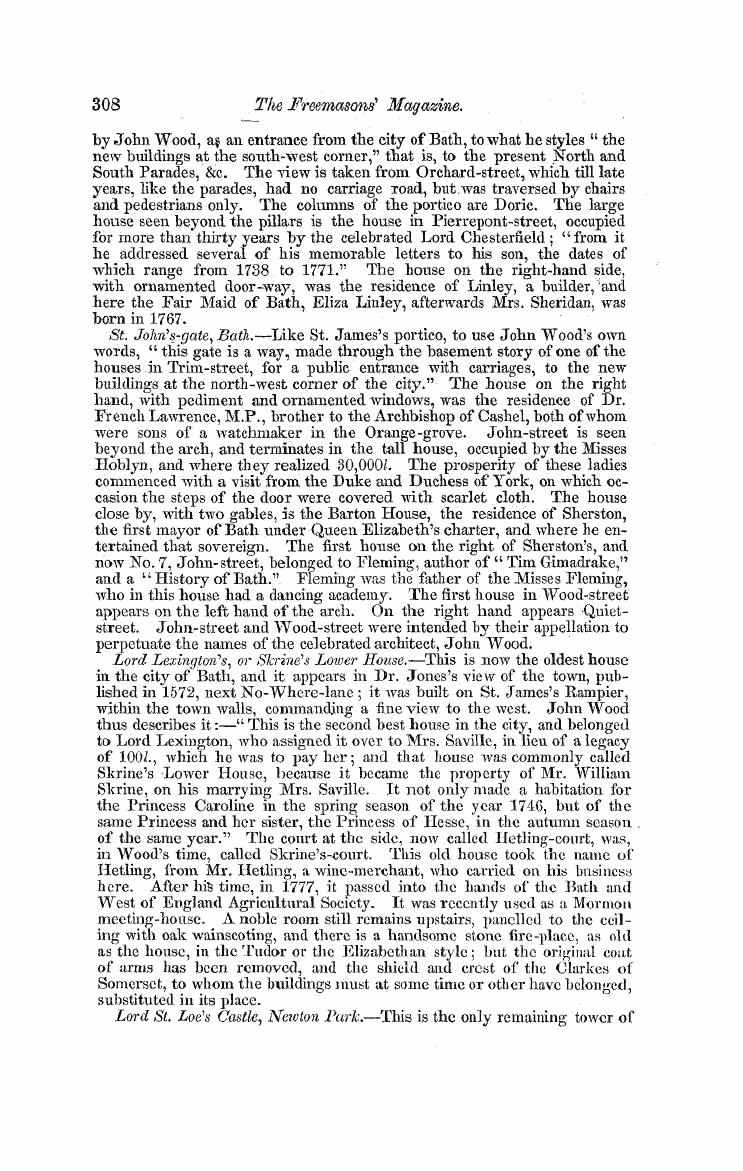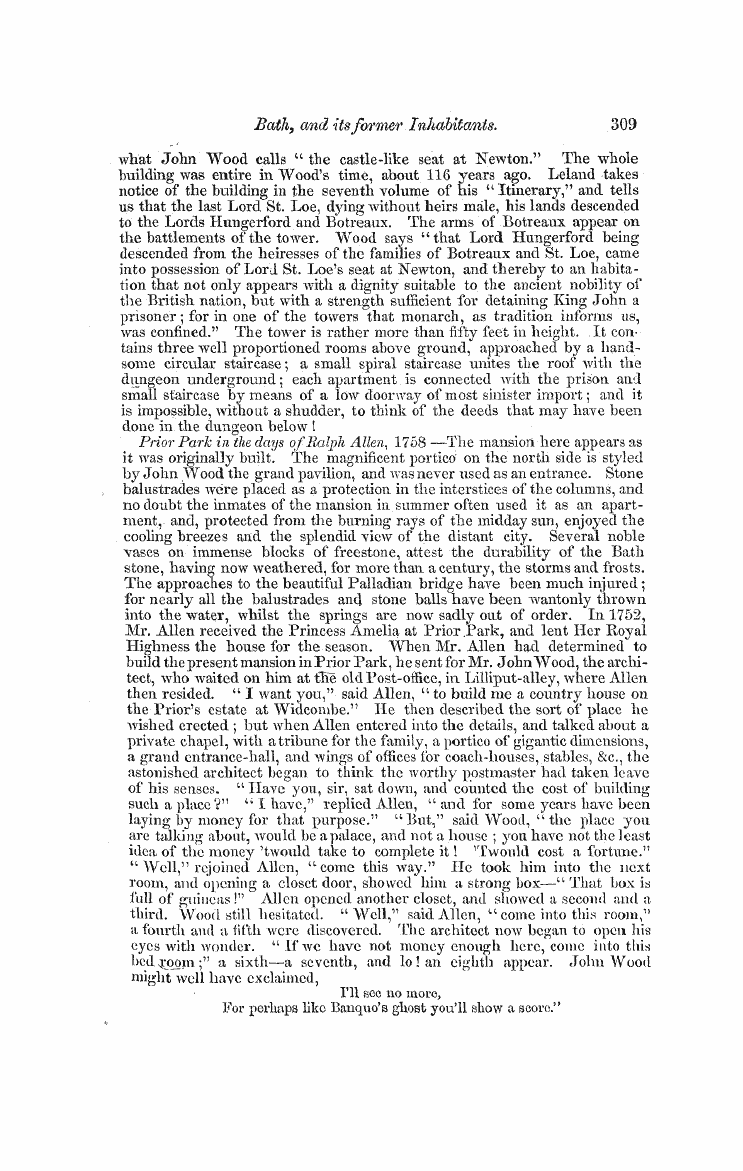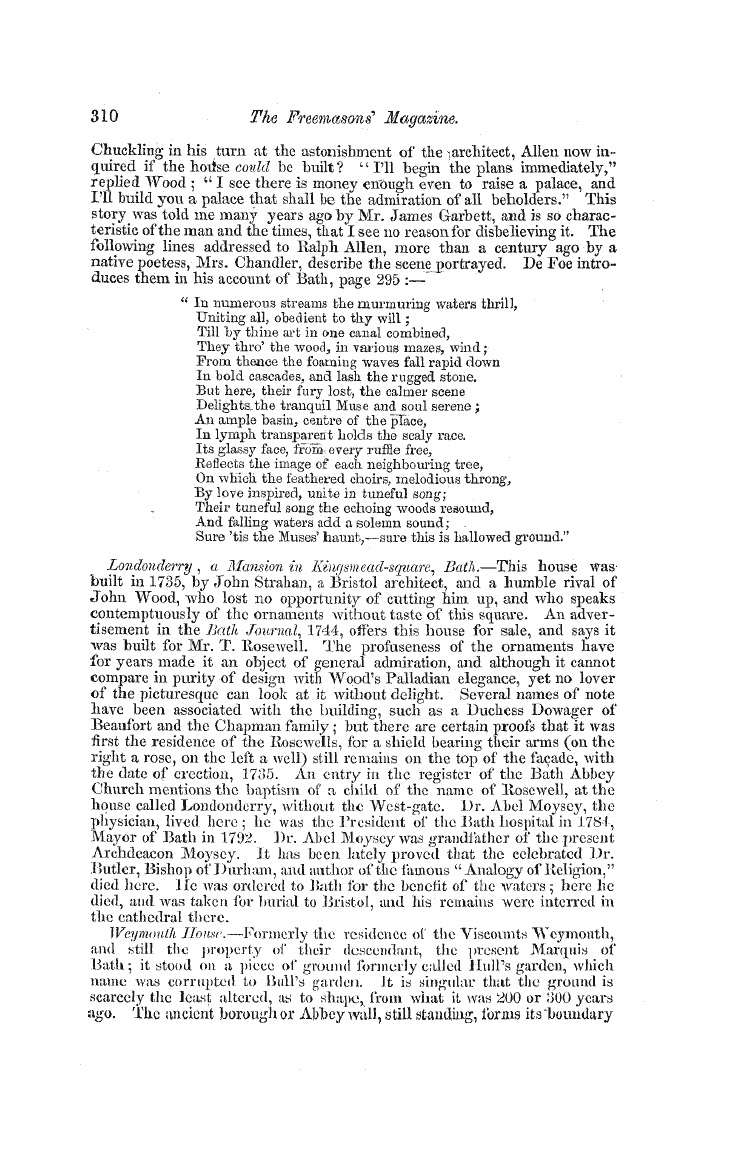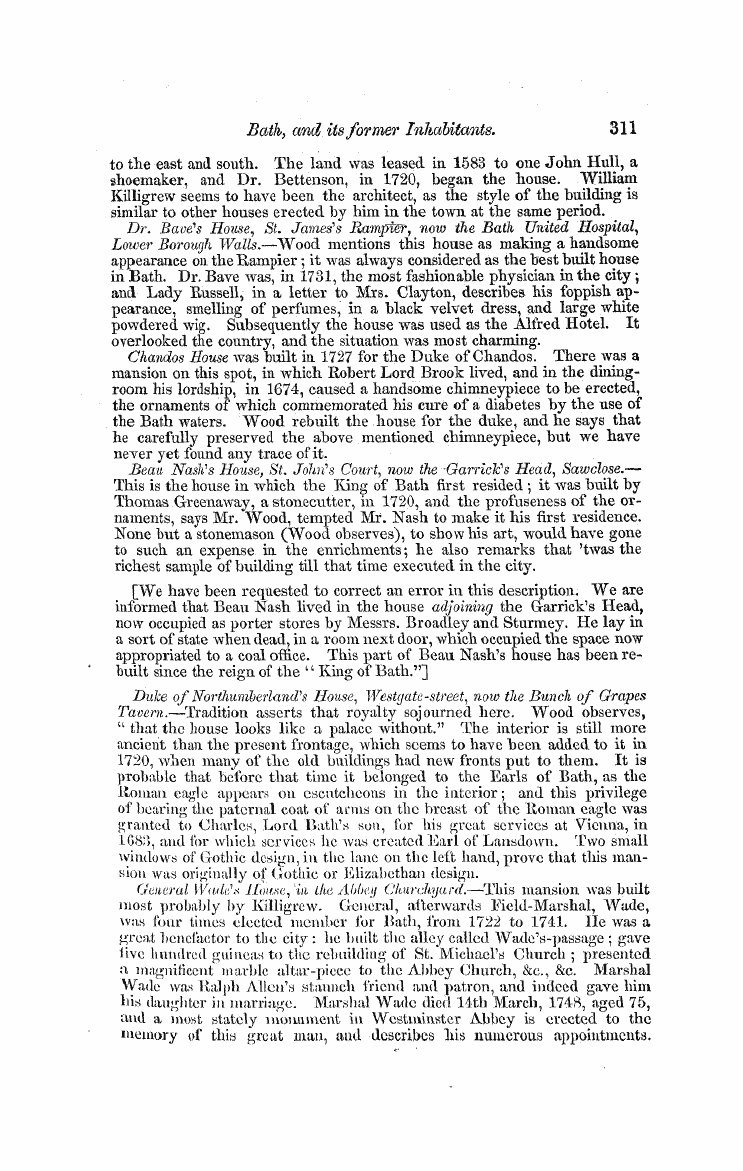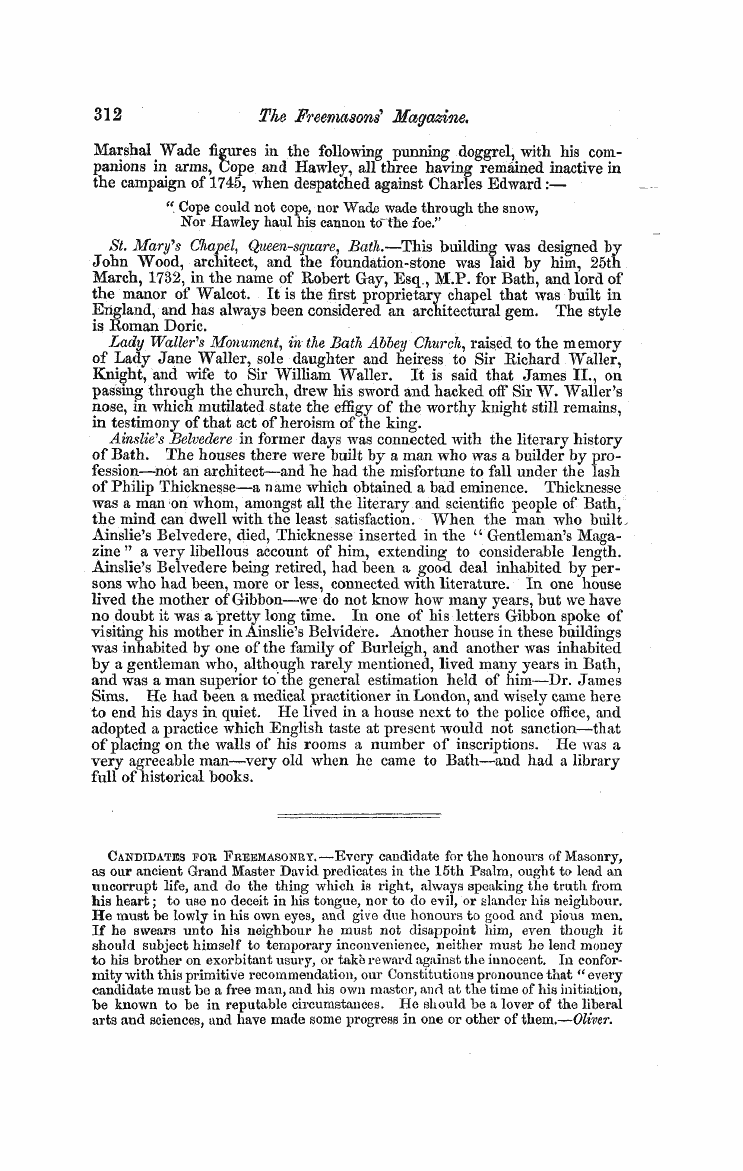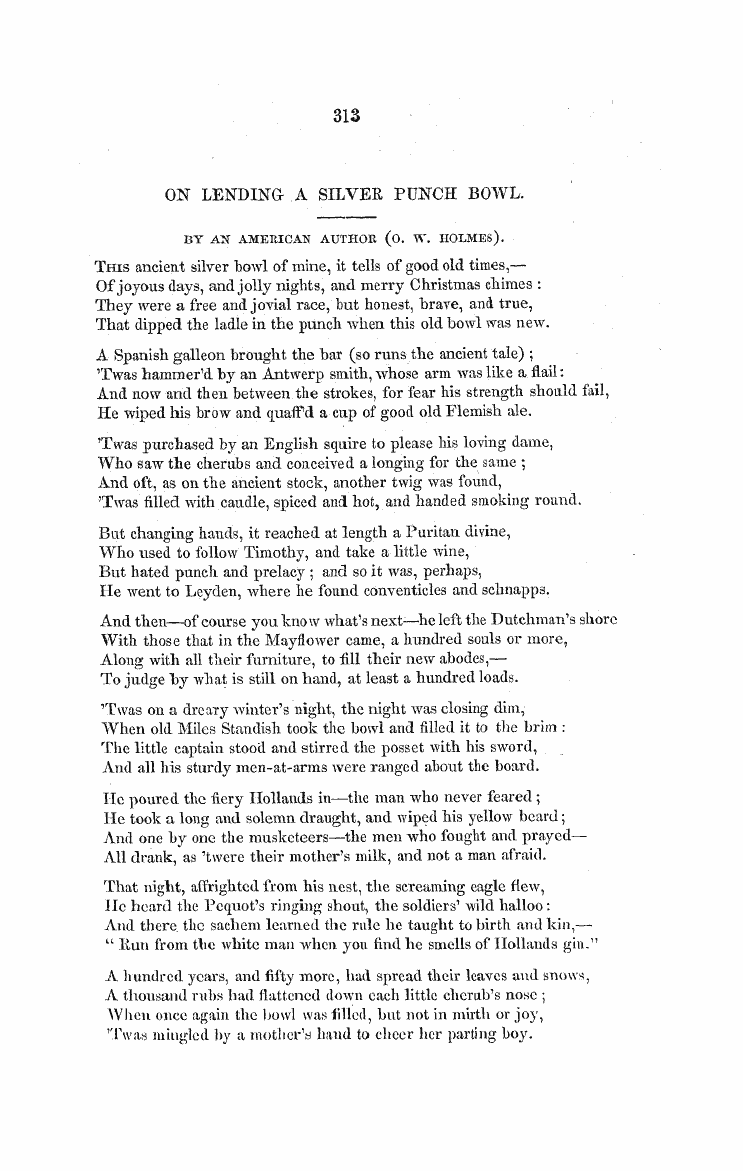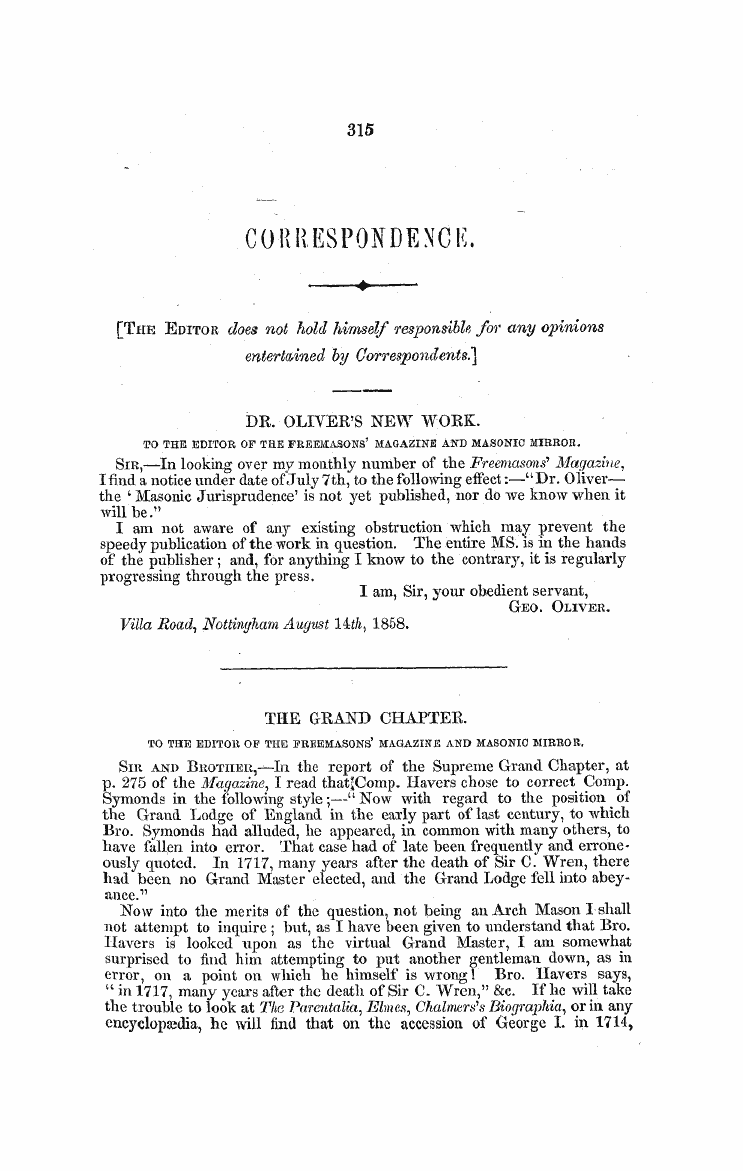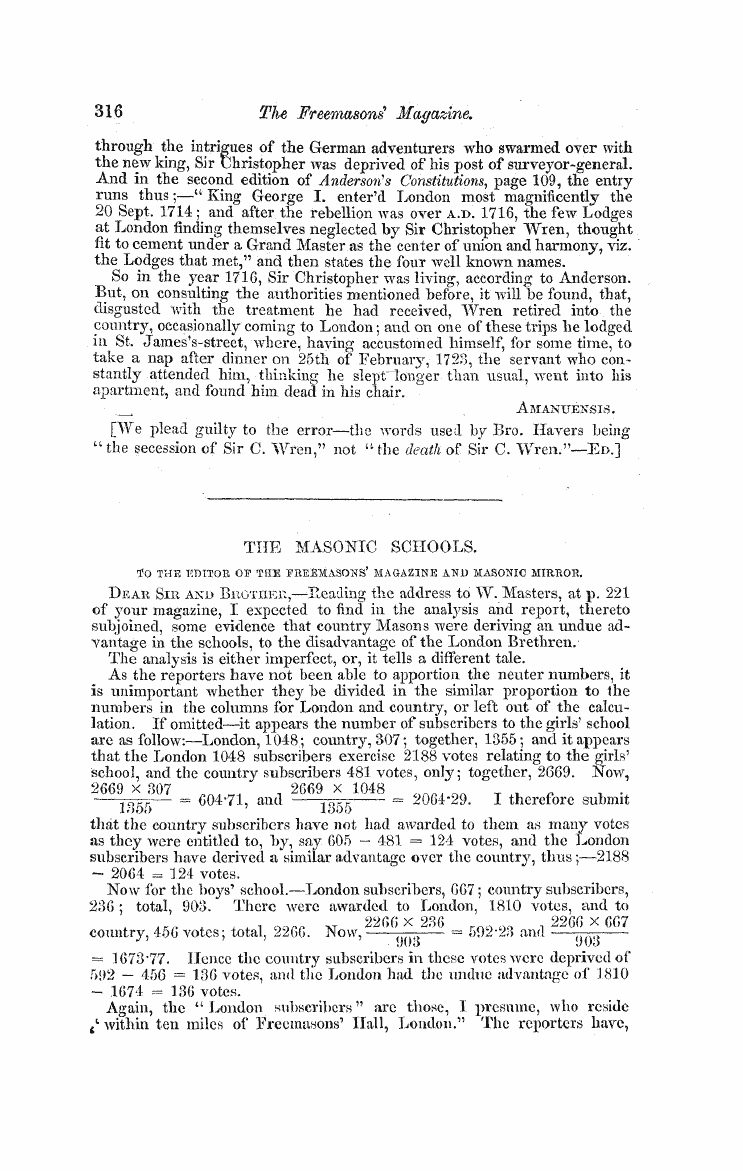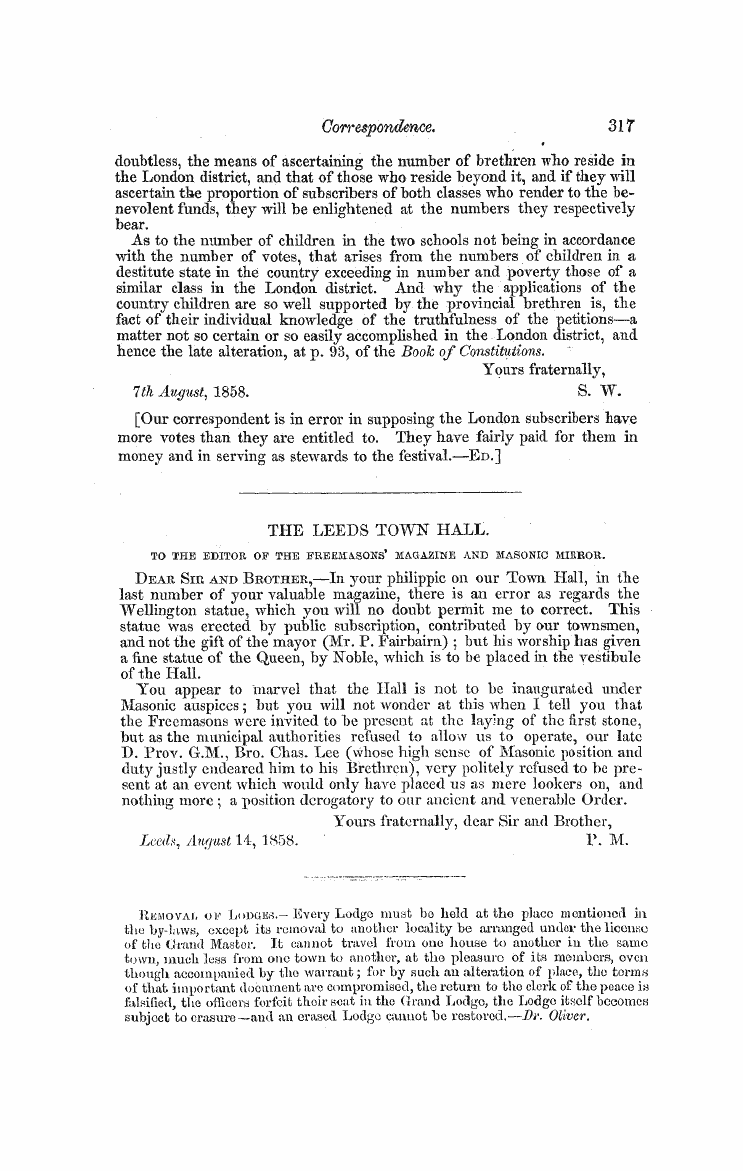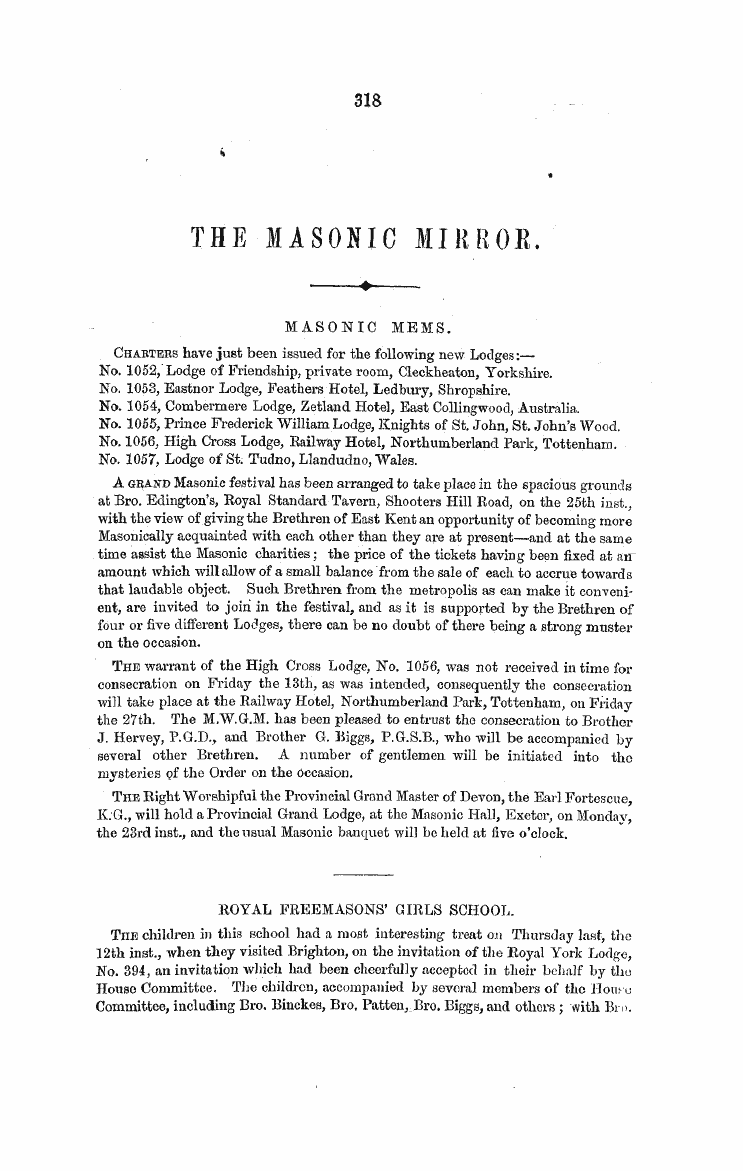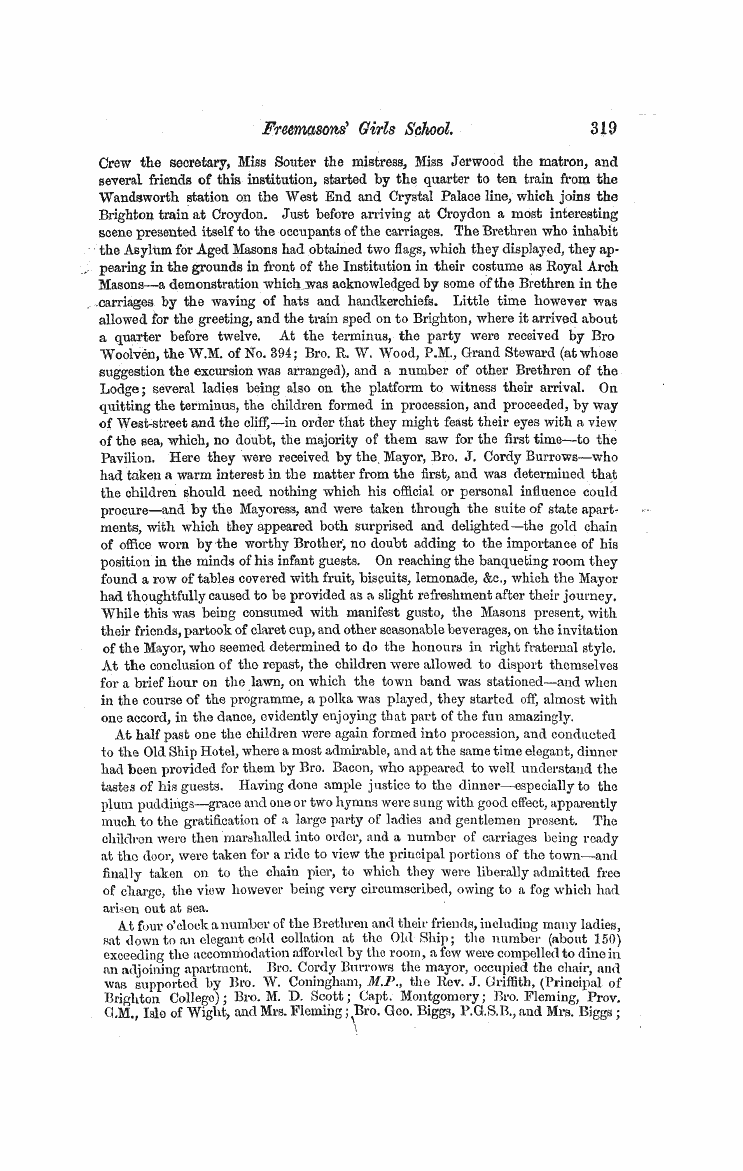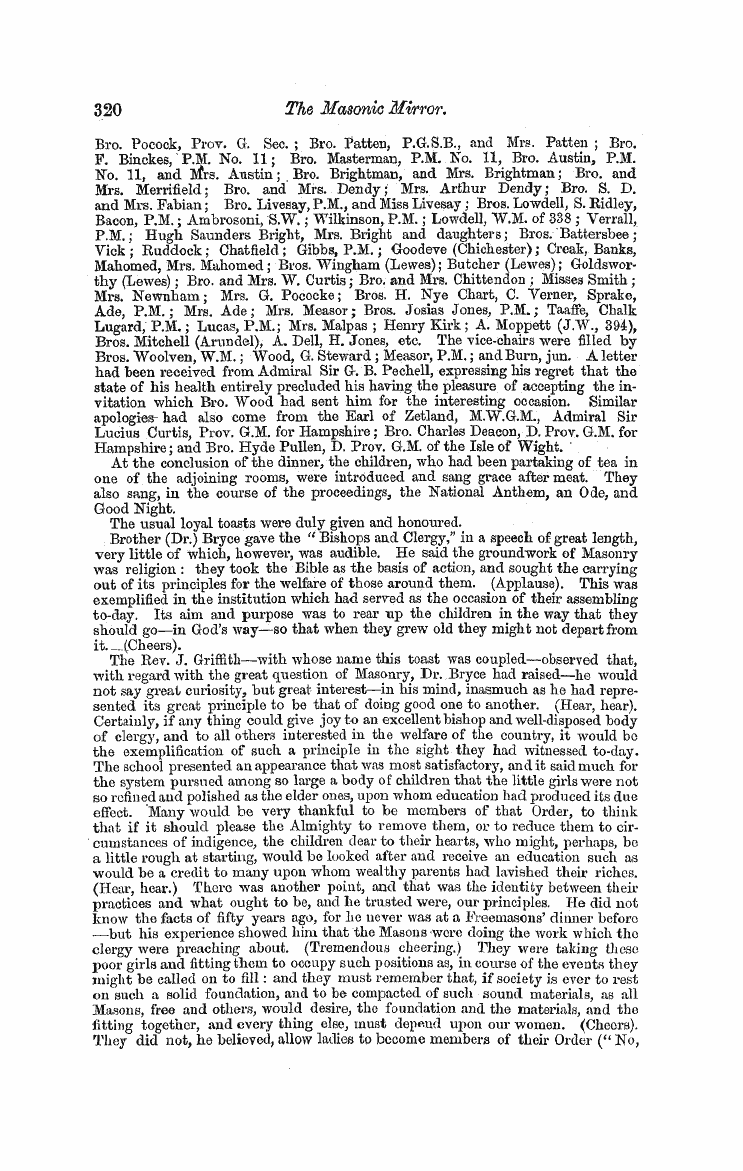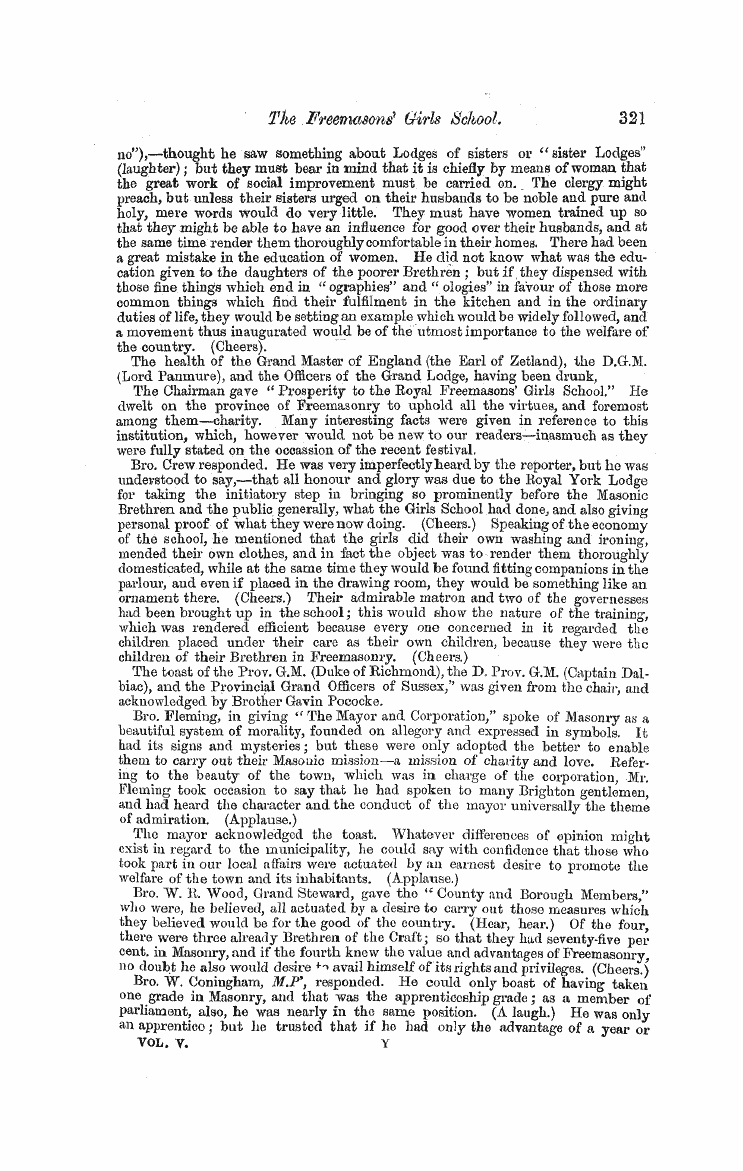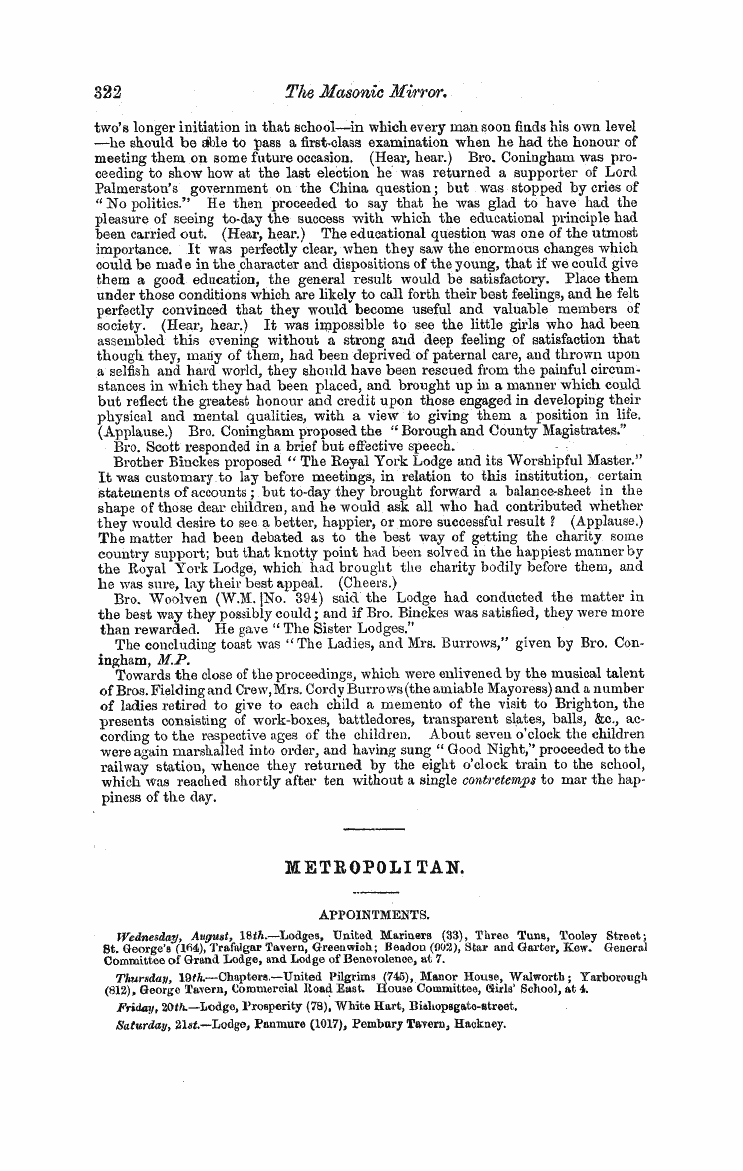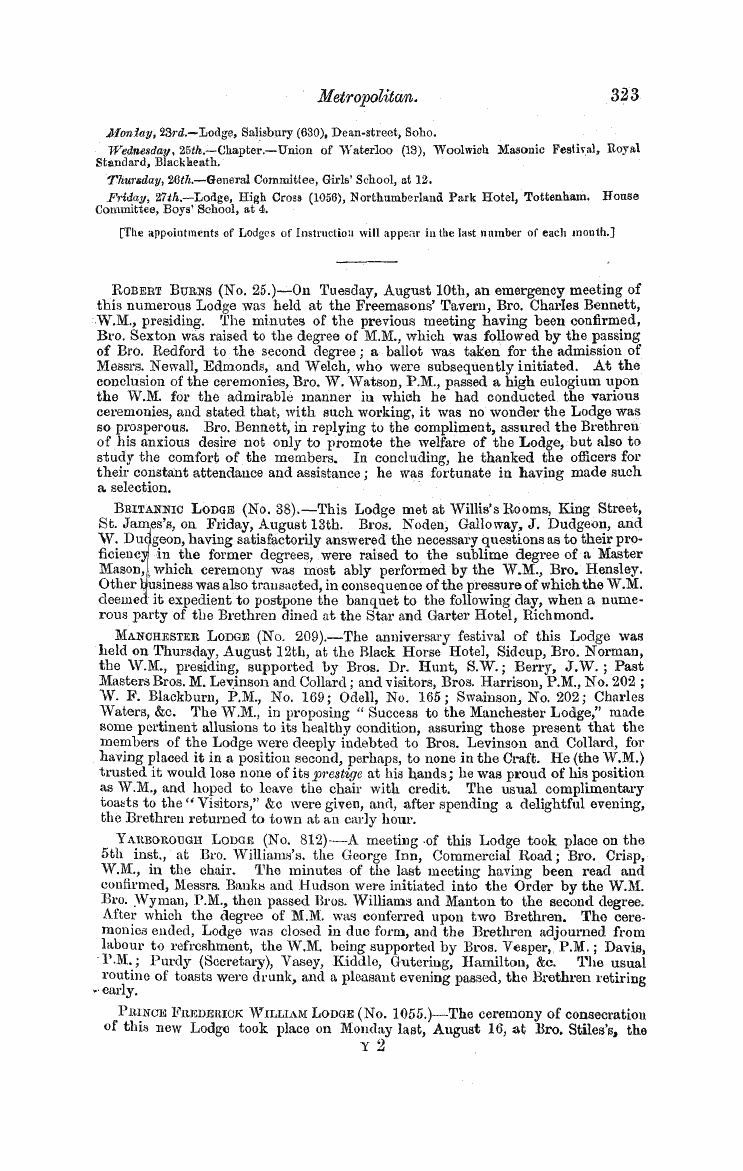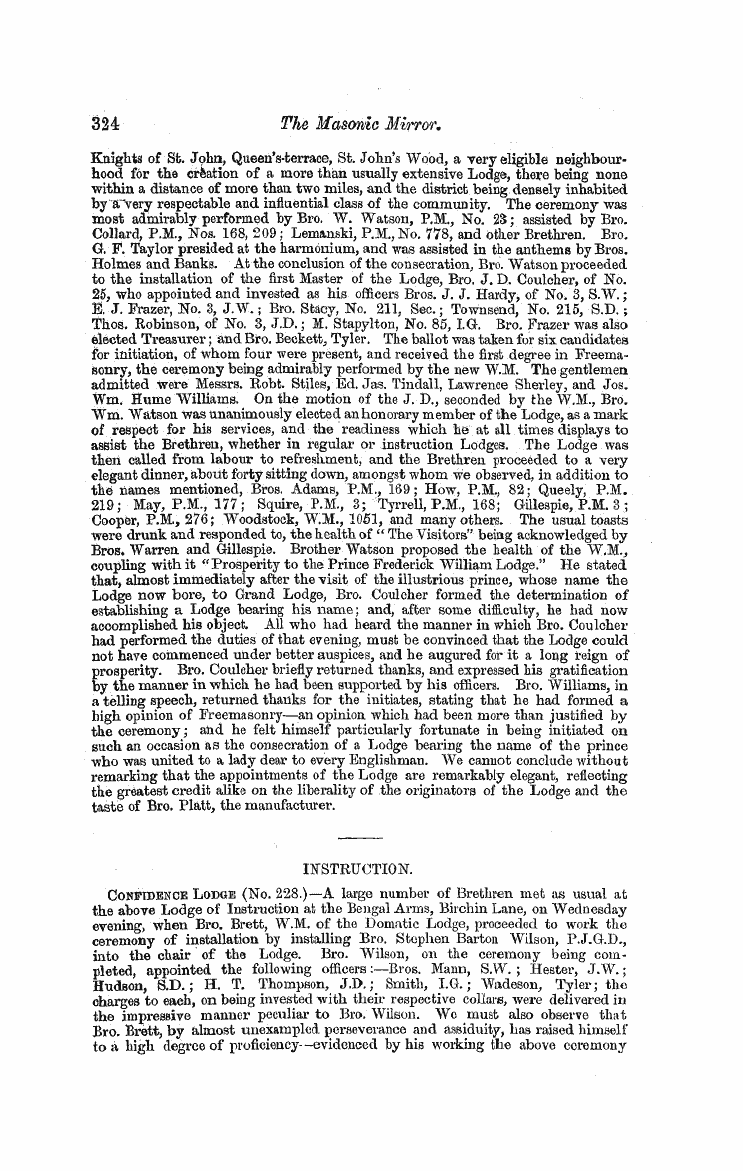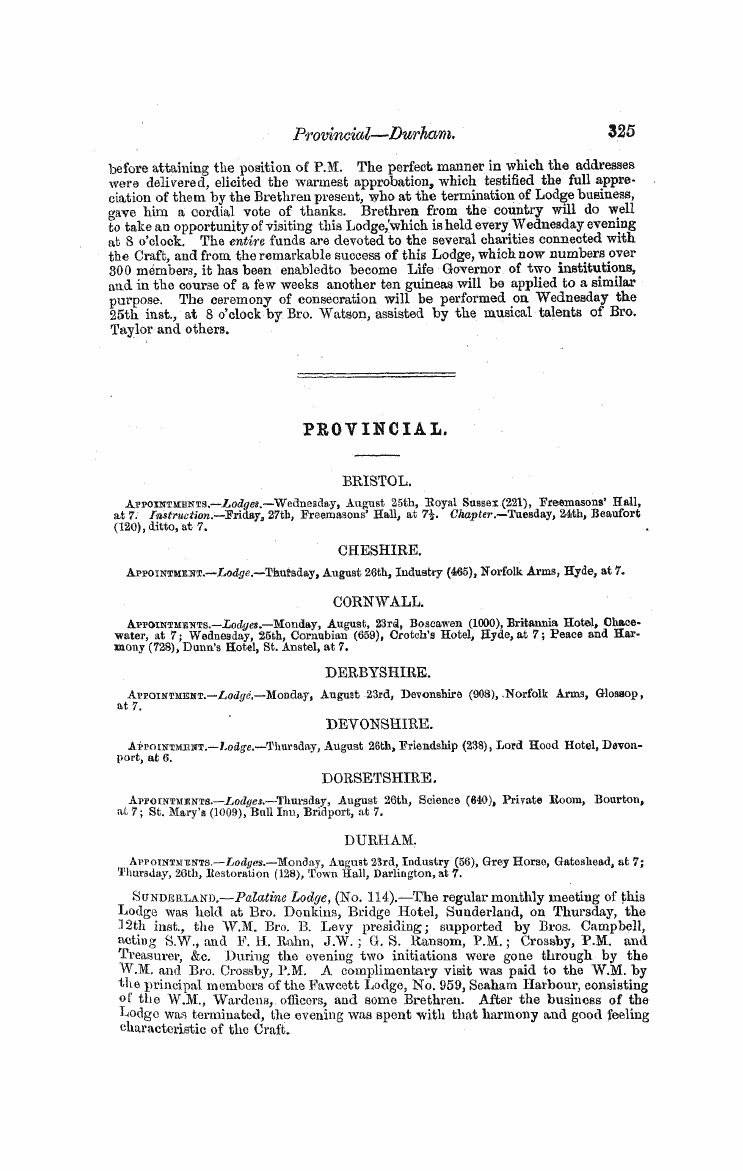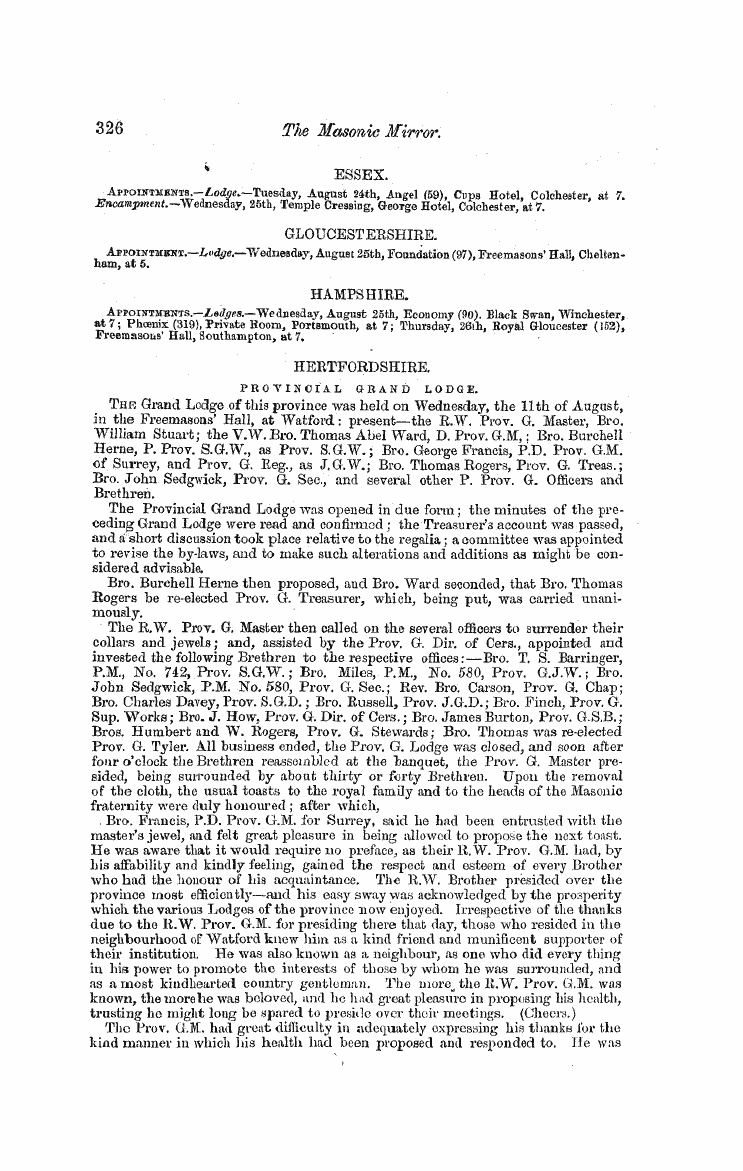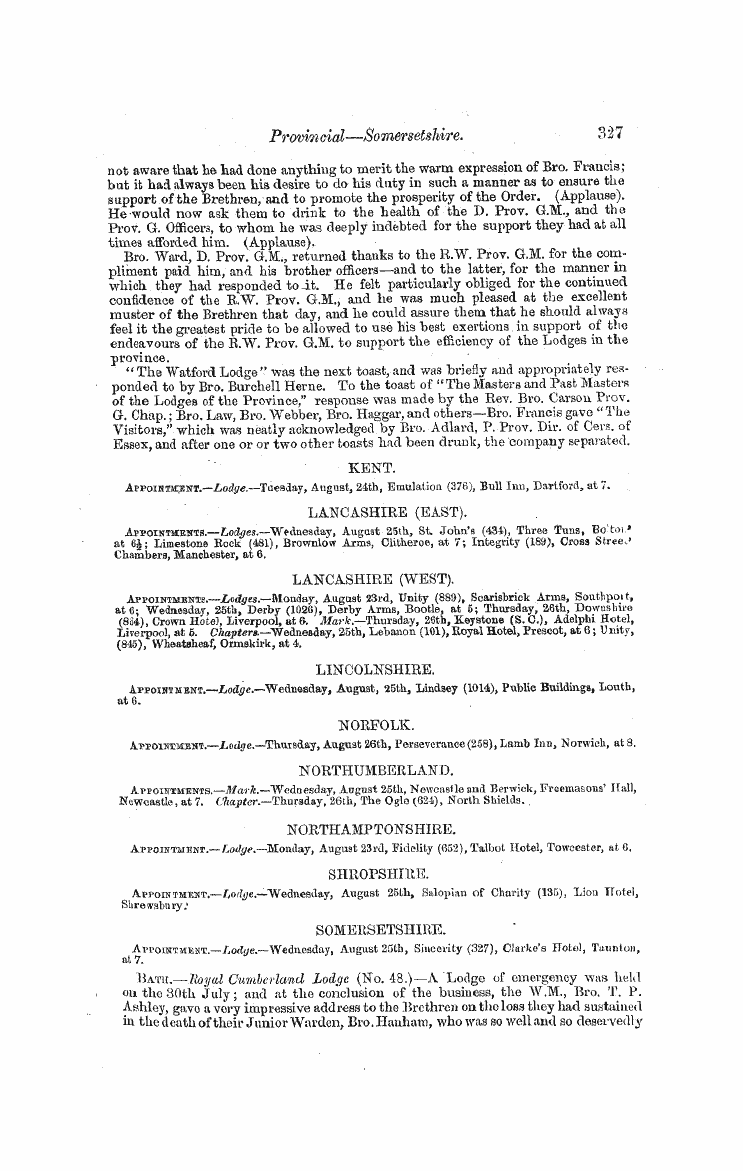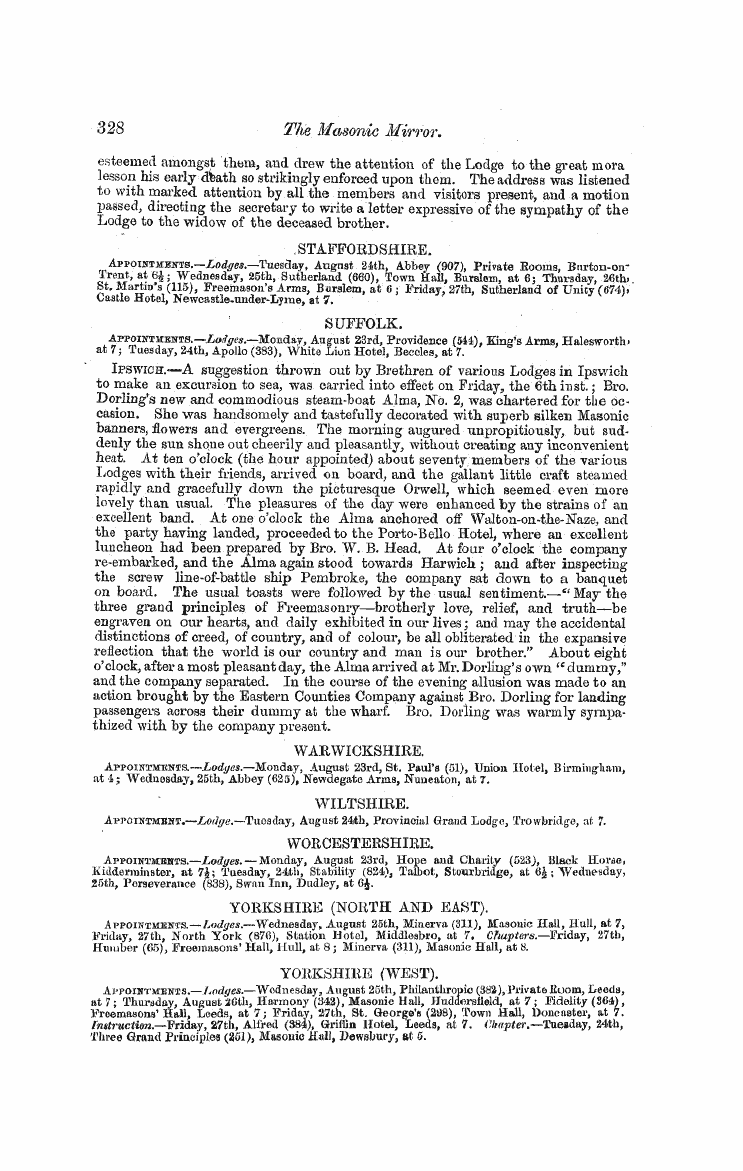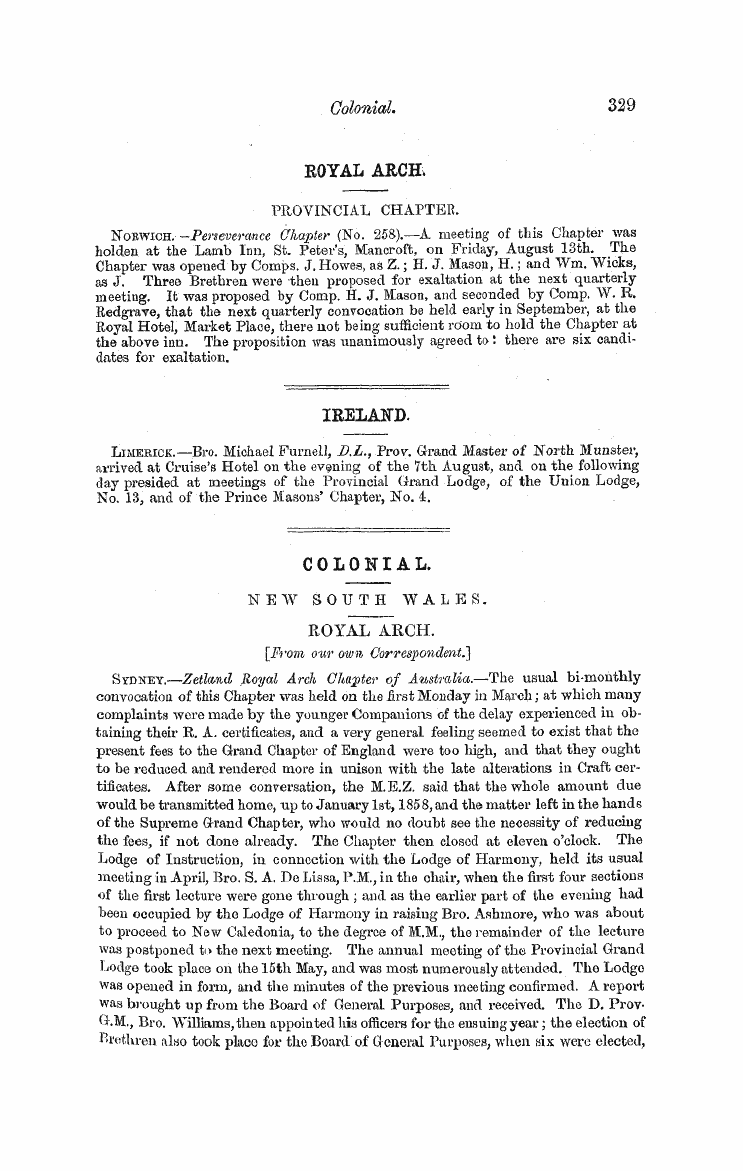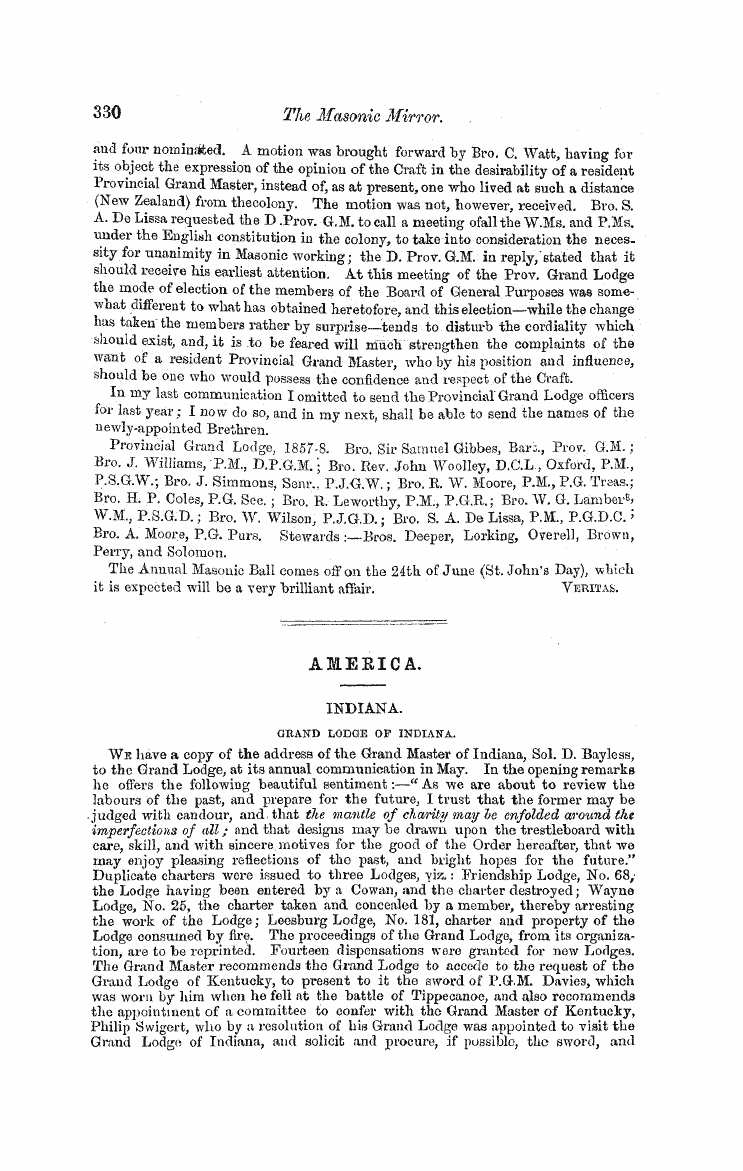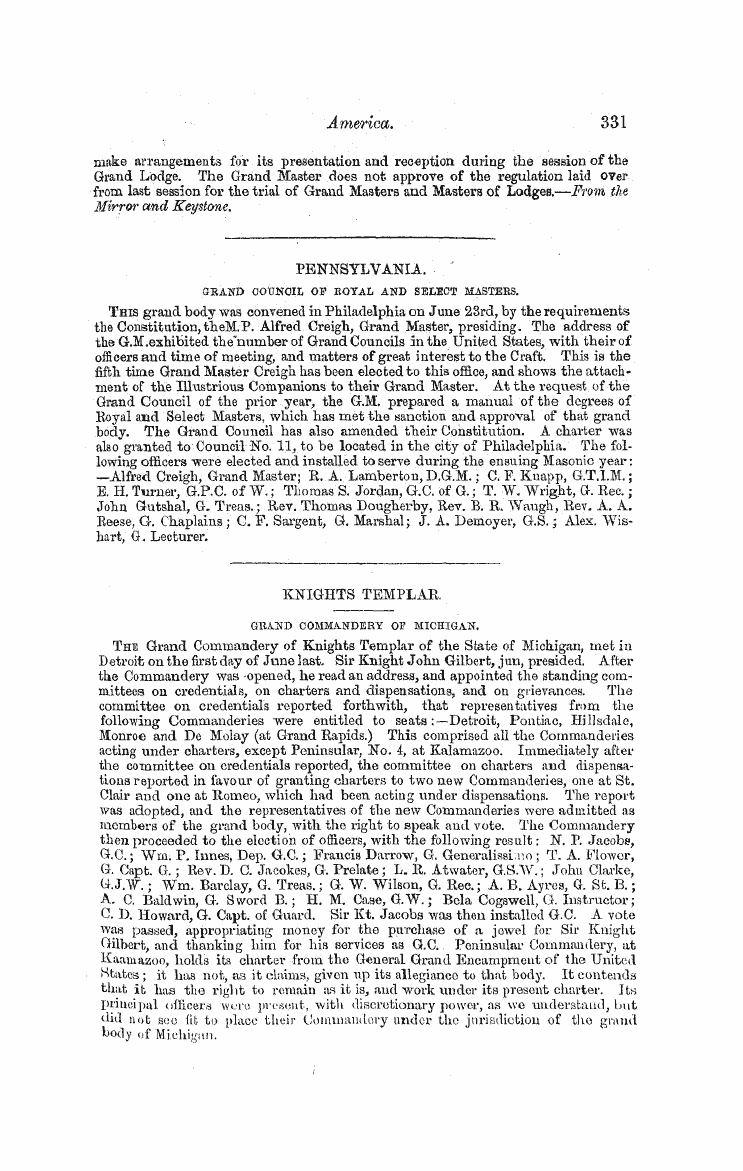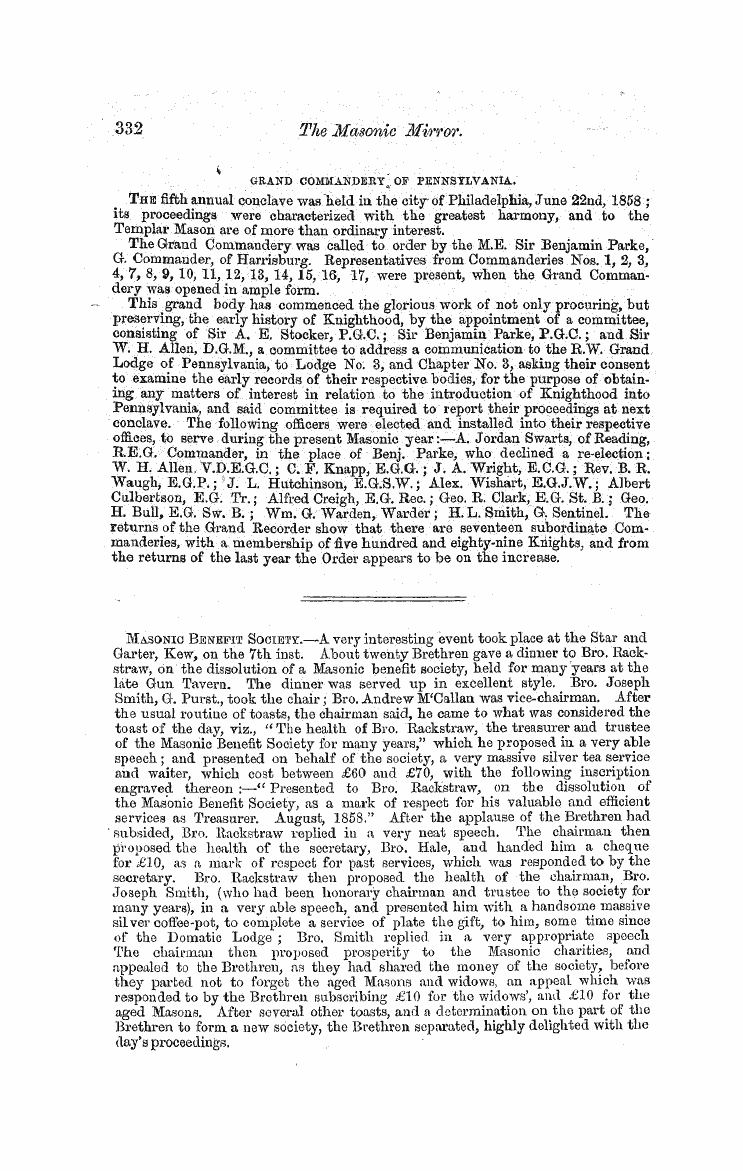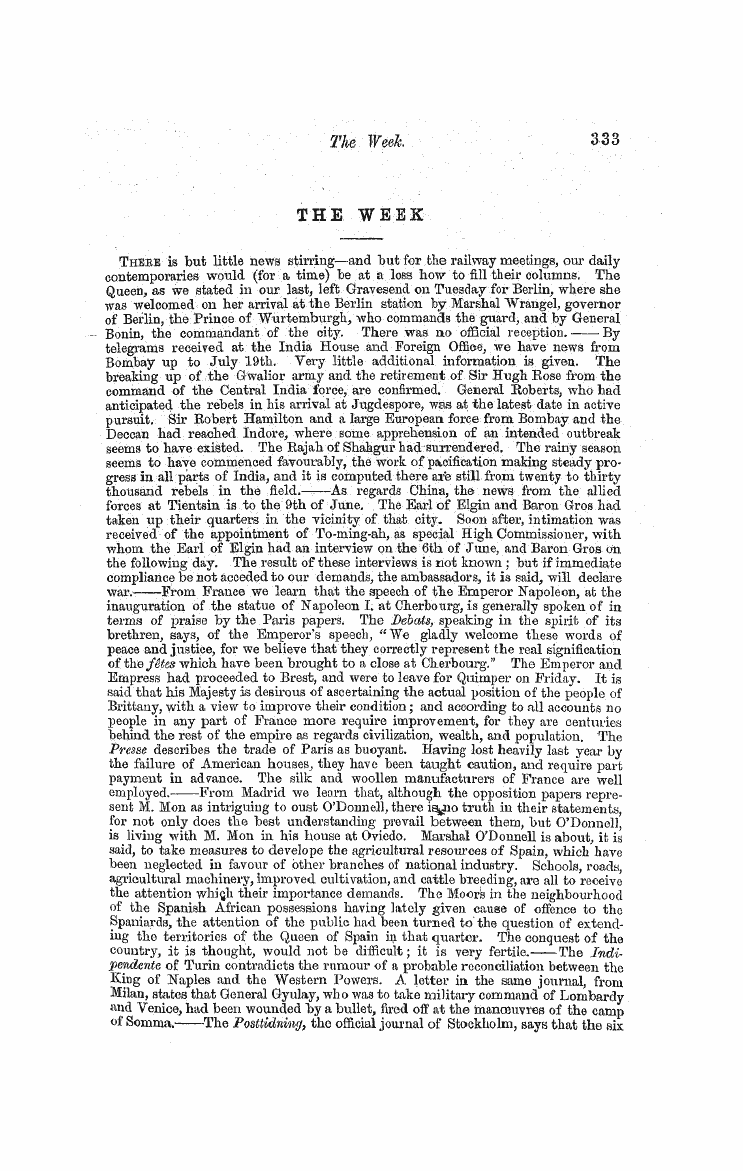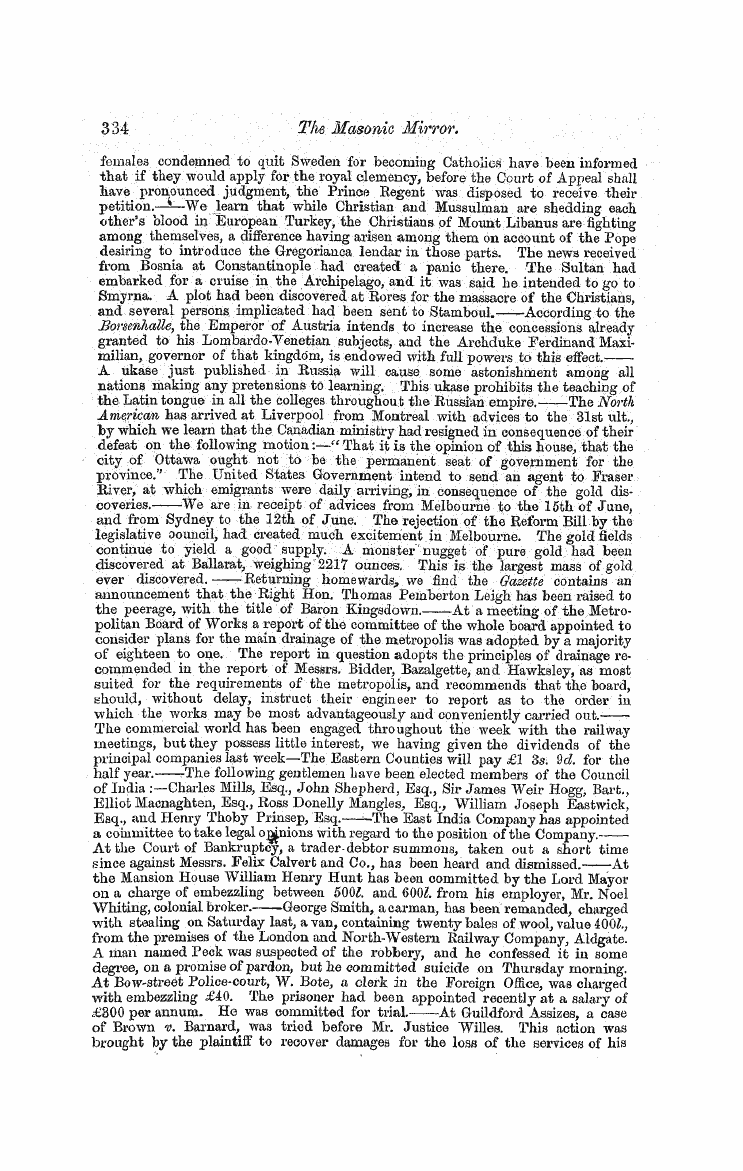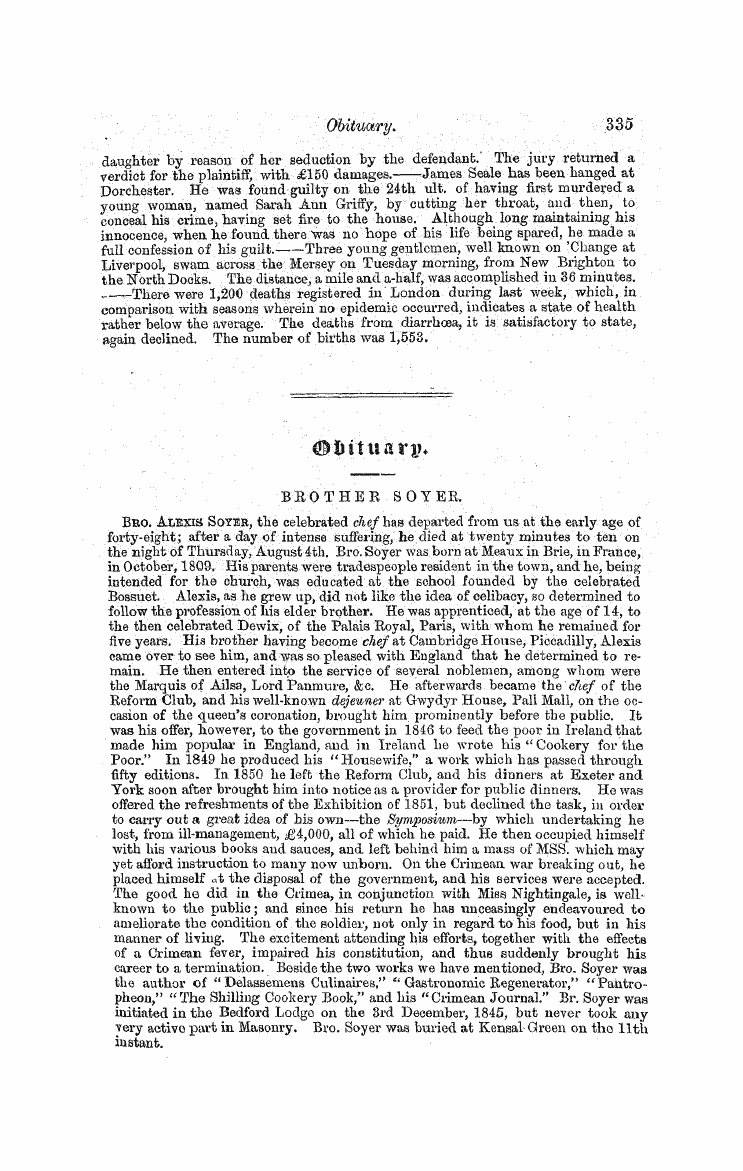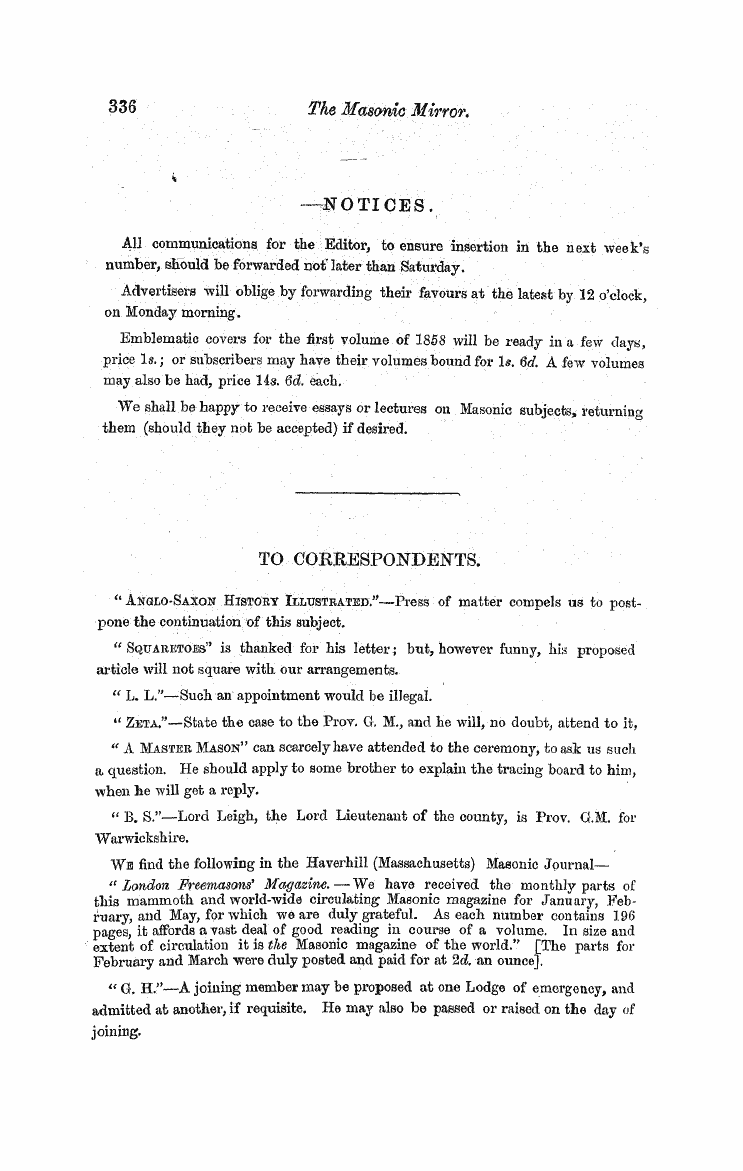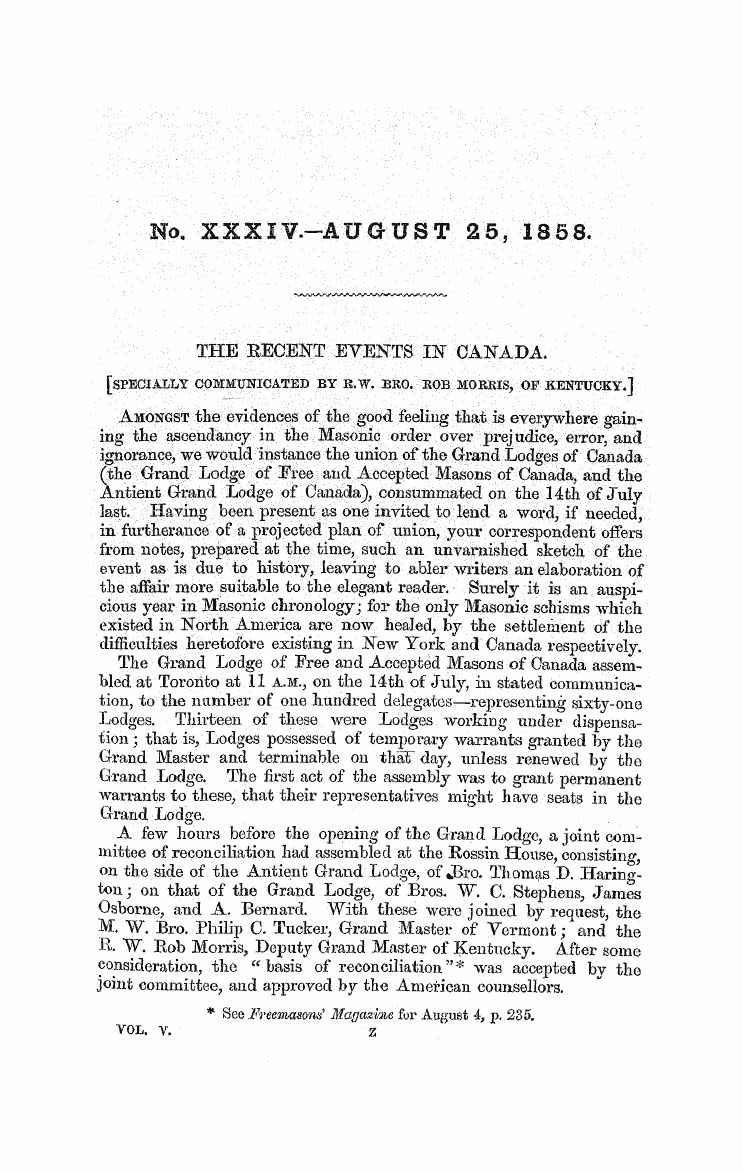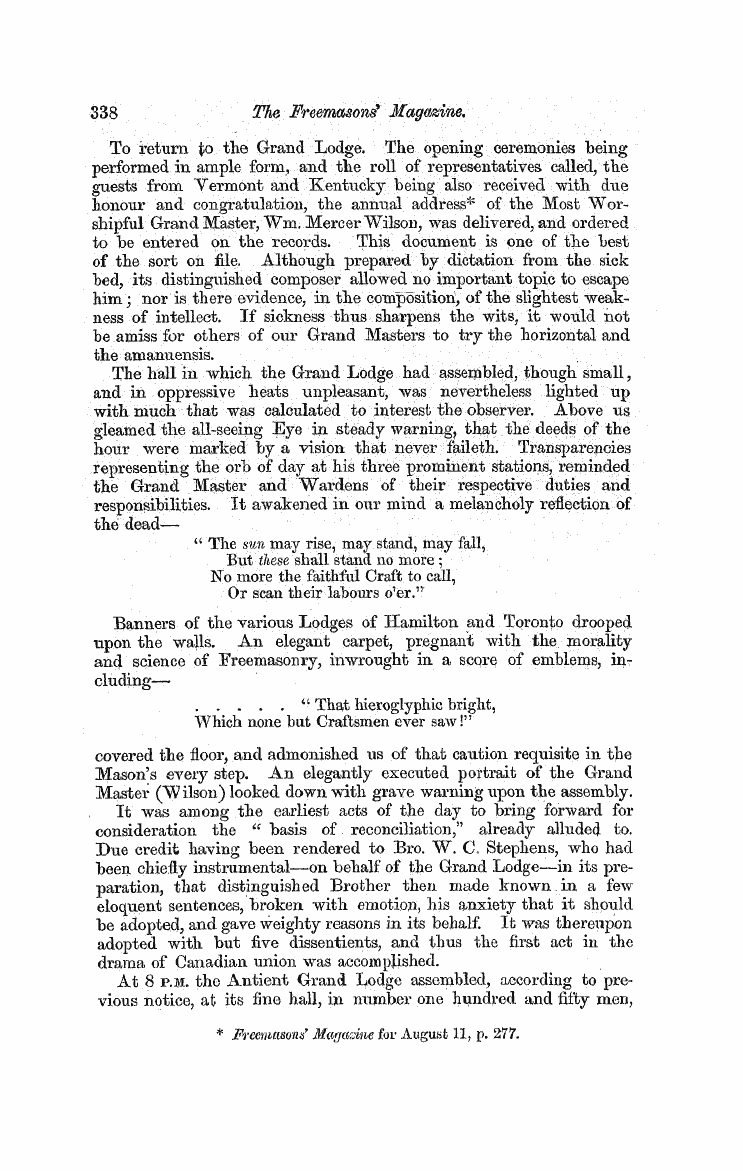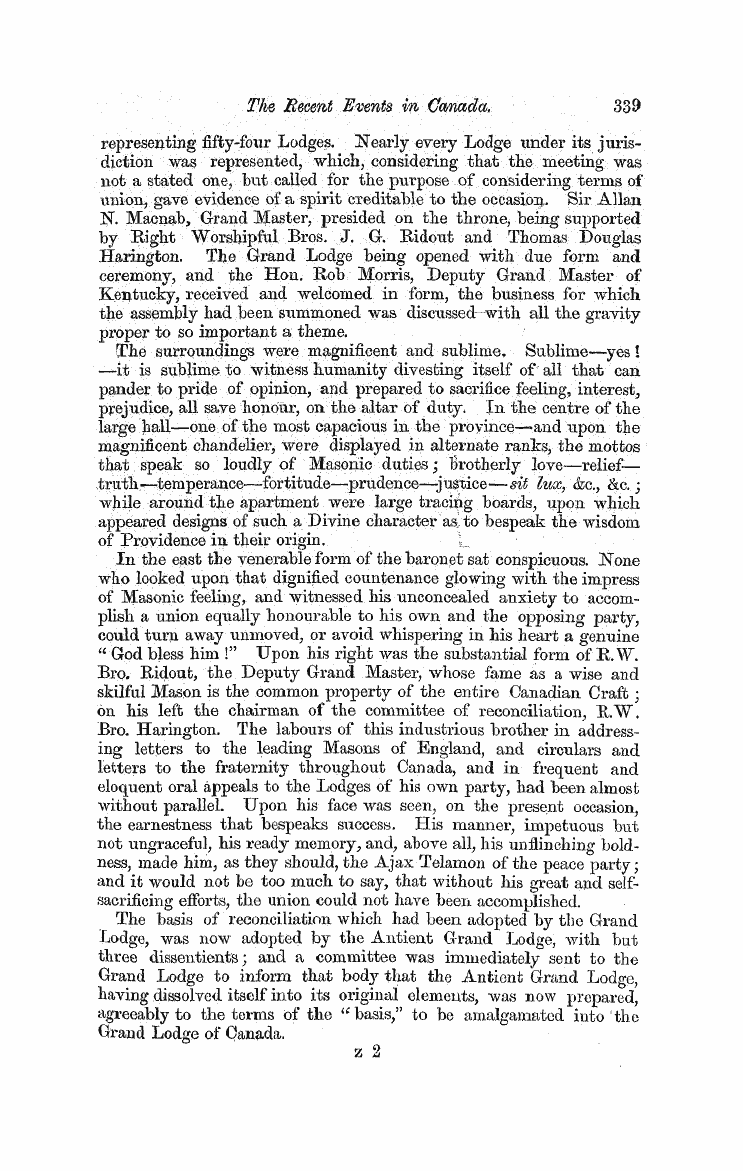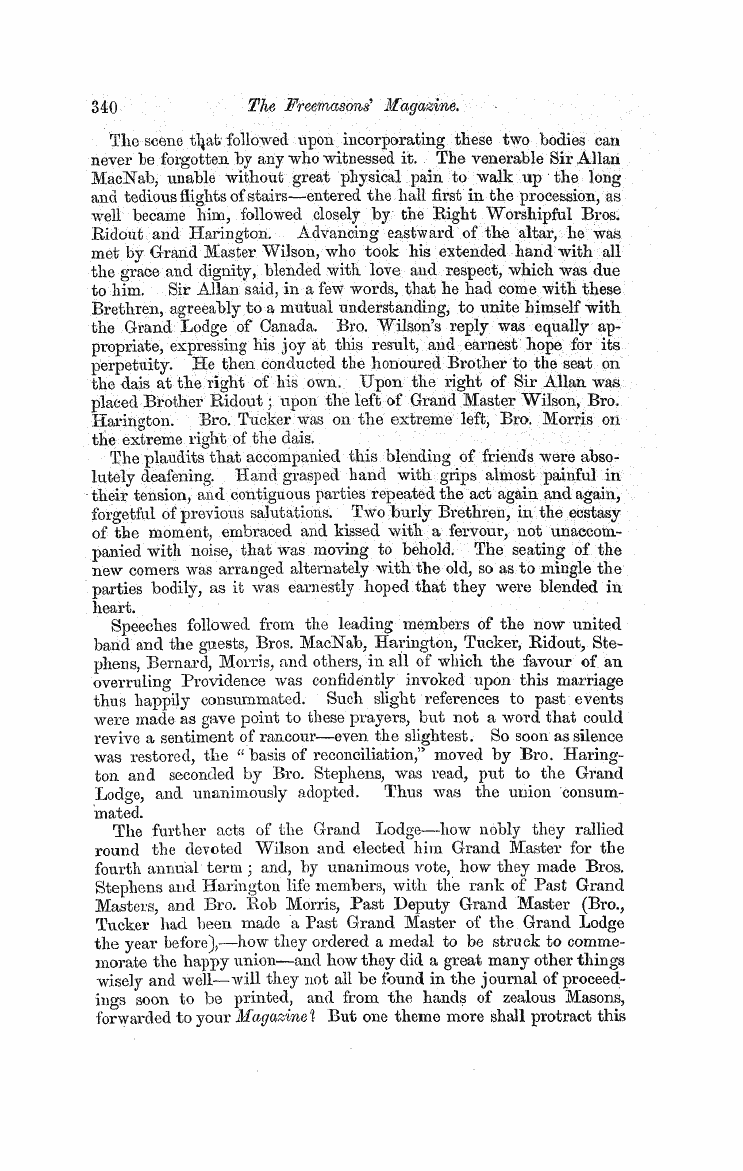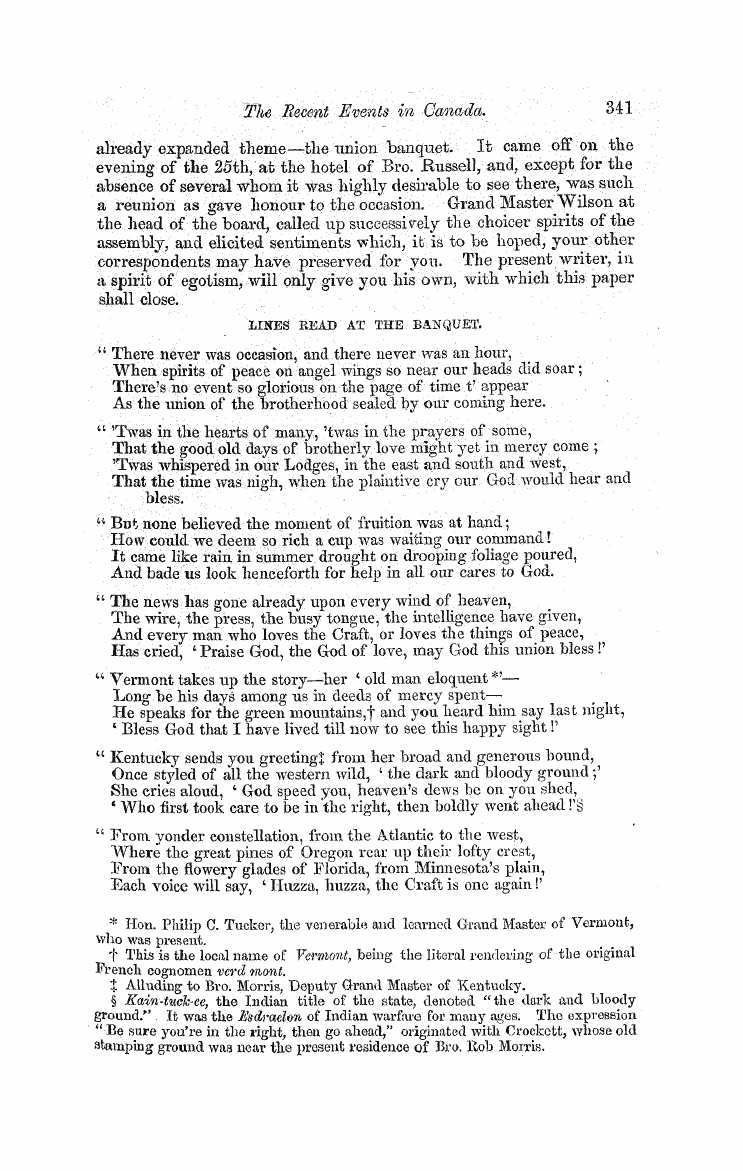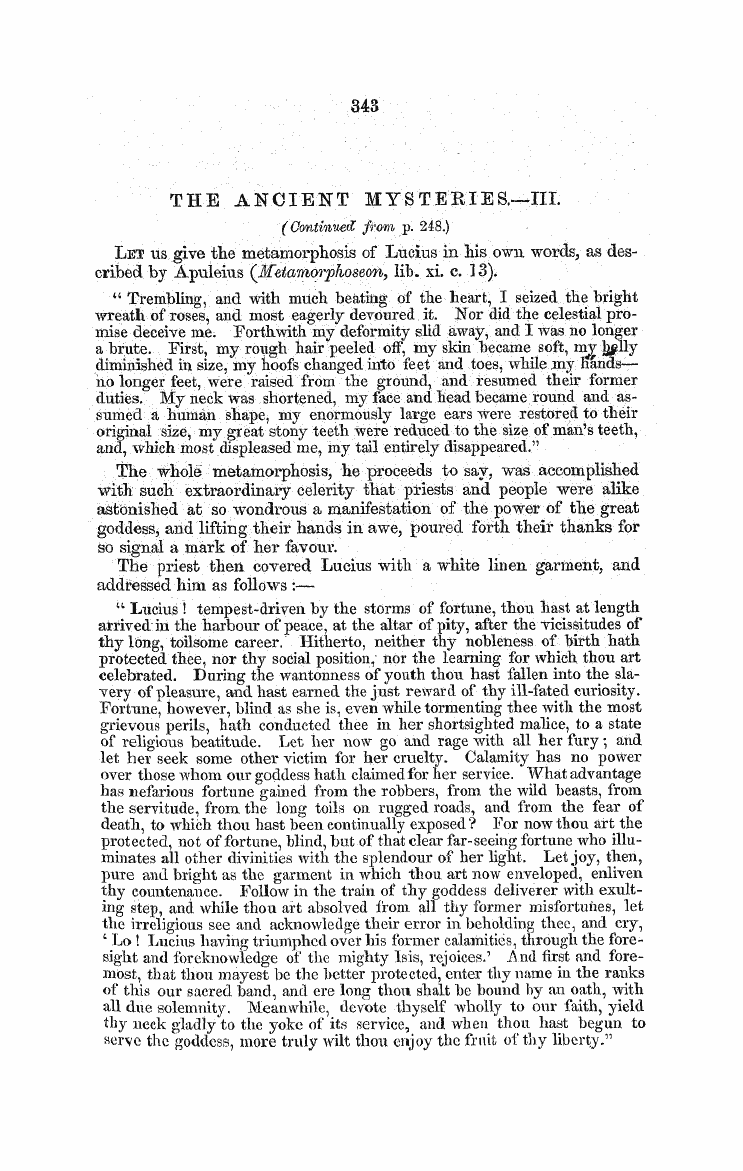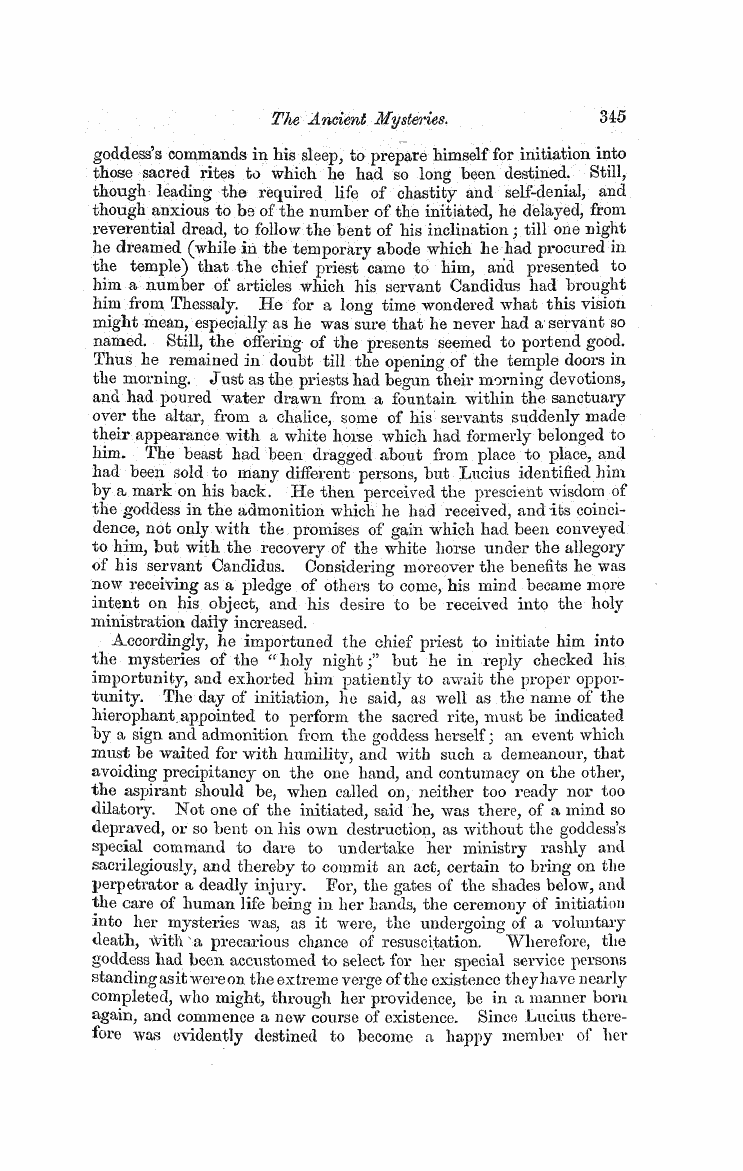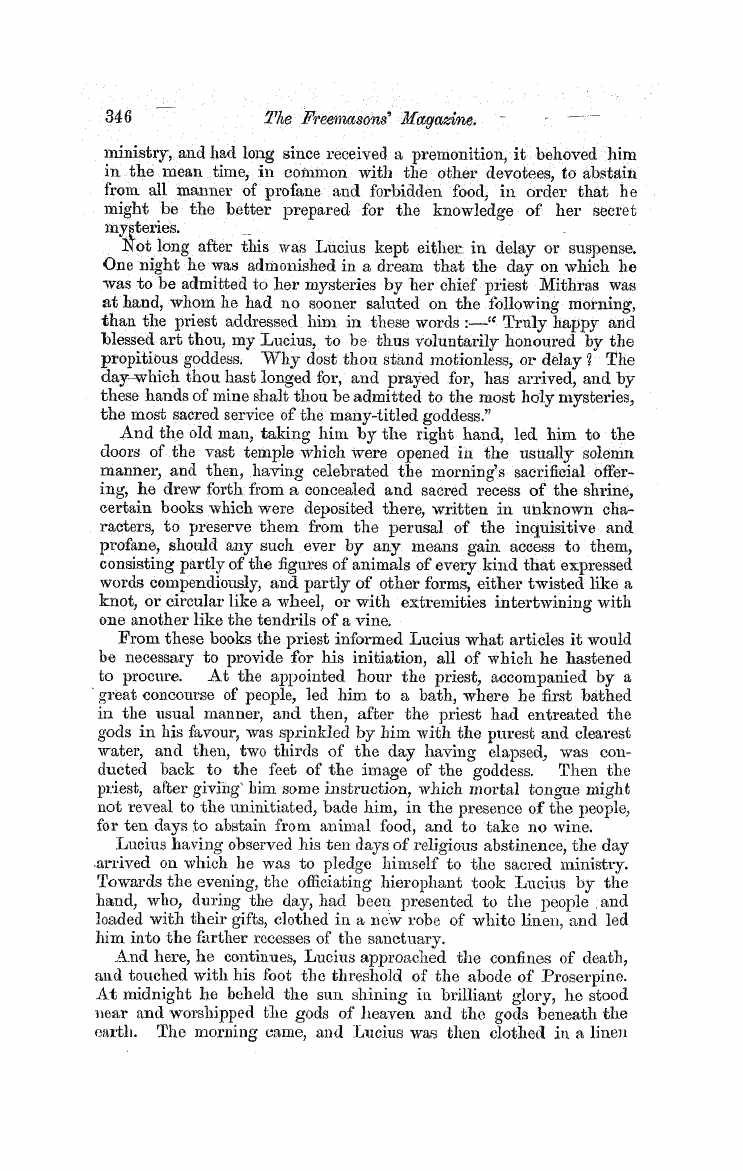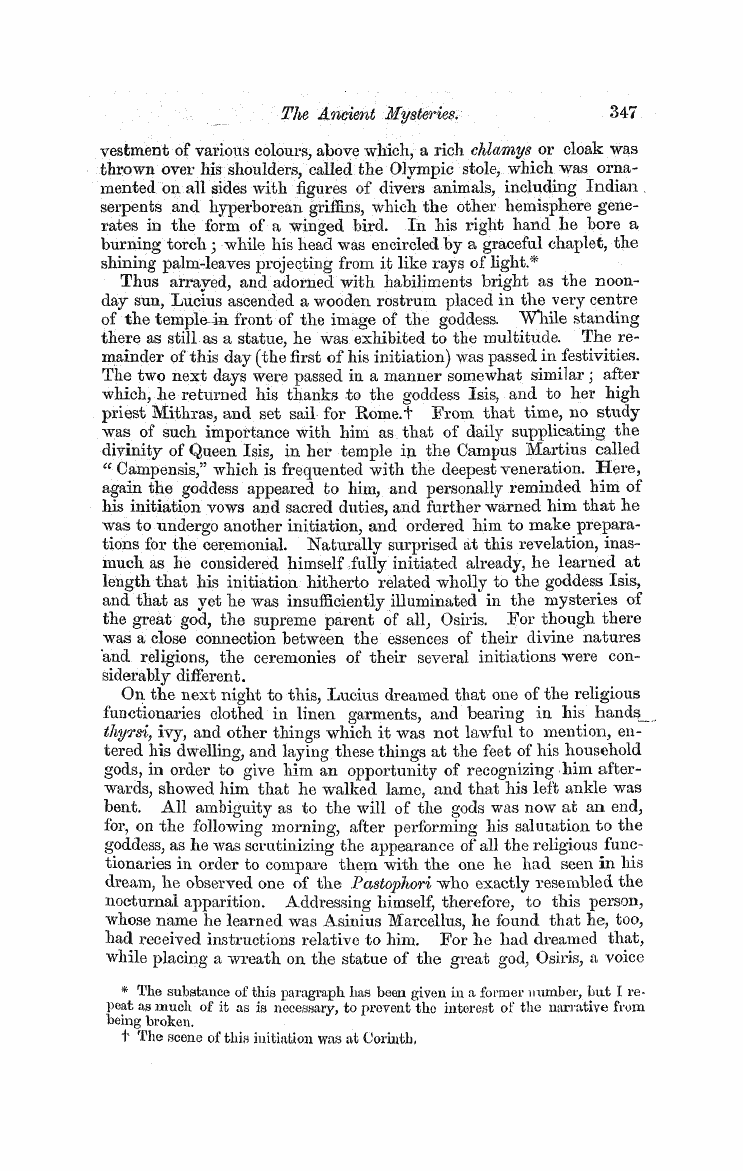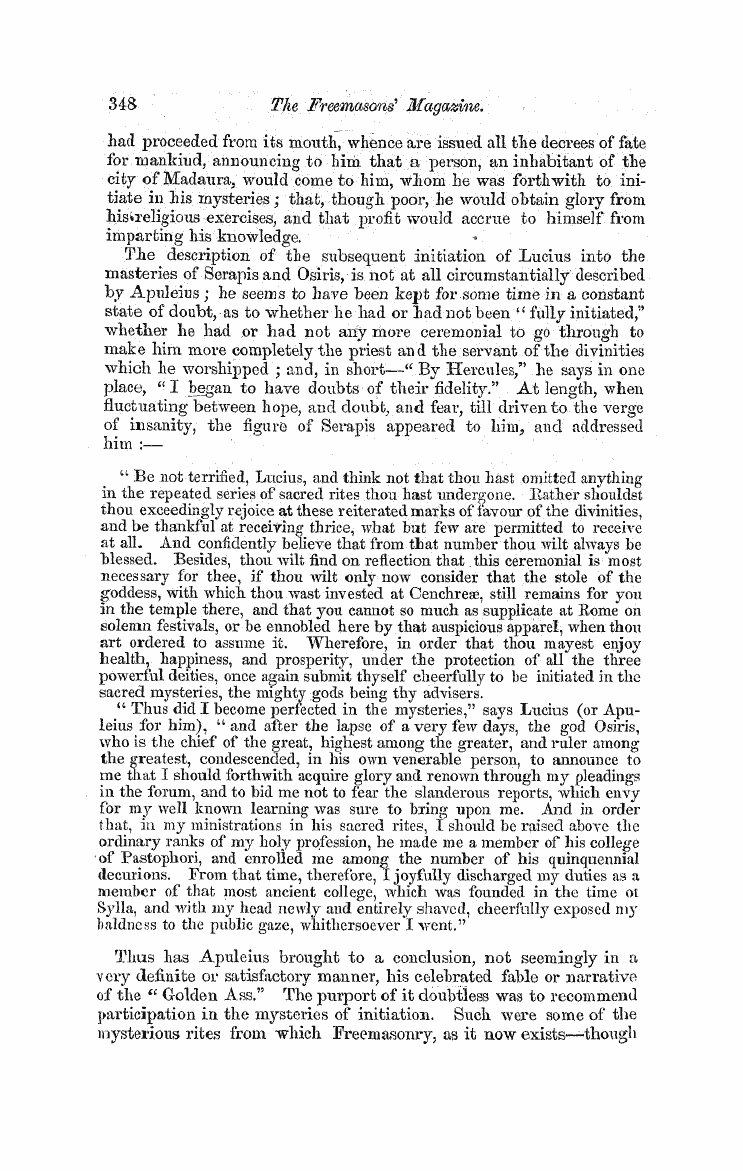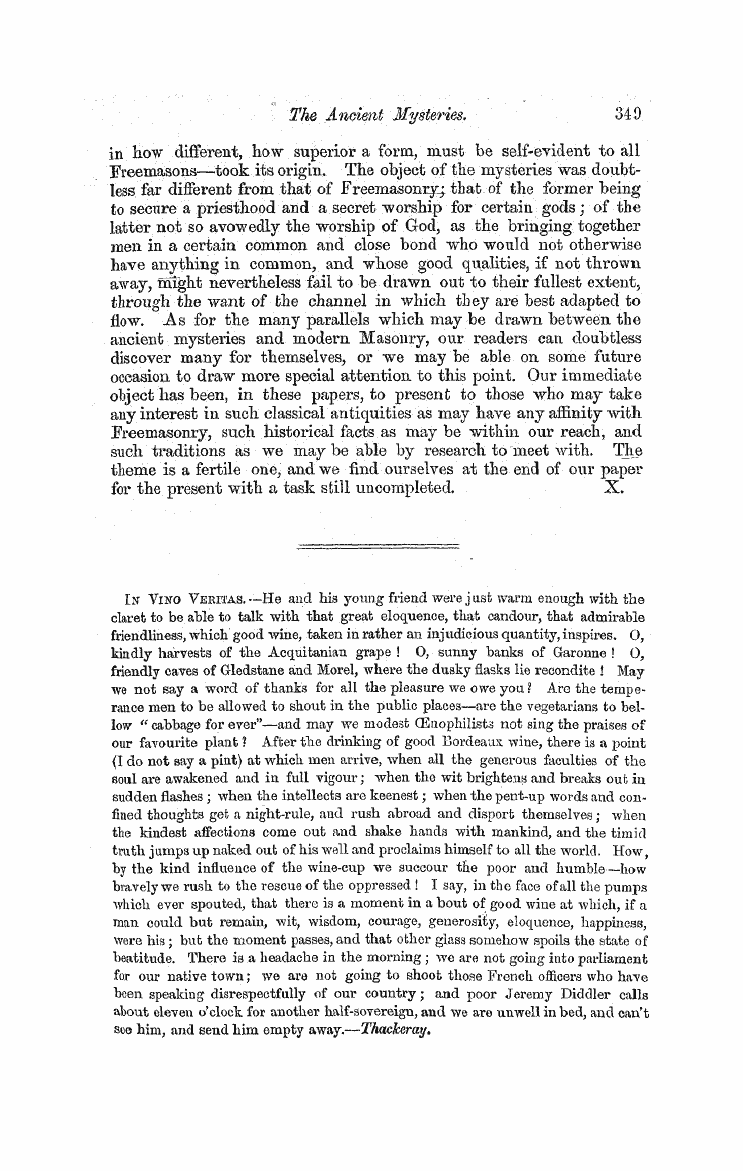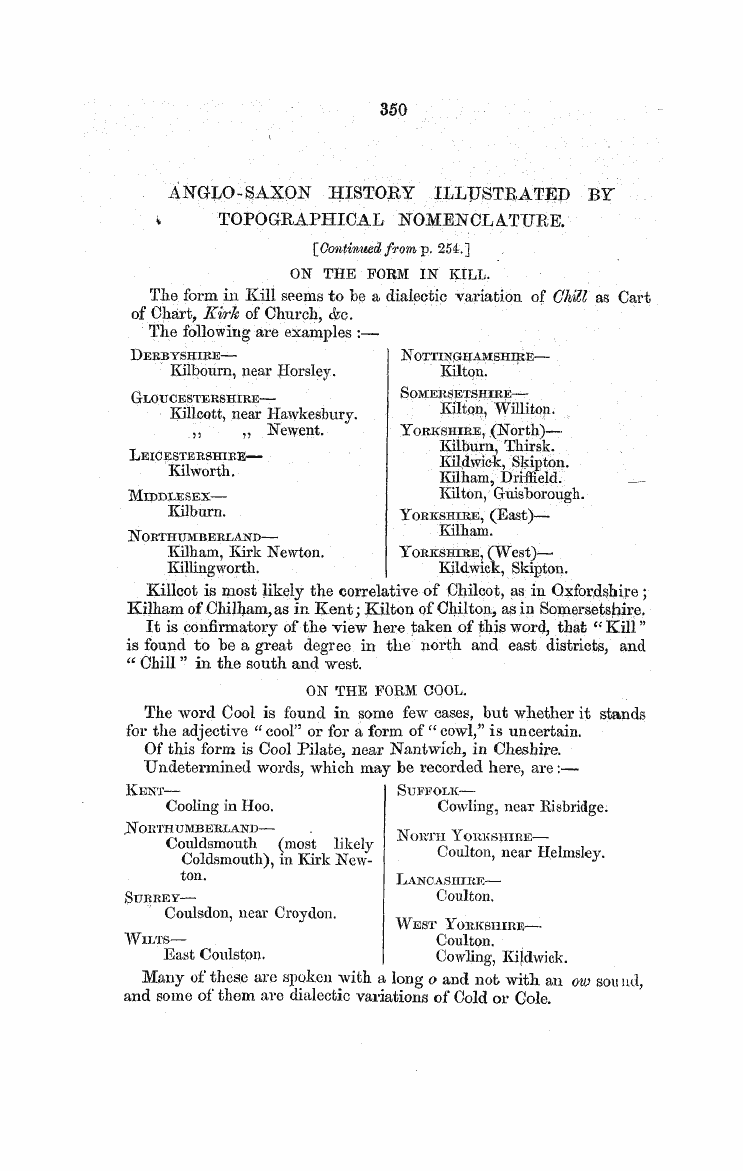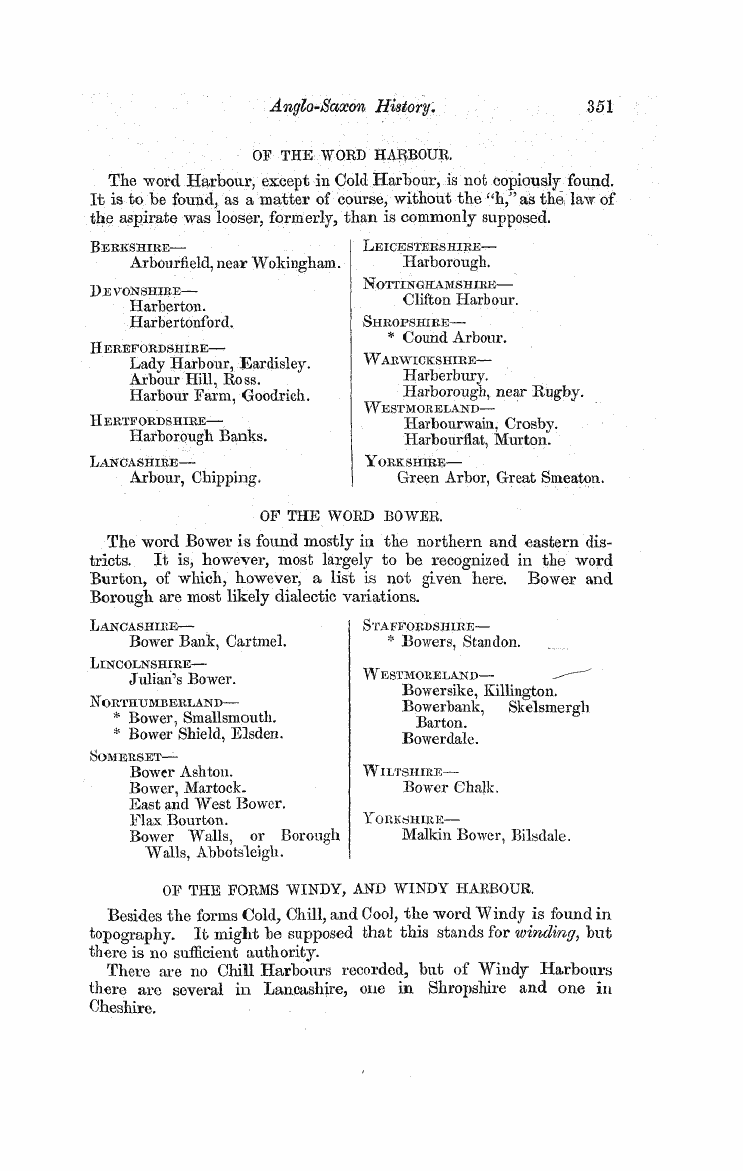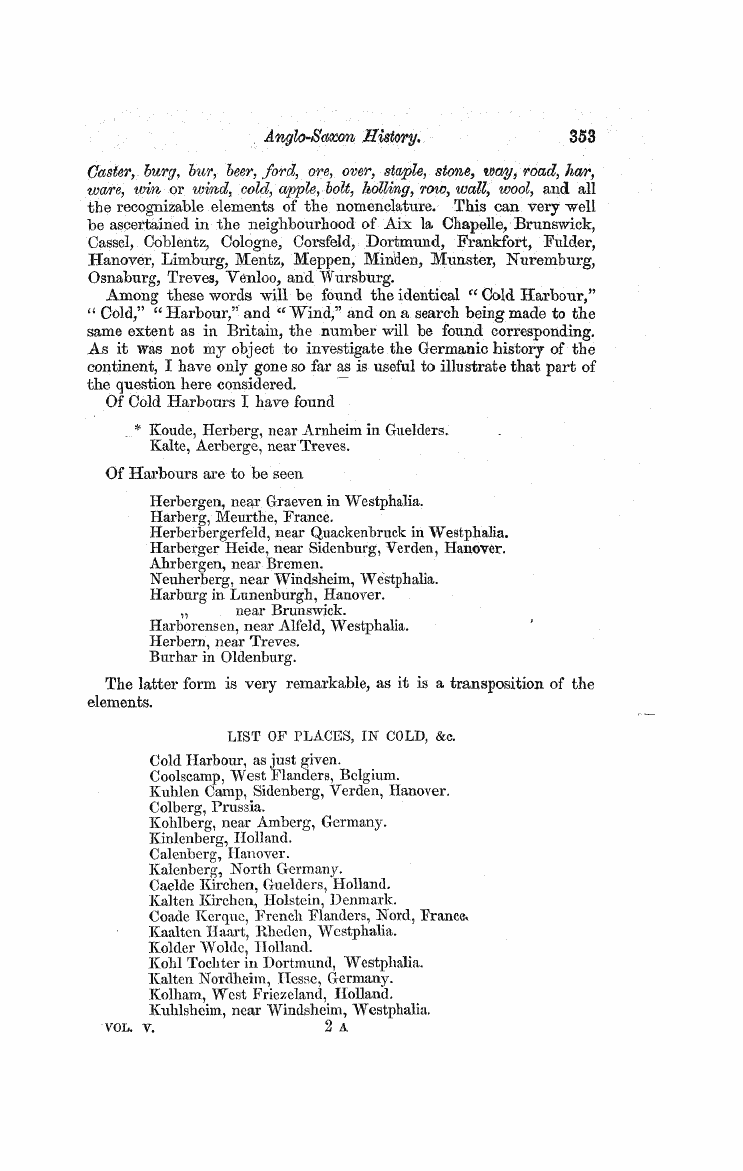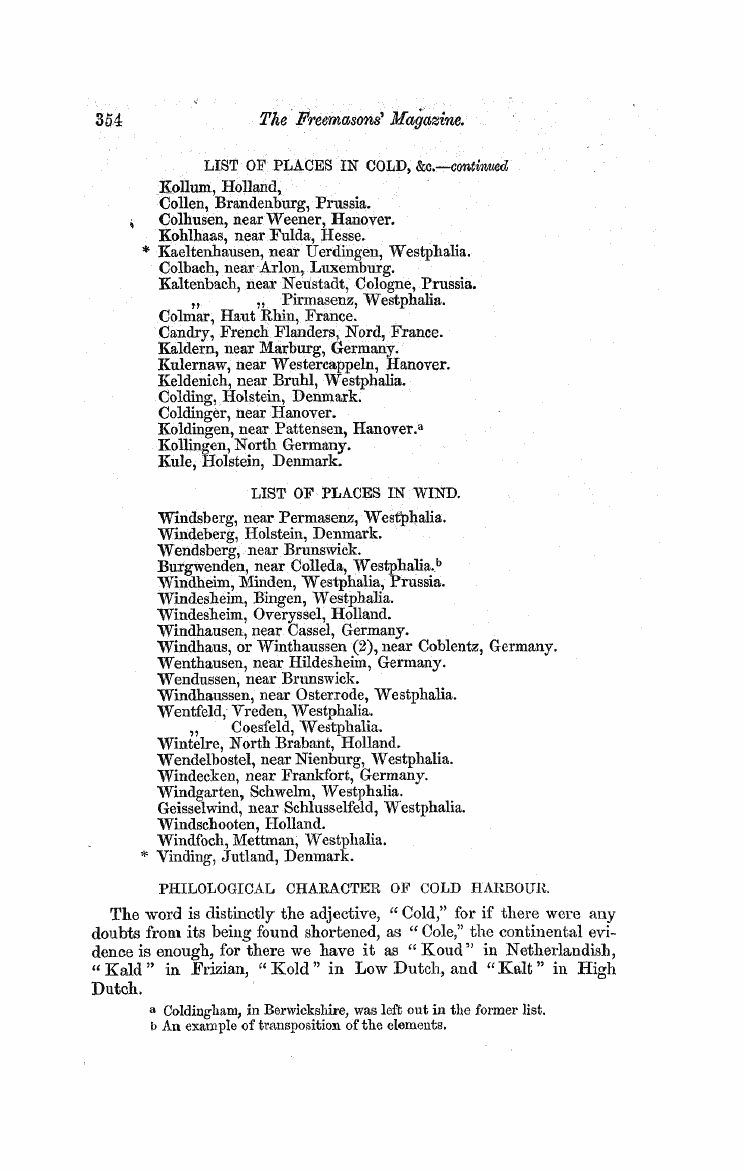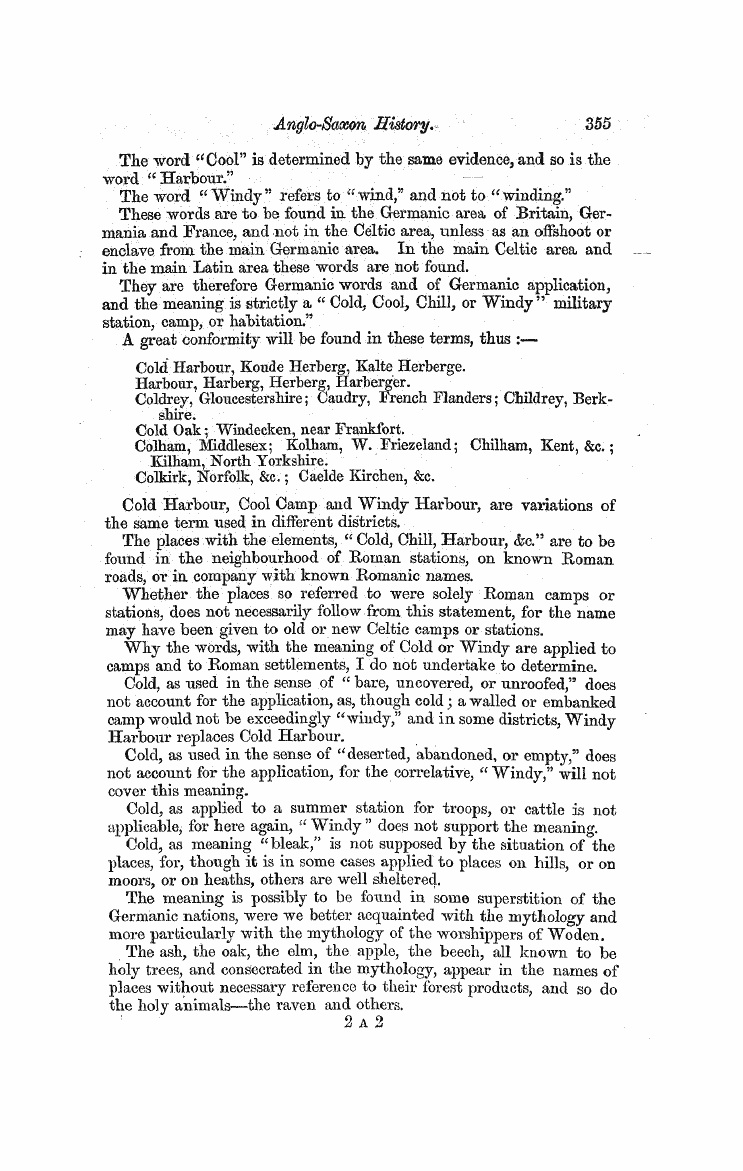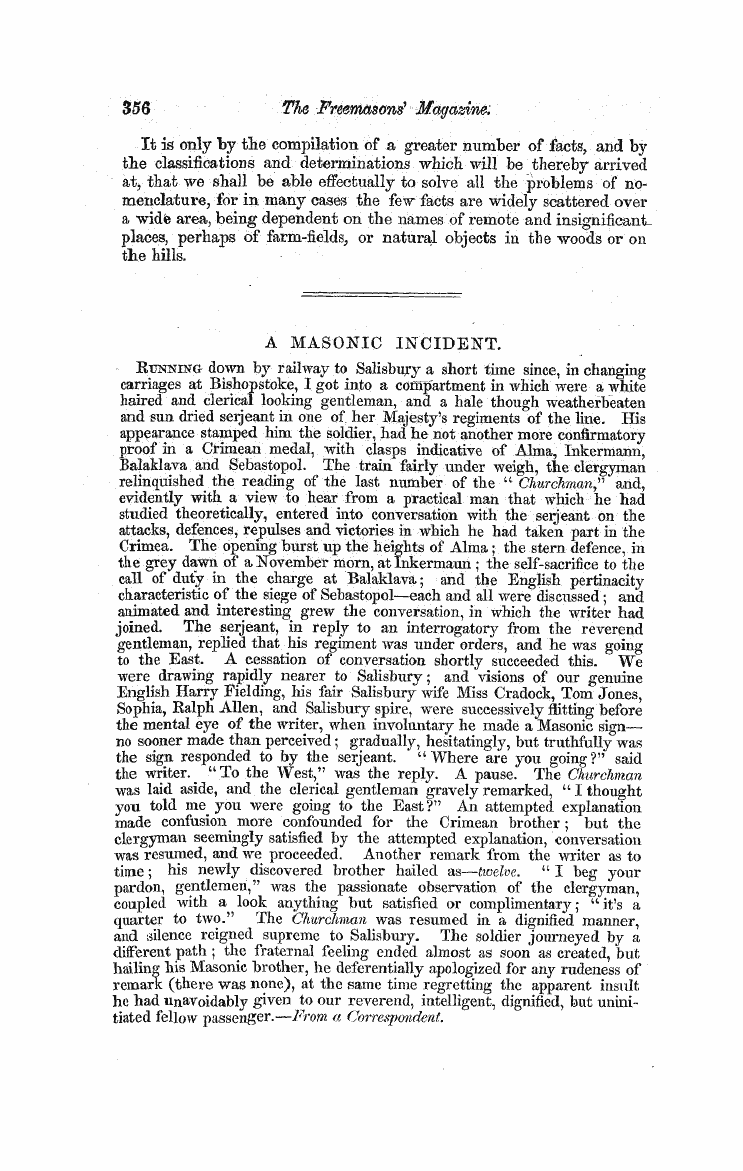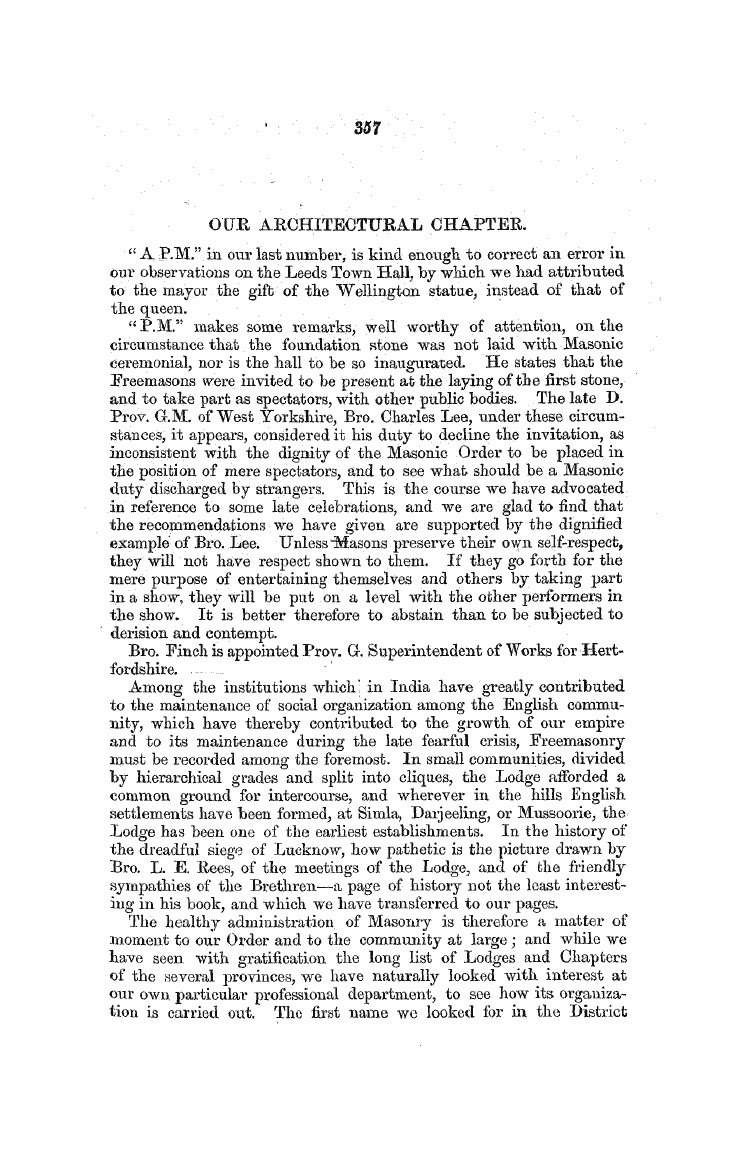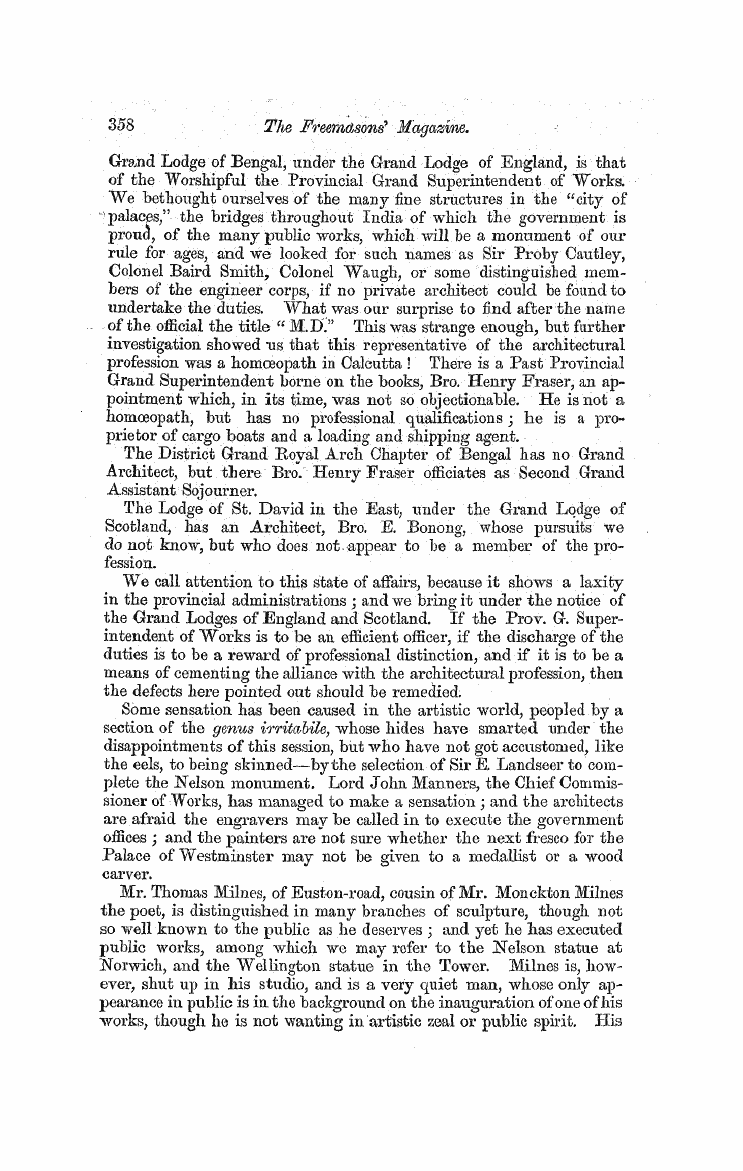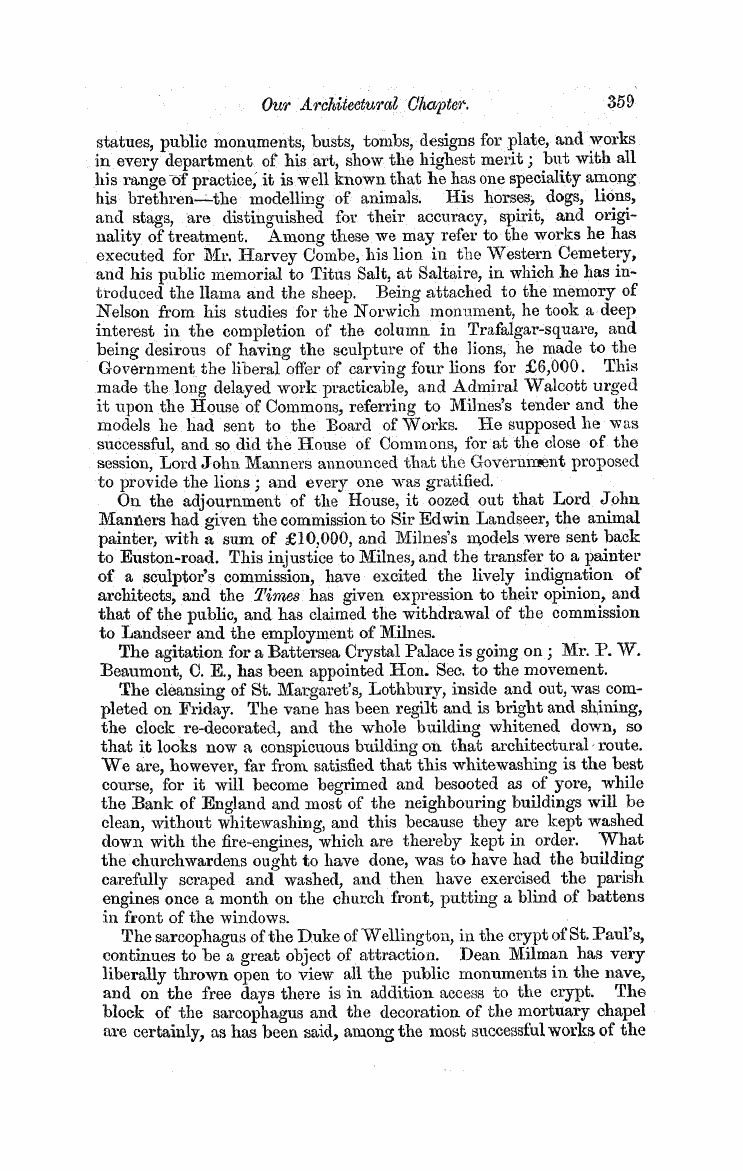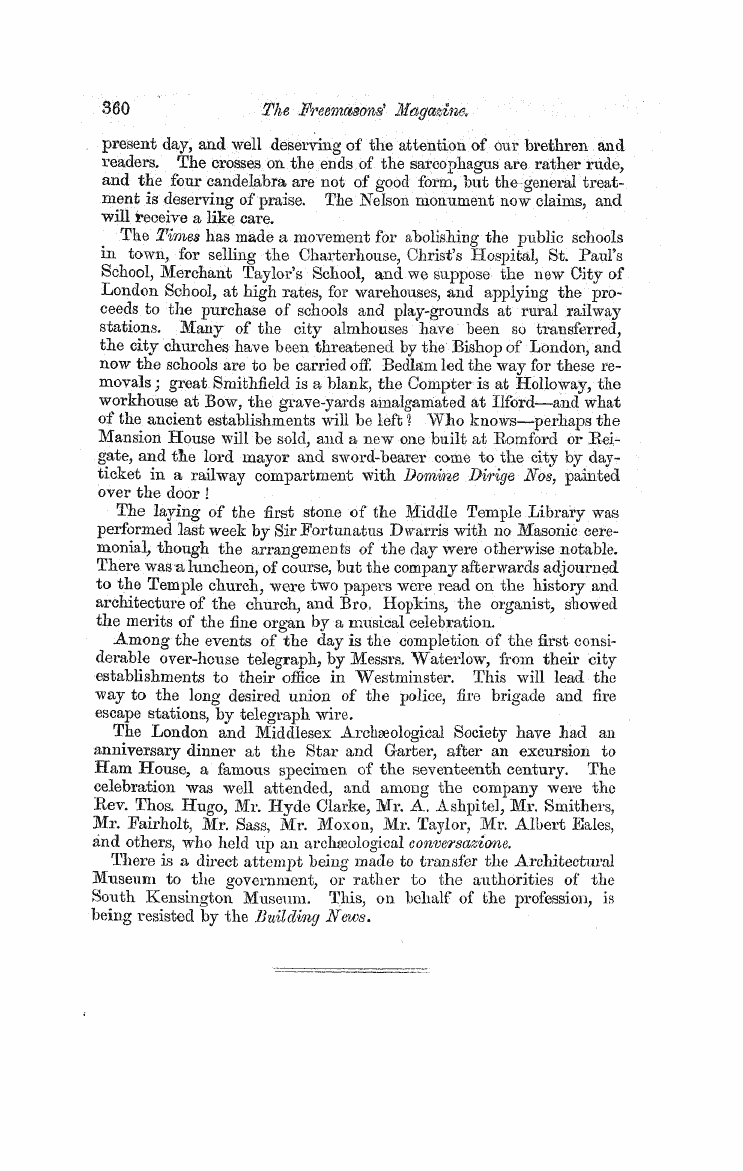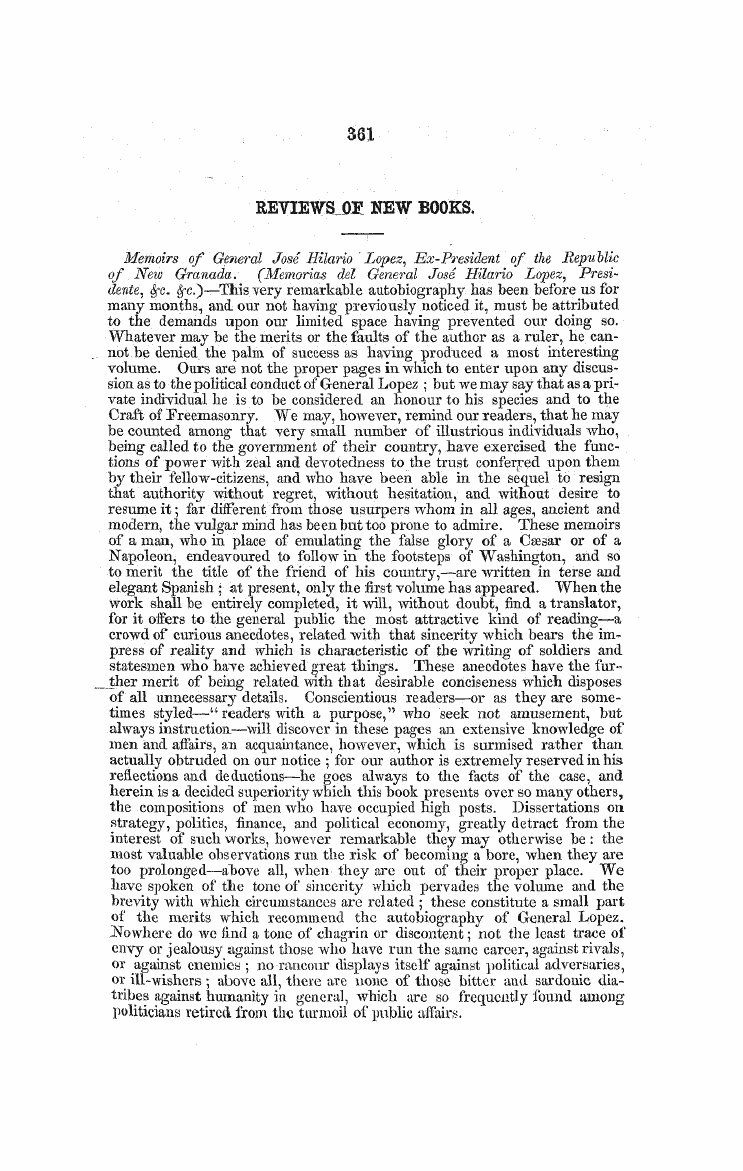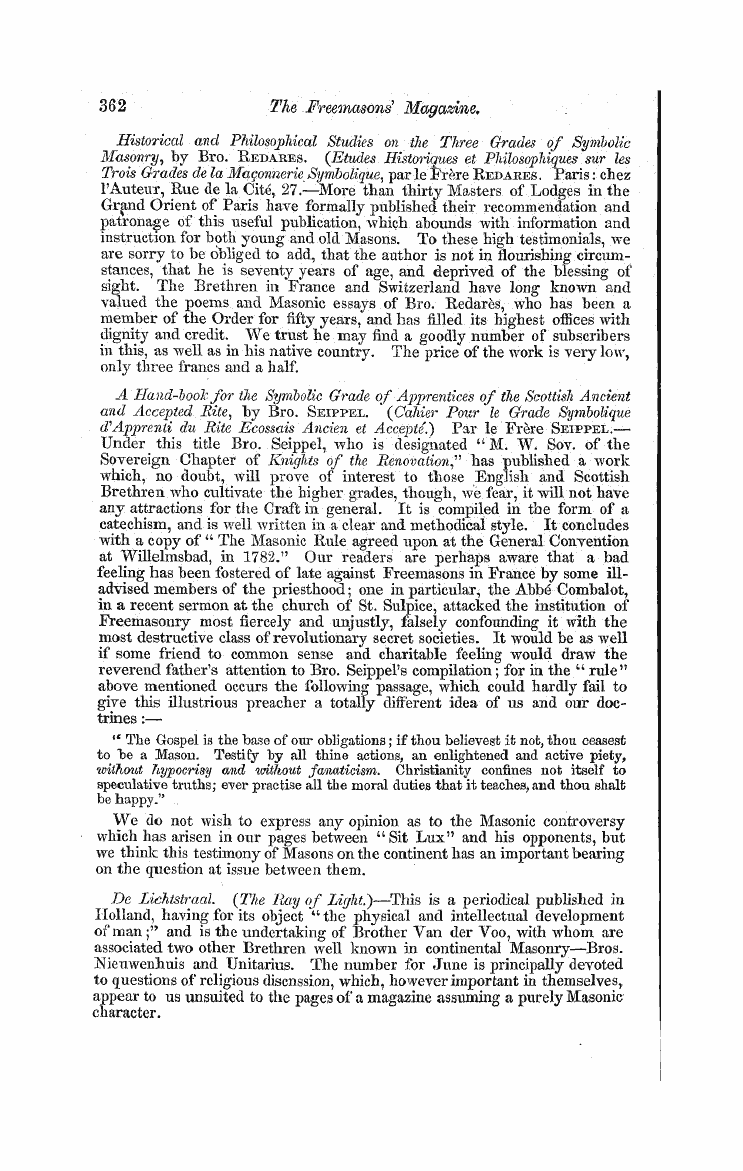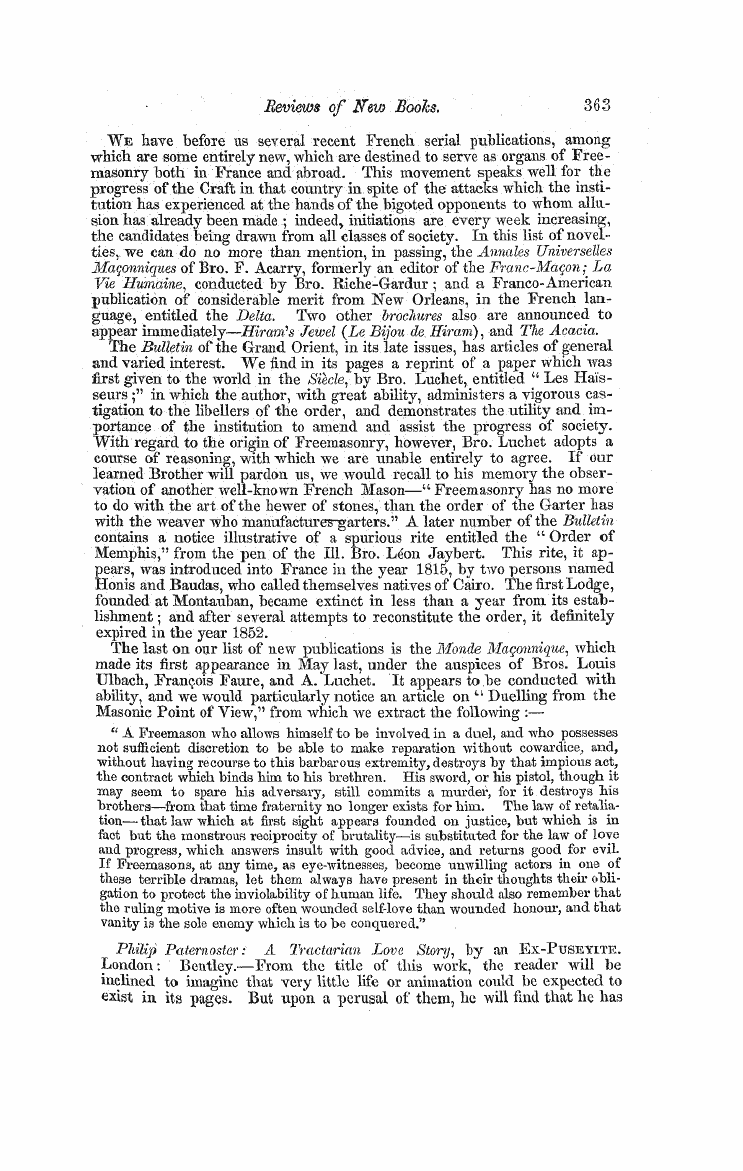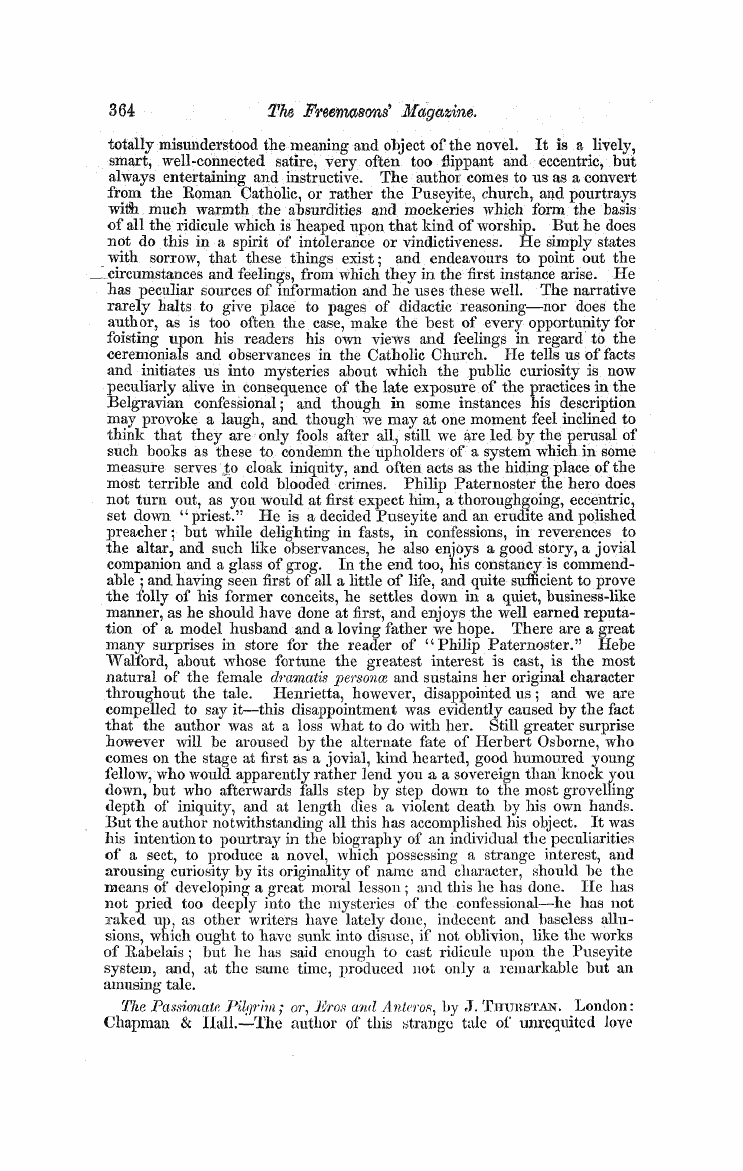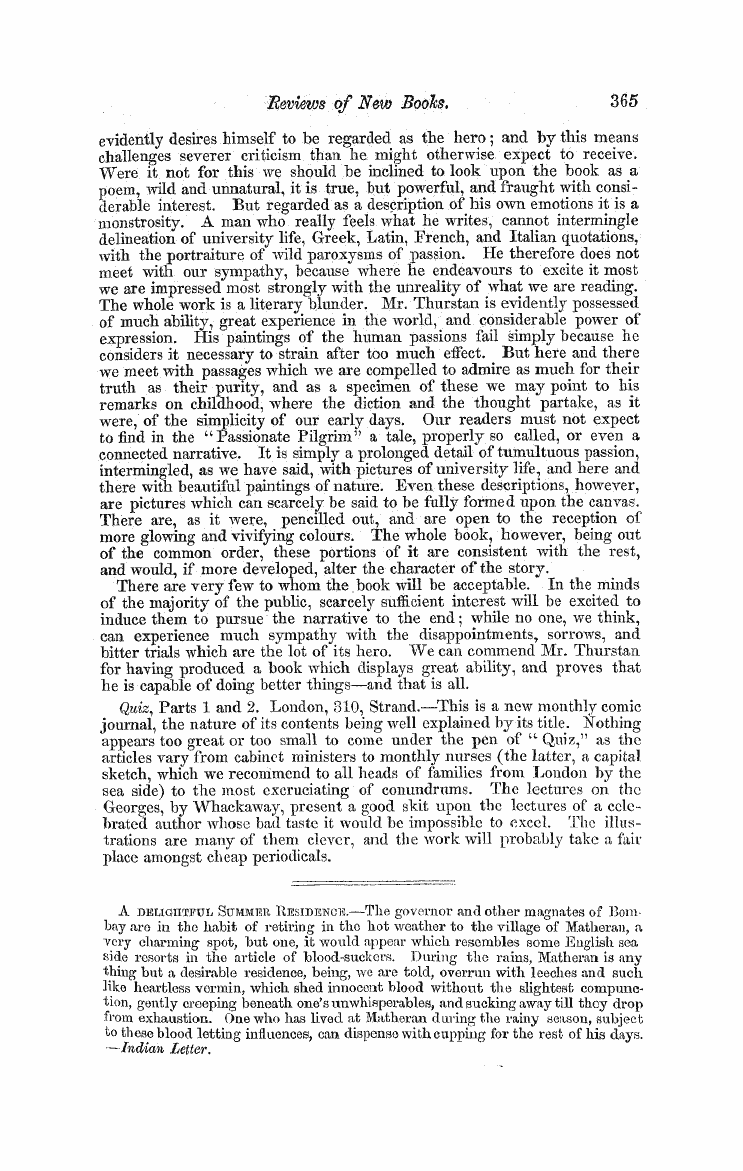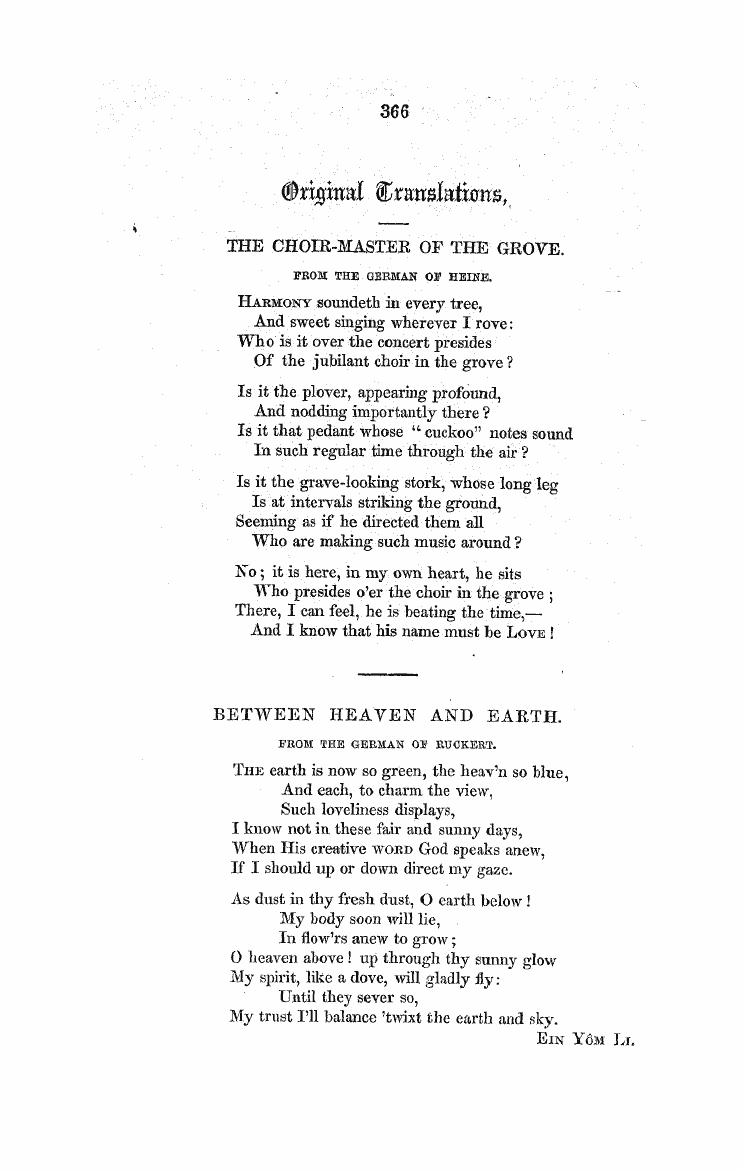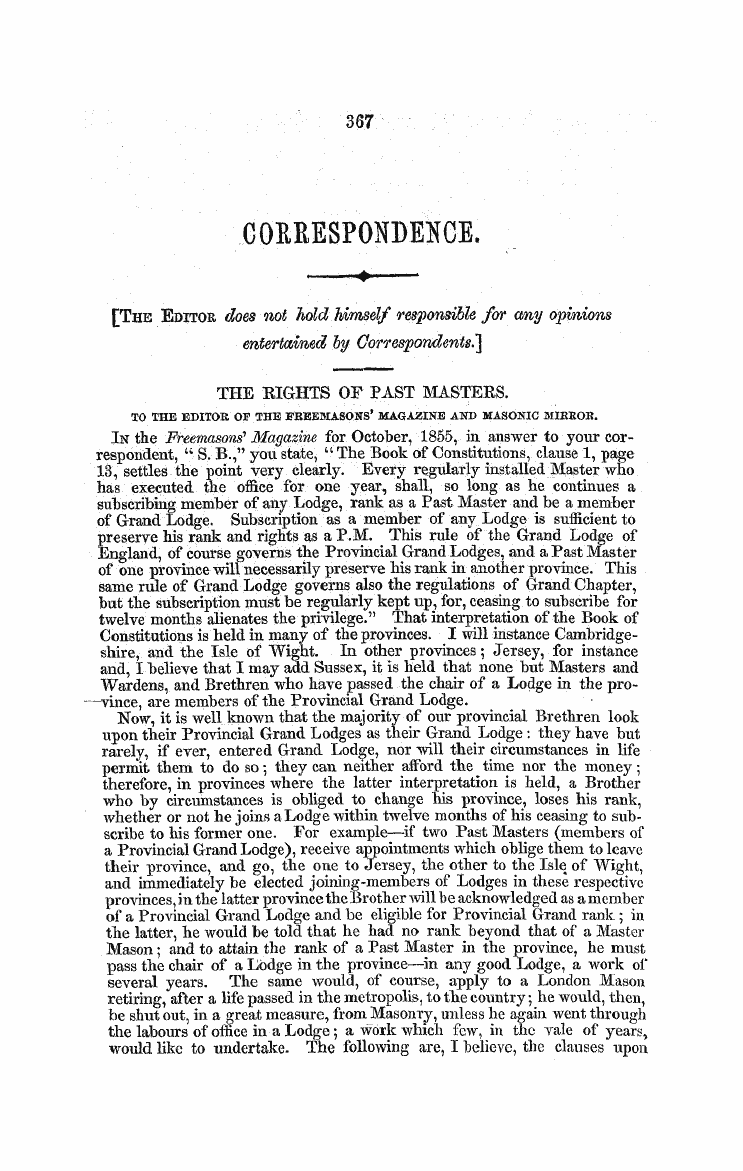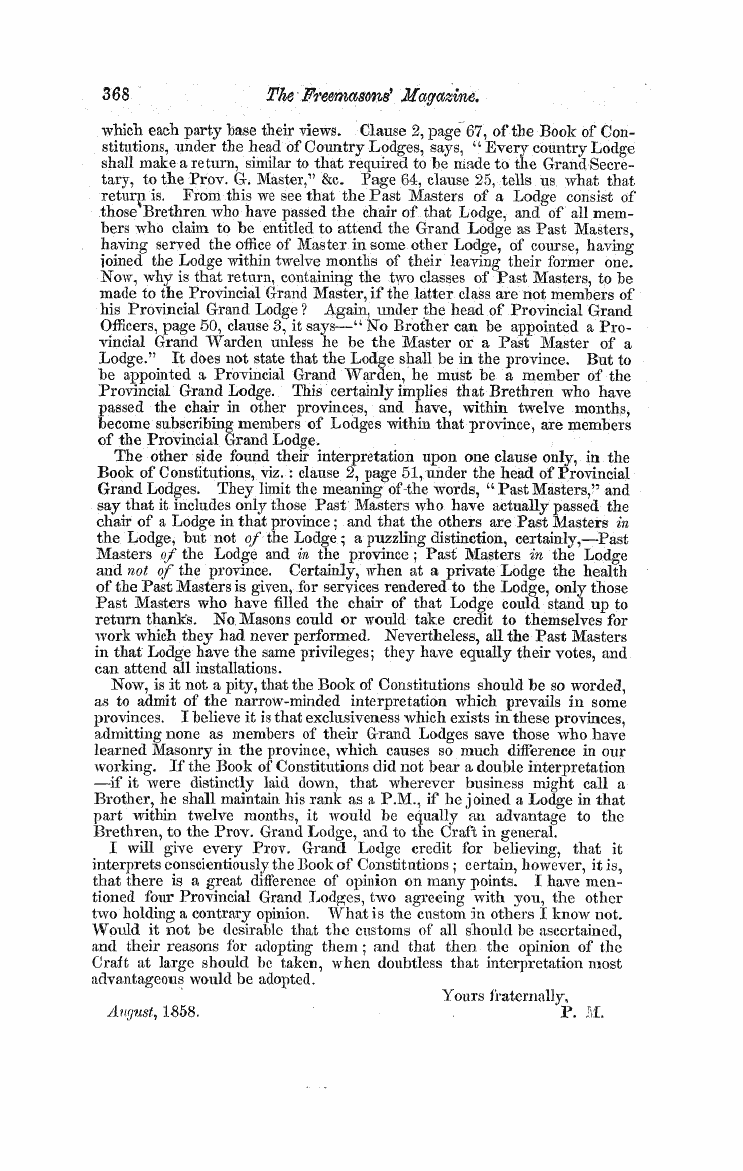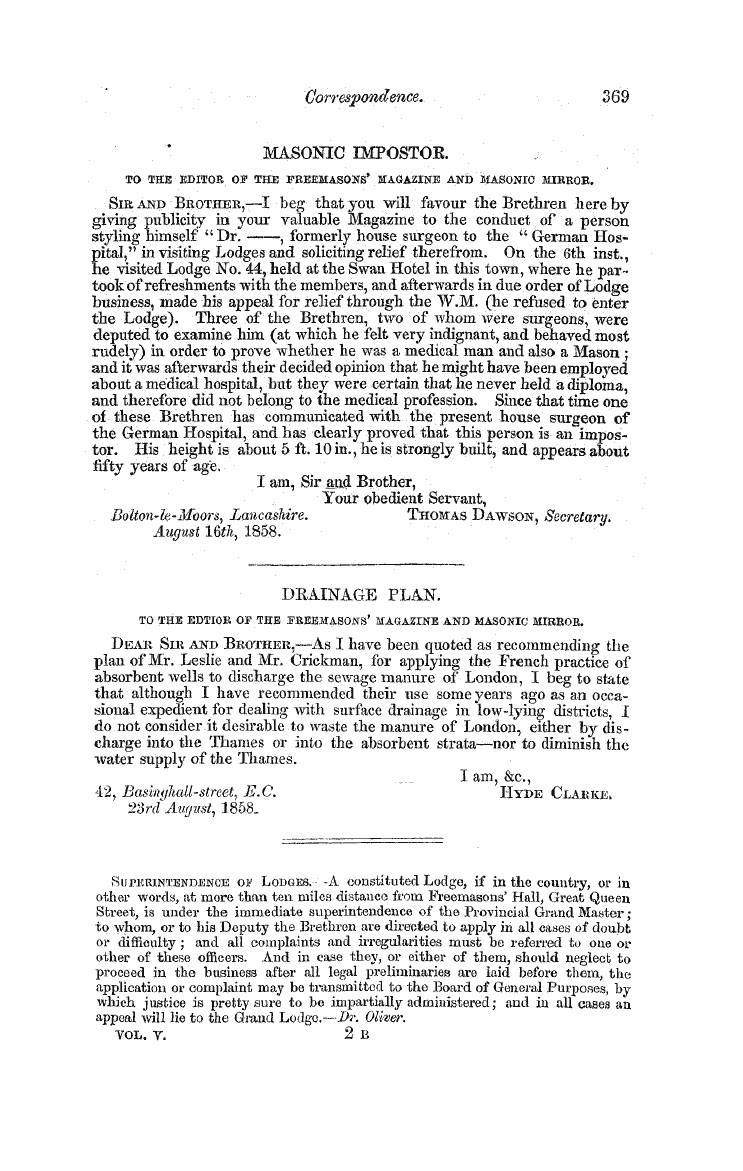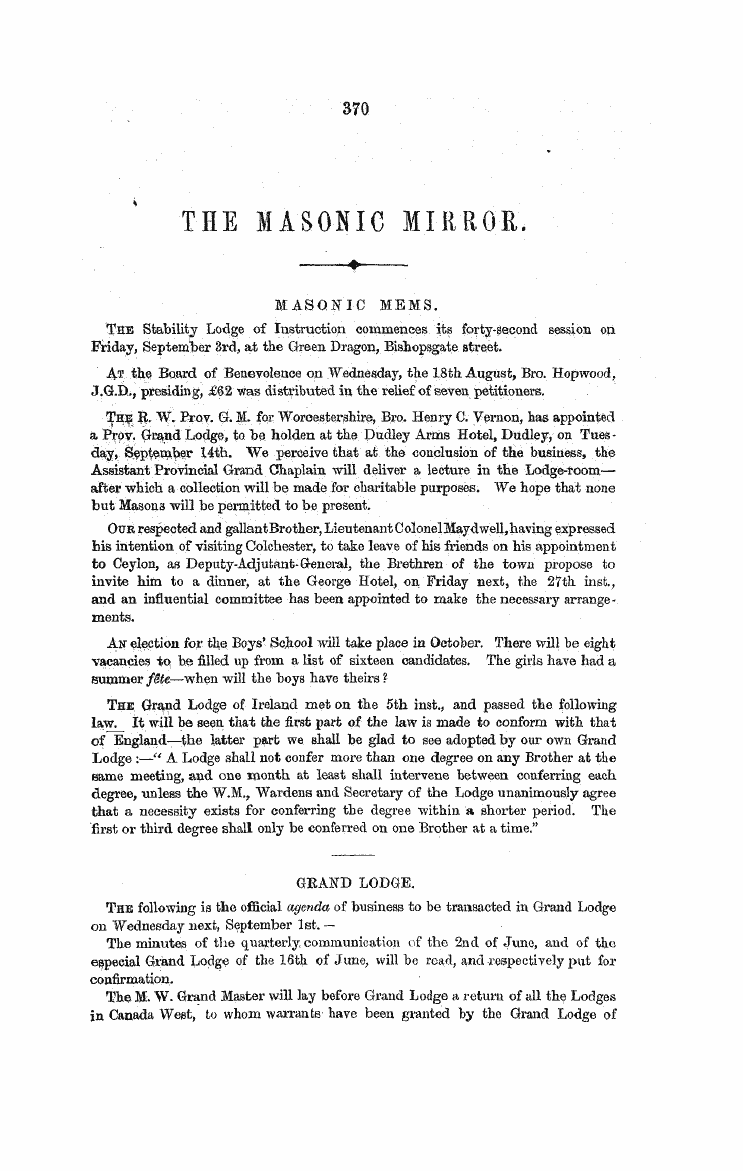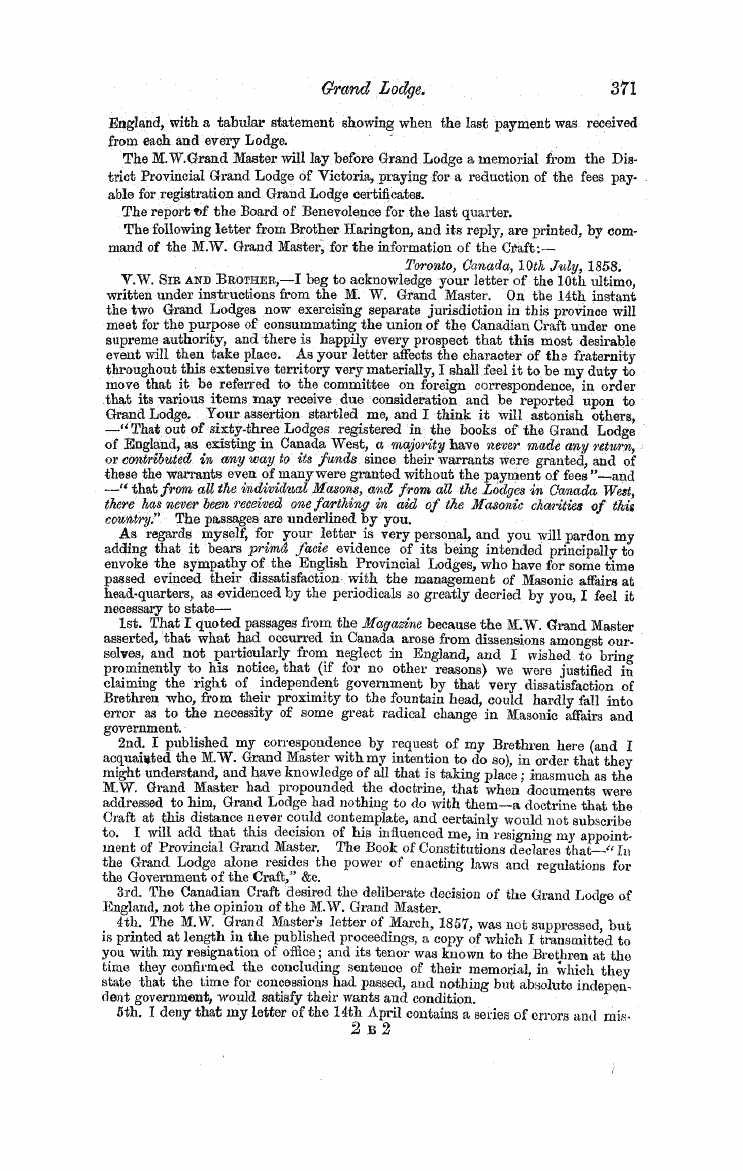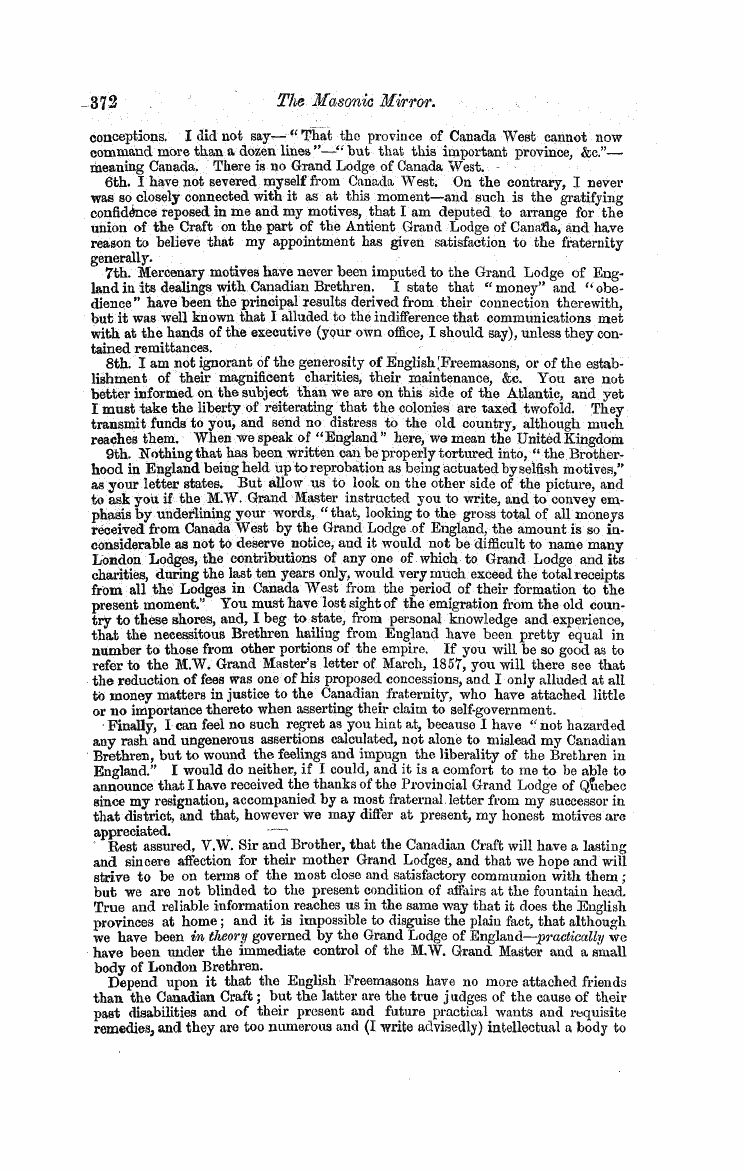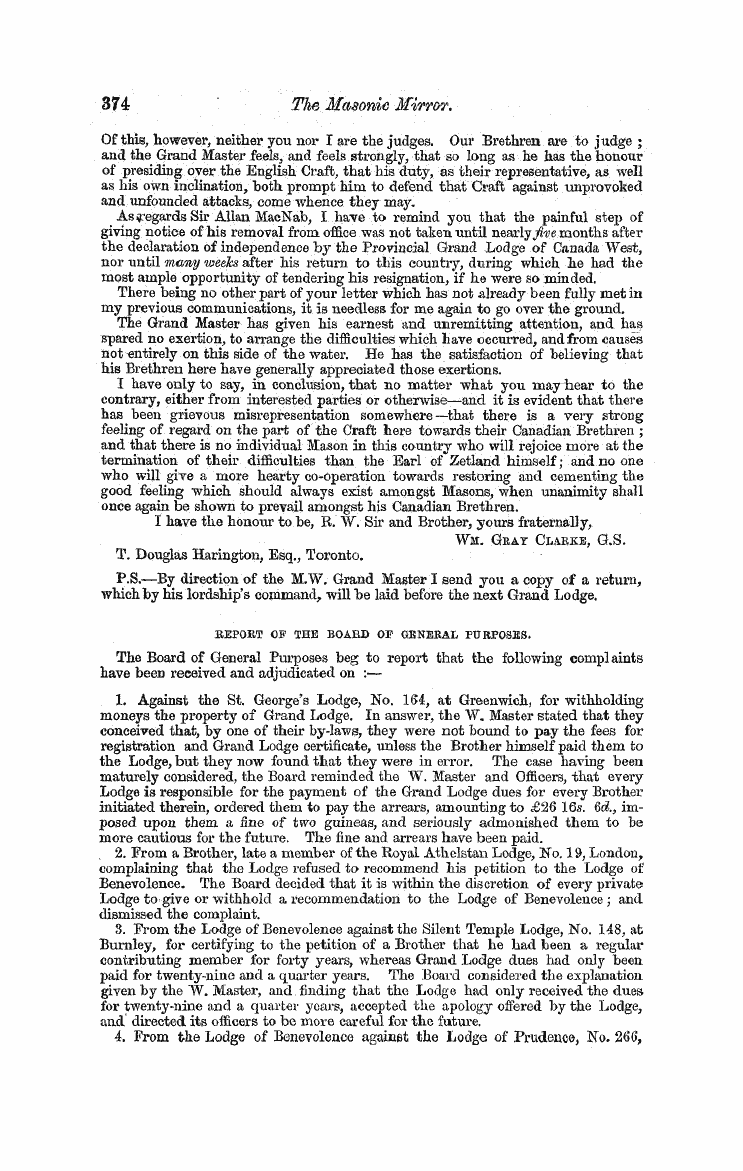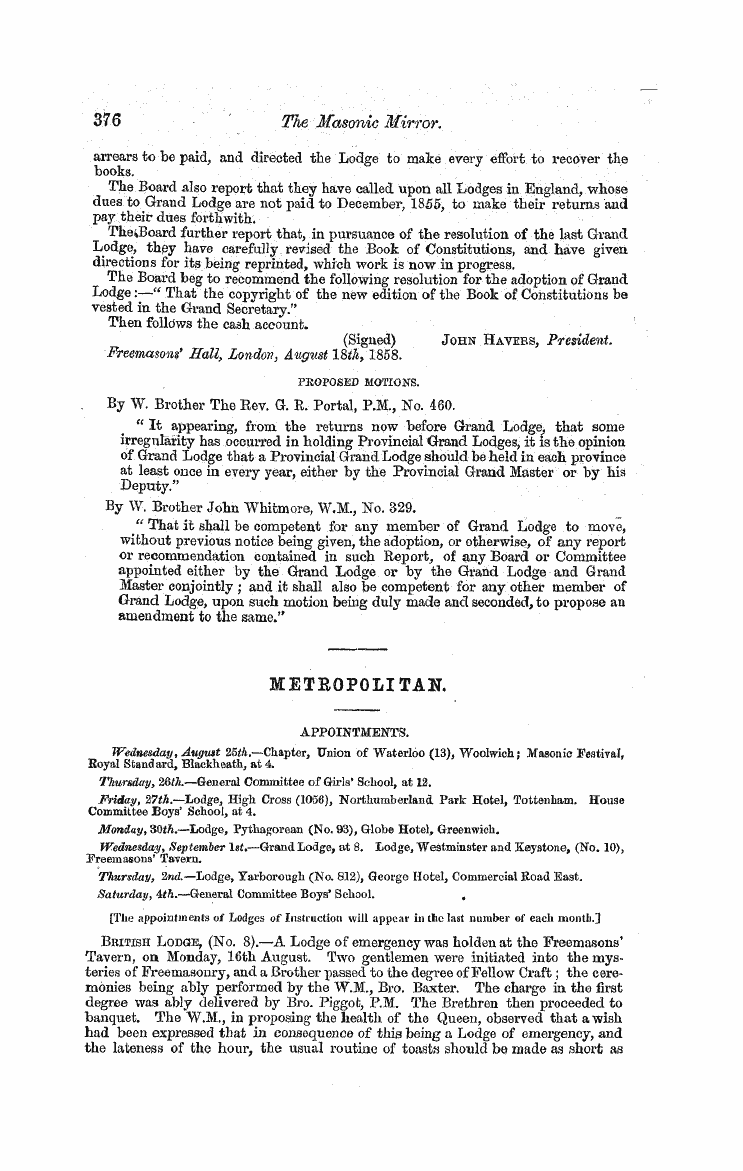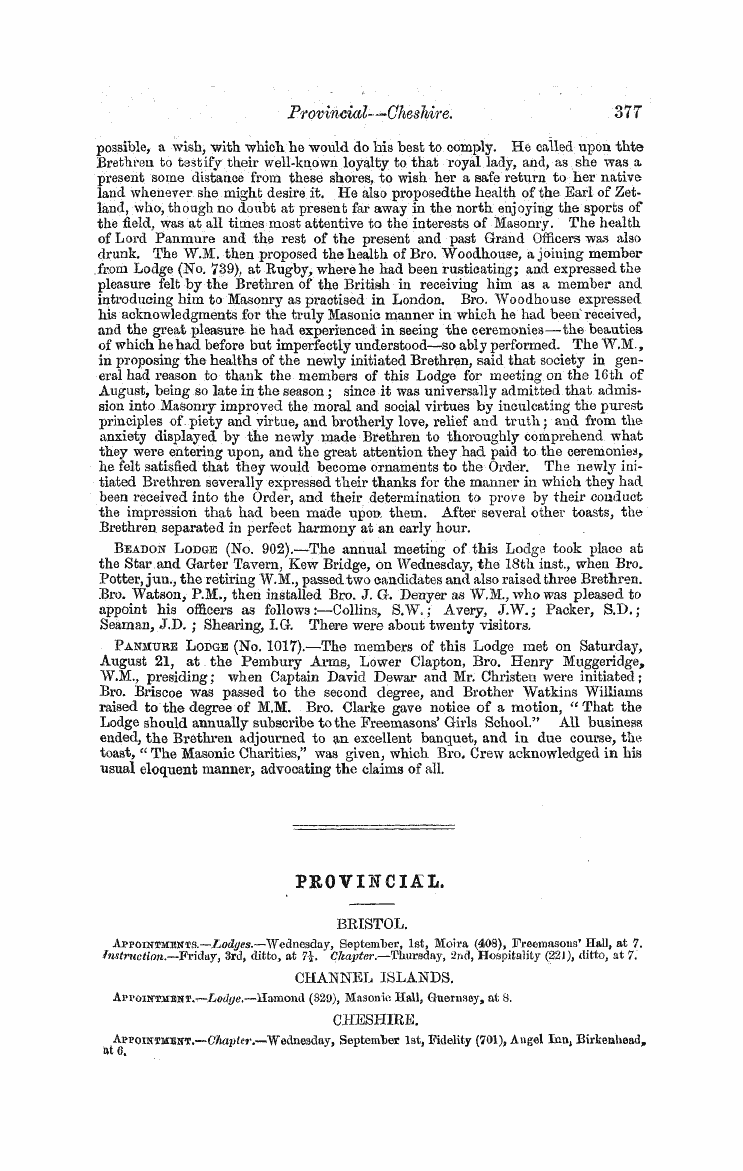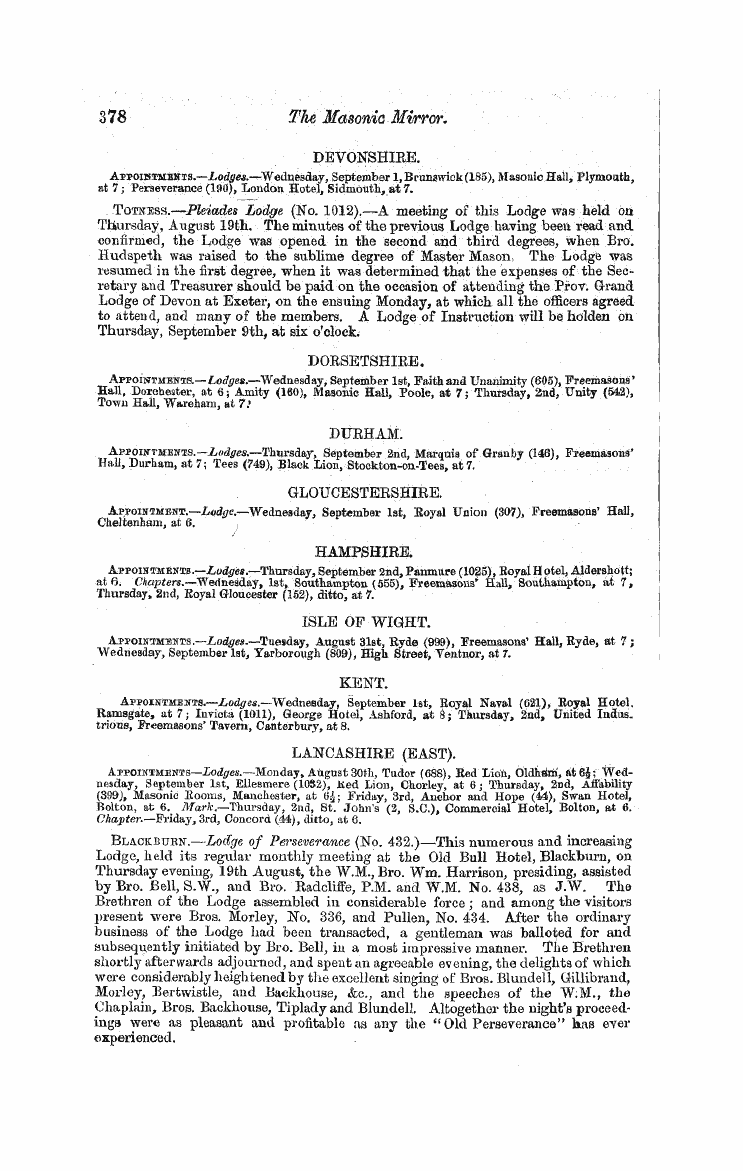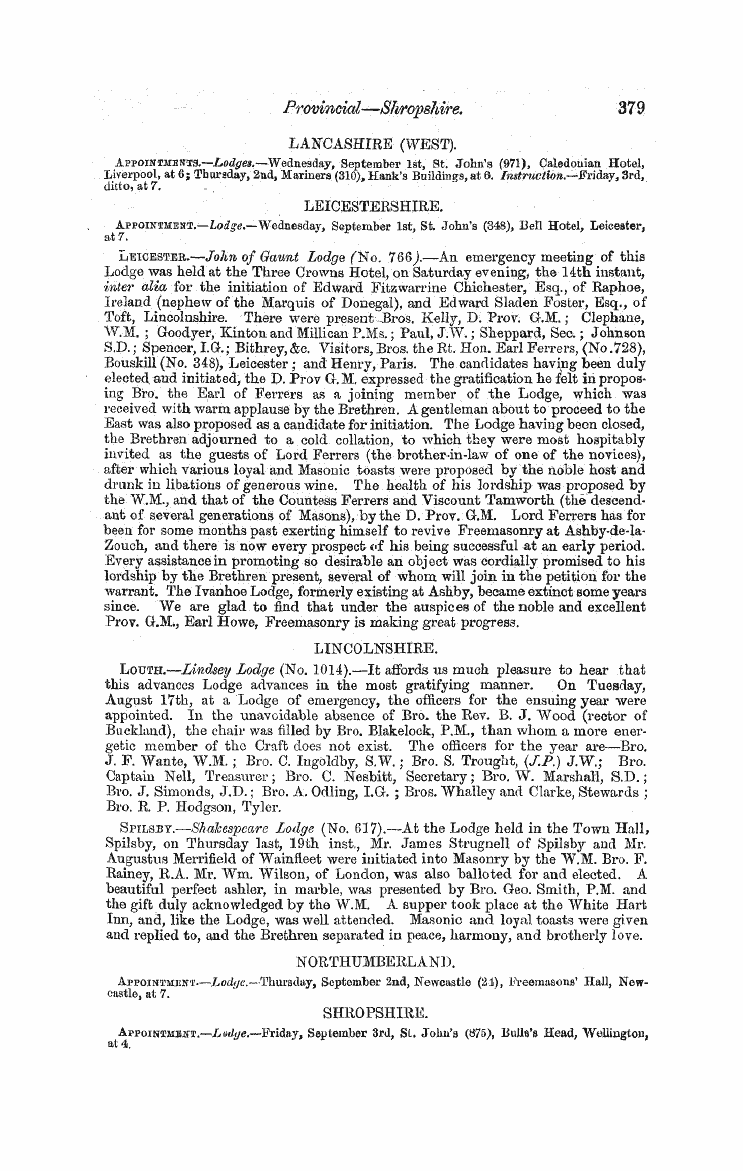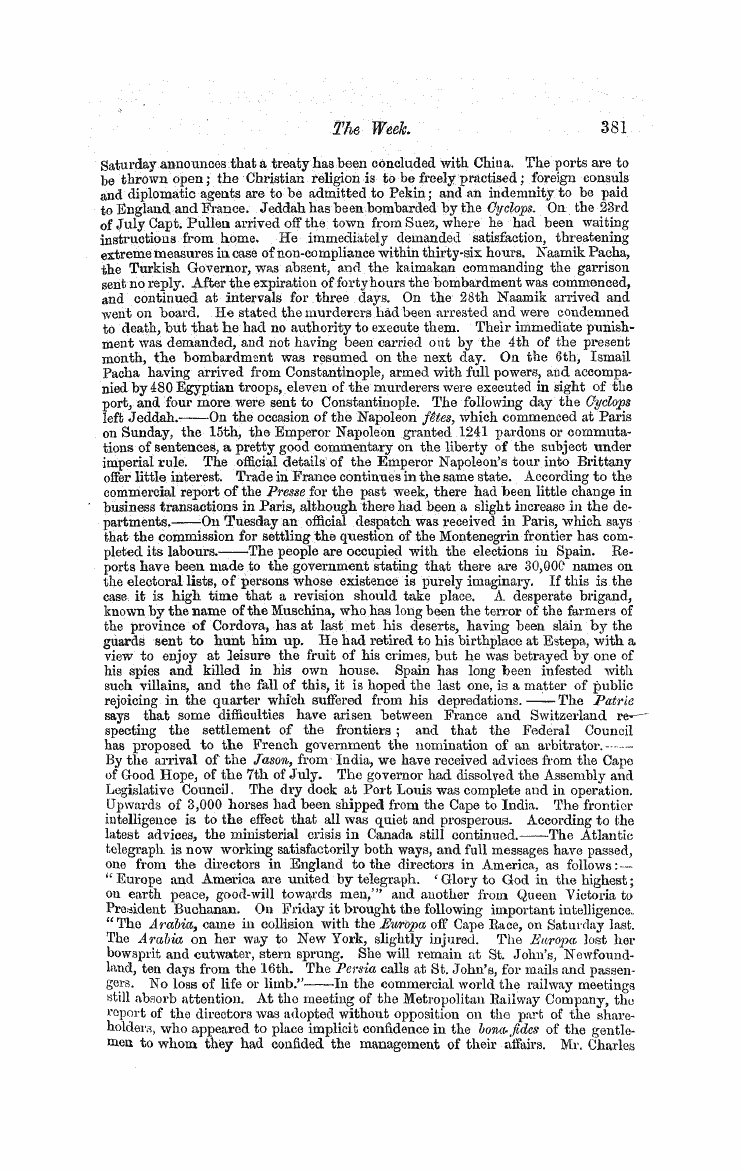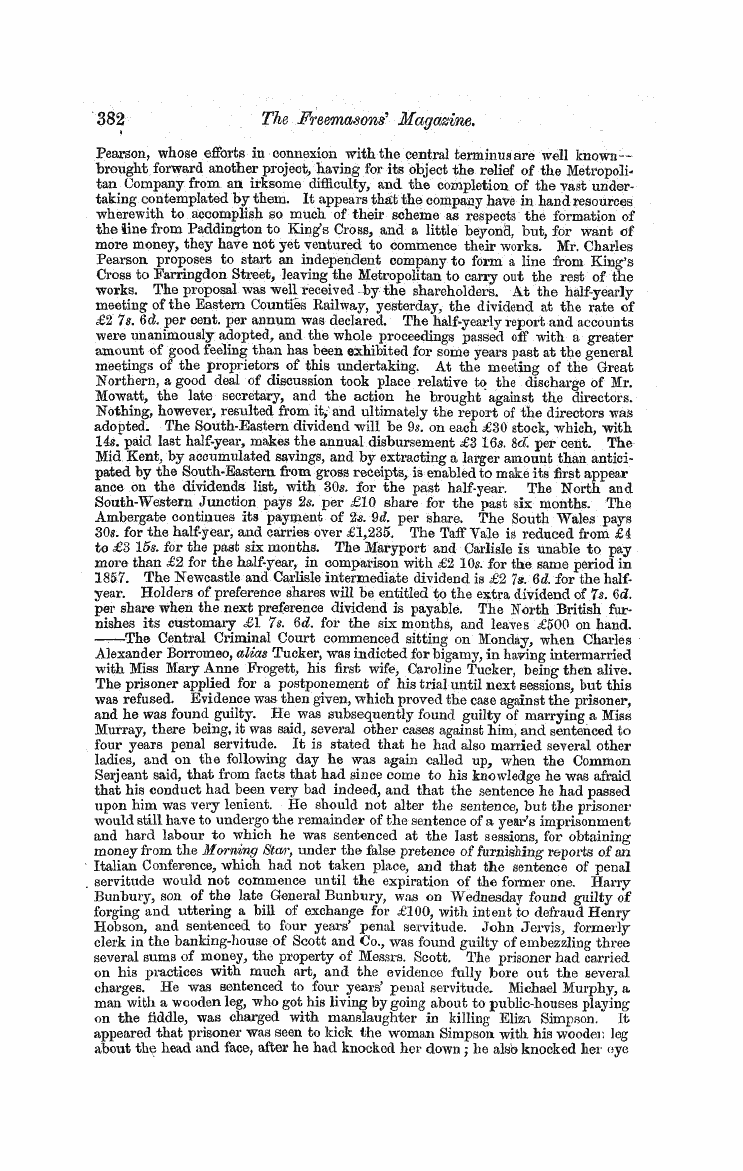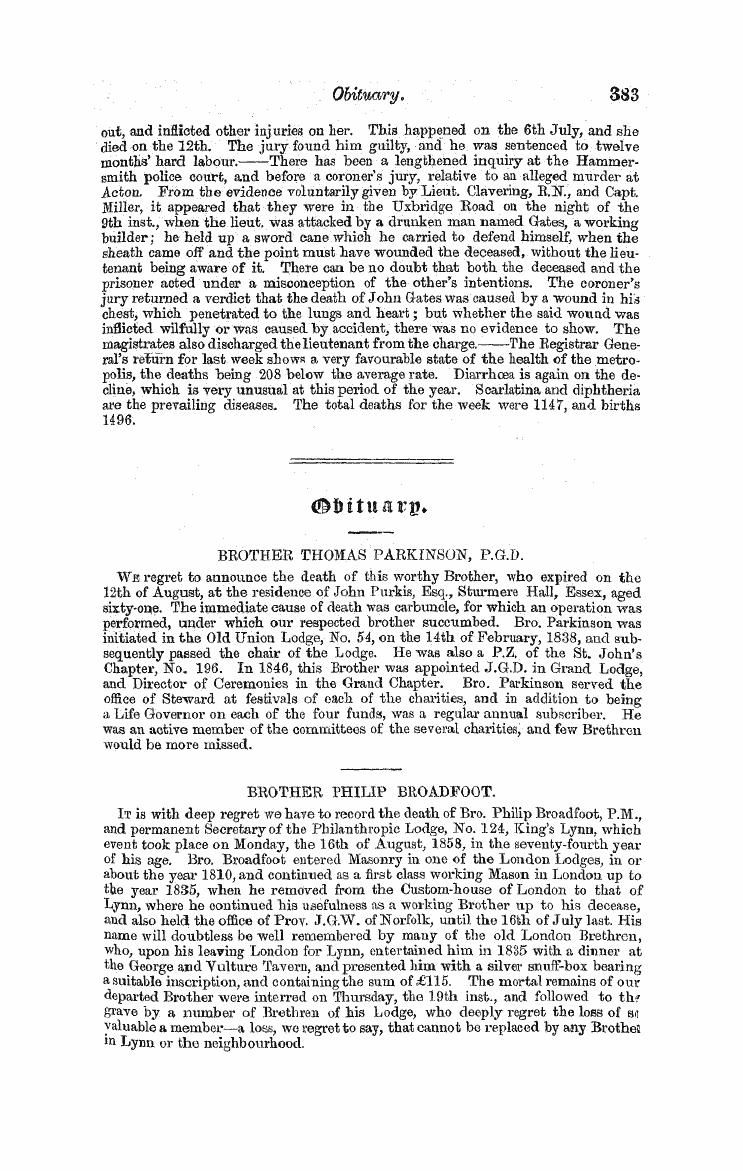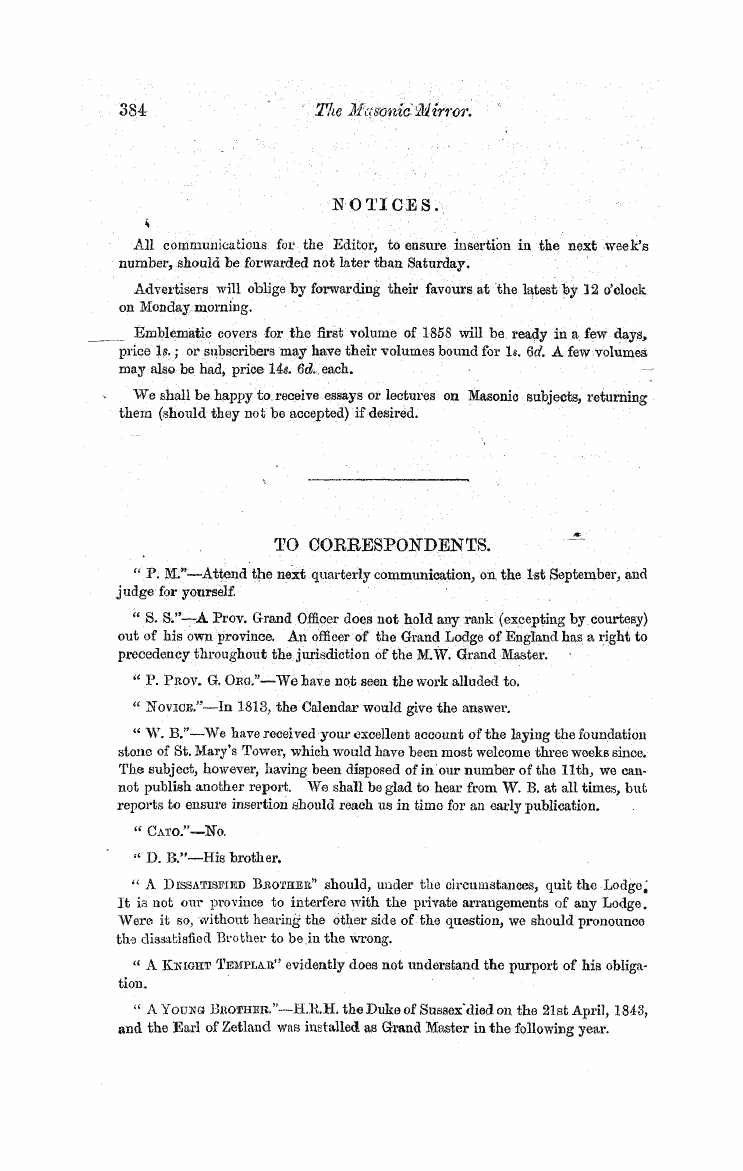-
Articles/Ads
Article THE RITES OP FREEMASONRY. ← Page 9 of 14 →
Note: This text has been automatically extracted via Optical Character Recognition (OCR) software.
The Rites Op Freemasonry.
The second section , or Red Masonry , contains the Scotch Apprentice , and Fellow Craft , and the Scotch Master ; while the third , called Capitular Masonry , embraces the Favourite of St . John , and Elected Brother . The Reformed Rite was an emendation of the " Rite of Strict Observance , " rejecting the connection which the latter rite had with the Knights Templar ; and was established by an assembly of Masons Avho met at Willielmsbad , under Ferdinand Duke of Brunswick , in the year 1782 , assuming in the first instance the title of the " Order of Charitable Knights of the Holy City . " M . de St . Martin ' s system was merged in this ; and Clavel says , the Lodges that had adopted Martinism , adopted the Reformed Rite . Novelties charm the gay and versatile French , and the rite soon spread over the country ; Clavel further states it to be in practice in France and Switzerland . The
rite had what were called five degrees , but as the last had three sections , there were really seven in all : Apprentice ; Fellow Craft ; Master ; Scotch Master ; Charitable Knight of the Holy City ; the three sections of the last were named—Novice , Professed Brother , and Knight .
The Reformed Helvetic Rite was the name given to the preceding rite , when introduced into Poland in 1784 , by Brother Glayre , of Lausanne , ( minister of state to Stanislaus , king of Poland ) , who had been the Provincial Grand Master of this Rite in SAvitzerland . Clavel says , that several alterations were made in the rite , and hence the addition to its name . The Grand Orient of Poland adopted it . The Order of the True Masons , which Avas an offshoot of the " Hermetic Pate" of Pernetti , was formed at Montpelier , in France , in 1778 , by Pernetti ' s pupil , Boileau . This rite had six degrees beyond the three symbolic degrees of ancient Craft Masonry , which Avere essential for admission , but not practised . The degrees were : The True Mason ; the True Mason in the Right Way * Knight ofthe Golden Key ; Knight of the RainboAv ; Knight of the Argonauts ; and Knight of the Golden Fleece .
Acloniramite Masonry was a rite established in France shortly before the revolution . The exact date of its rise , and the name of its founder , Ave are unable to learn . It consisted of twelve degrees , of Avhich , four —the 6 th , 7 th , 8 th and 9 th—are peculiar to this rite ; the others correspond Avith those of the same name in tlie Ancient and Accepted Rite . The degrees—are Entered Apprentice ; FcIIoav Craft ; Master Mason ; Perfect Master ; Elect of Nine ; Elect of Perignan ; Minor Architect or Scotch Apprentice ; Grand Architect or Scotch FcIIoav
Craft ; Scotch Master ; Knight ofthe East ; Rose Croix Knight ; and Prussi an Knigh t . Fesslers Rite . During the panic created by the French Revolution ; Masonry , as Avell as most other beneficent institutions declined , and the Lodges avctc generally closed , and only met occasionally under circumstances of great difficulty ; but so soon as order was restored and Masonry began to revive , Professor Fessler , Grand Master of the
Note: This text has been automatically extracted via Optical Character Recognition (OCR) software.
The Rites Op Freemasonry.
The second section , or Red Masonry , contains the Scotch Apprentice , and Fellow Craft , and the Scotch Master ; while the third , called Capitular Masonry , embraces the Favourite of St . John , and Elected Brother . The Reformed Rite was an emendation of the " Rite of Strict Observance , " rejecting the connection which the latter rite had with the Knights Templar ; and was established by an assembly of Masons Avho met at Willielmsbad , under Ferdinand Duke of Brunswick , in the year 1782 , assuming in the first instance the title of the " Order of Charitable Knights of the Holy City . " M . de St . Martin ' s system was merged in this ; and Clavel says , the Lodges that had adopted Martinism , adopted the Reformed Rite . Novelties charm the gay and versatile French , and the rite soon spread over the country ; Clavel further states it to be in practice in France and Switzerland . The
rite had what were called five degrees , but as the last had three sections , there were really seven in all : Apprentice ; Fellow Craft ; Master ; Scotch Master ; Charitable Knight of the Holy City ; the three sections of the last were named—Novice , Professed Brother , and Knight .
The Reformed Helvetic Rite was the name given to the preceding rite , when introduced into Poland in 1784 , by Brother Glayre , of Lausanne , ( minister of state to Stanislaus , king of Poland ) , who had been the Provincial Grand Master of this Rite in SAvitzerland . Clavel says , that several alterations were made in the rite , and hence the addition to its name . The Grand Orient of Poland adopted it . The Order of the True Masons , which Avas an offshoot of the " Hermetic Pate" of Pernetti , was formed at Montpelier , in France , in 1778 , by Pernetti ' s pupil , Boileau . This rite had six degrees beyond the three symbolic degrees of ancient Craft Masonry , which Avere essential for admission , but not practised . The degrees were : The True Mason ; the True Mason in the Right Way * Knight ofthe Golden Key ; Knight of the RainboAv ; Knight of the Argonauts ; and Knight of the Golden Fleece .
Acloniramite Masonry was a rite established in France shortly before the revolution . The exact date of its rise , and the name of its founder , Ave are unable to learn . It consisted of twelve degrees , of Avhich , four —the 6 th , 7 th , 8 th and 9 th—are peculiar to this rite ; the others correspond Avith those of the same name in tlie Ancient and Accepted Rite . The degrees—are Entered Apprentice ; FcIIoav Craft ; Master Mason ; Perfect Master ; Elect of Nine ; Elect of Perignan ; Minor Architect or Scotch Apprentice ; Grand Architect or Scotch FcIIoav
Craft ; Scotch Master ; Knight ofthe East ; Rose Croix Knight ; and Prussi an Knigh t . Fesslers Rite . During the panic created by the French Revolution ; Masonry , as Avell as most other beneficent institutions declined , and the Lodges avctc generally closed , and only met occasionally under circumstances of great difficulty ; but so soon as order was restored and Masonry began to revive , Professor Fessler , Grand Master of the































































